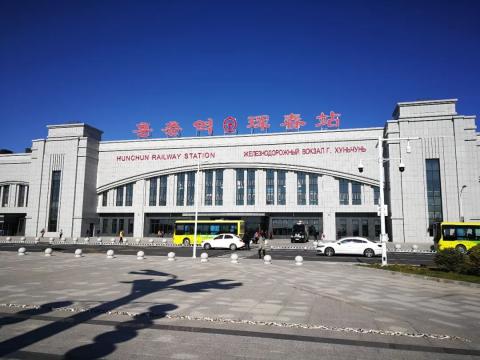
Today’s goal is Vladivostok, Russia. To travel to Vladivostok, you can currently depart from Jilin in the Northeast. The departure point is Hunchun or Changchun (you can also take a train to Hunchun from Changchun), or you can depart from Heilongjiang. Of course I chose to leave the country from Jilin! You can apply for it by submitting your passport through the travel agency in advance. The price is not expensive, but each person must choose a team lunch and seafood dinner (500 yuan). The time can be three or four days. We chose a four-day group. .
Park the car in front of the hotel in the morning and walk with your luggage to the meeting point for this departure, Hunchun High-speed Railway Station.
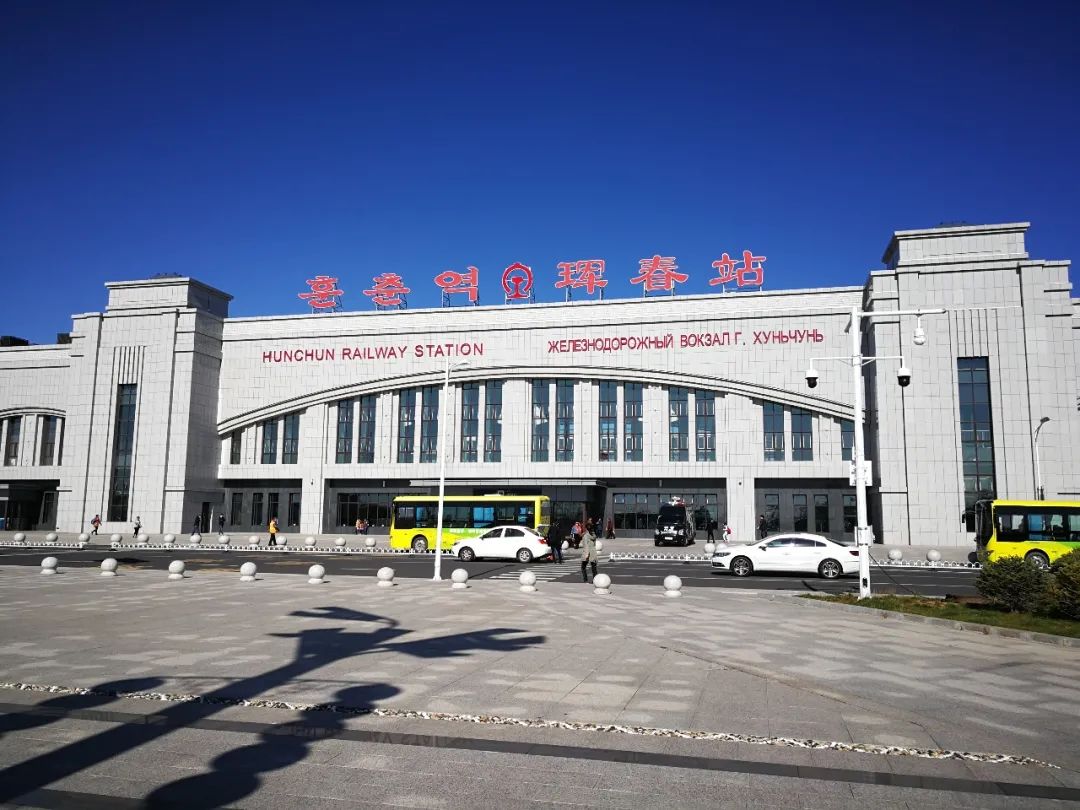
Yanbian Korean Autonomous Prefecture is bilingual.
Although we did not take the high-speed rail, the meeting point was in the waiting room, and we still had to go through the security check when entering. Naturally, the fruit knife in my wife’s luggage was discovered. Since we were driving all the way, we naturally did not pay attention to this matter. We couldn’t explain it despite repeated explanations, so we had to Leave the fruit knife to the railway police for safekeeping. This is an episode of the journey.
Everyone arrived around 8:30, and the bus was full. There were so many people crossing the border today, and dozens of cars were lined up at the station square. The tour guide was a woman, and she started to do preliminary ideological work as soon as the vehicle started. The main idea was not to have too high expectations when going to Vladivostok, because Russians do not welcome Chinese people to travel (I think firstly, their economic acumen is too poor, Another reason is that they are more afraid of the Chinese taking root there). This kind of tourism is something we "force" to go, not "by invitation". Even the transit port hall was built by China for them. .


We depart from Hunchun Port.
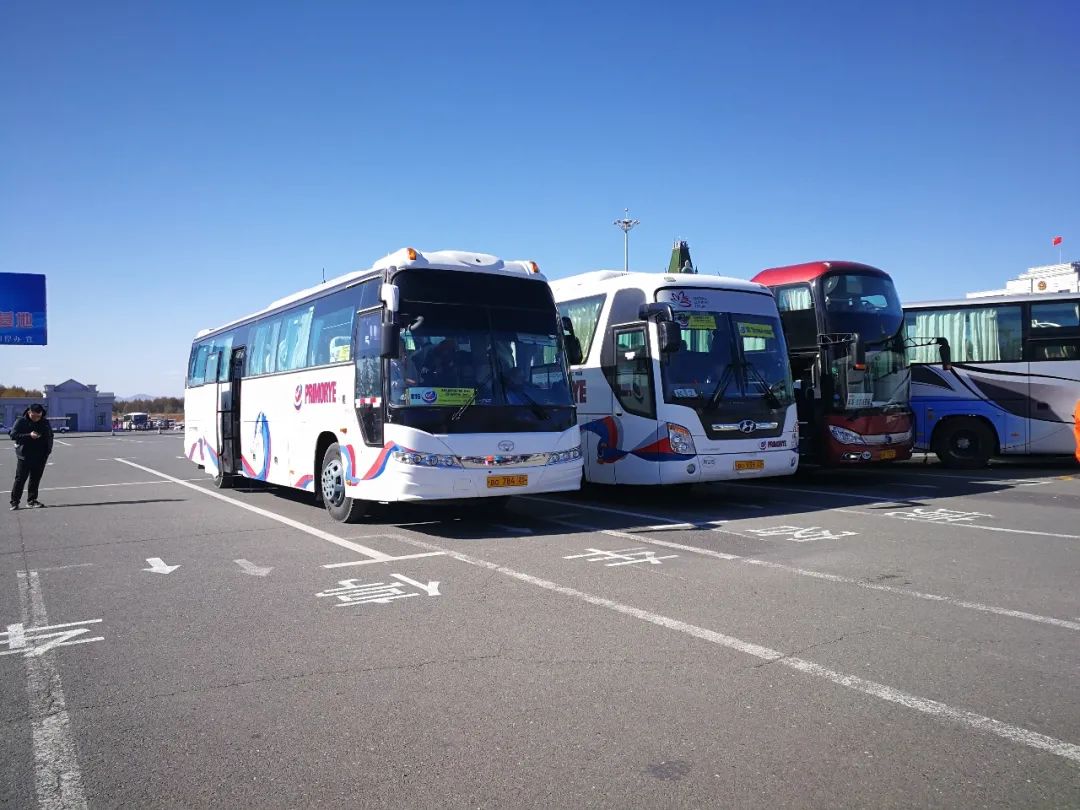
People and cars are separated and pass through the border separately.
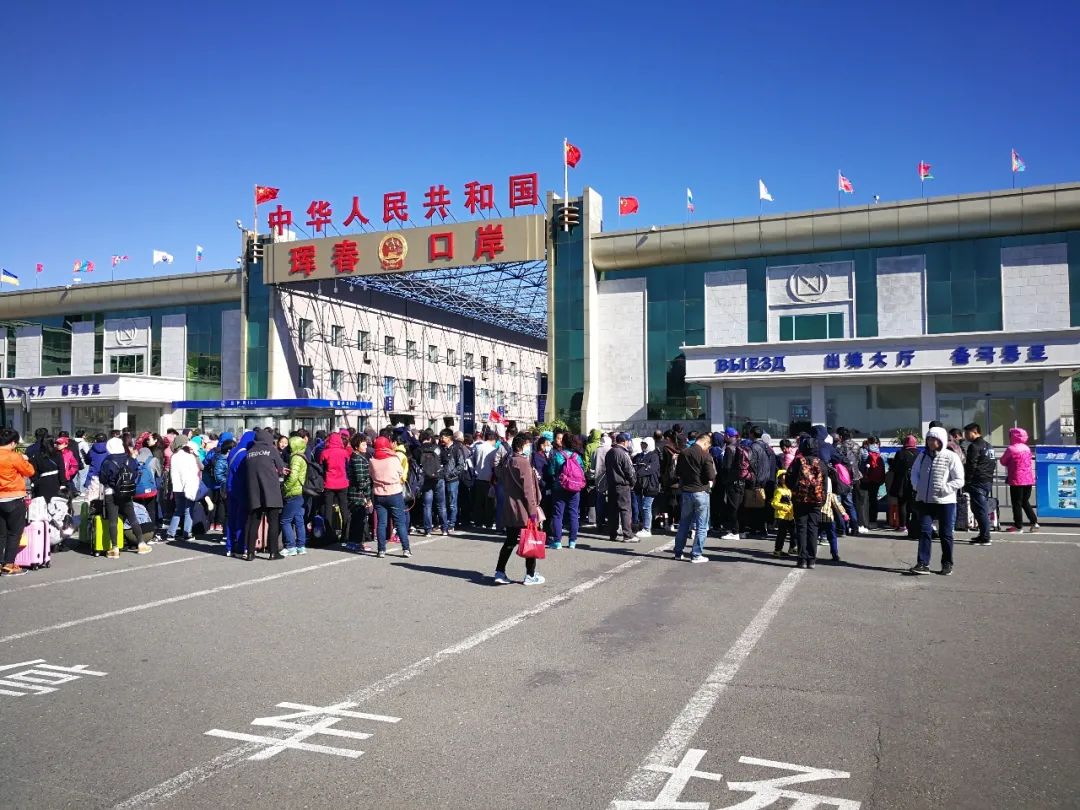
There were huge crowds of people. It was also very crowded in the port hall, and the order was not very good. A border guard armed police officer was doing ideological work there. In fact, he was talking about history, how Vladivostok was lost, and how if the Chinese had the ability, they would find a way to recover the lost ones. After taking the land back, fighting with yourself in the Chinese place is not your skill! ! !
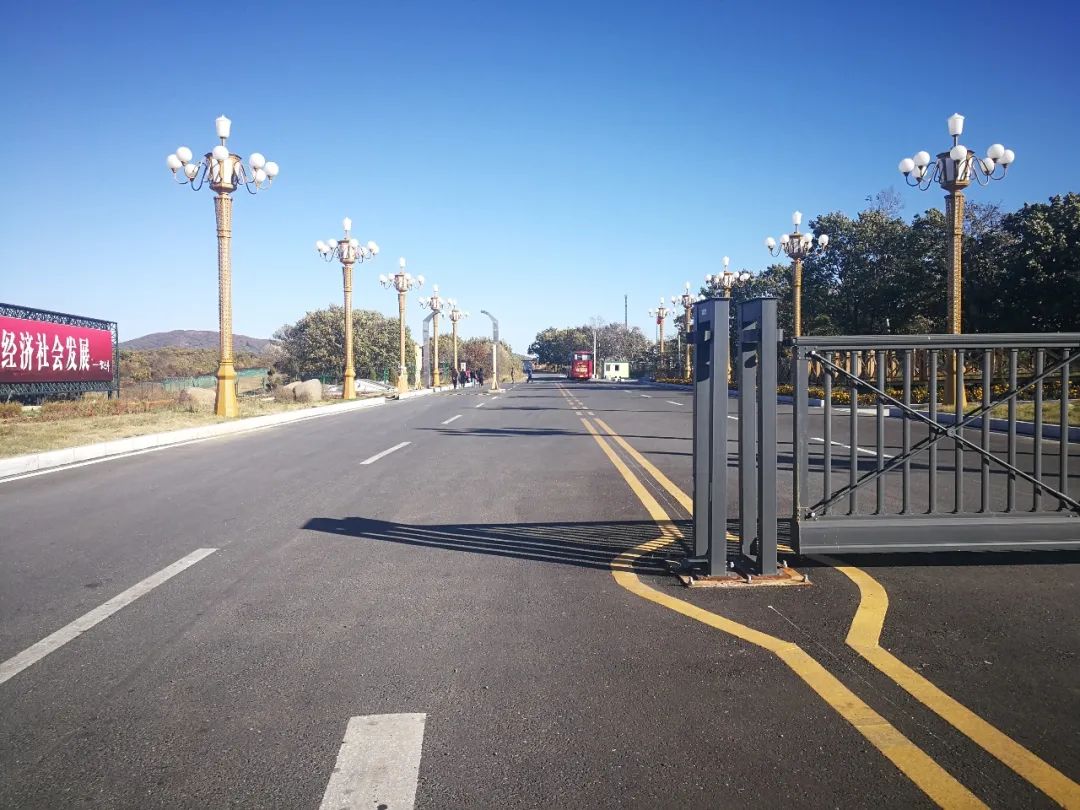
After passing the Chinese port, there is a middle area, and the opposite side is Russian territory.

Looking back at the Chinese port.
Although there was a bit of controversy when crossing the Chinese port, the efficiency was pretty good compared to later ones. We arrived at the port at 9 o'clock and passed the Chinese part before 11 o'clock, and then there was a long wait in the middle area! It didn't pass until after 7pm. As expected, the Russians have no concept of tourism, service or concept at all. The purpose of planning the first day of the four-day trip is to clear customs on the road. It is conceivable that the day of return will also be on the road!
No one dared to take pictures during the passage. The tour guide repeatedly emphasized discipline. If one person violates the entire group's itinerary, he or she will be affected.
After clearing customs, the bus drove towards Vladivostok. Judging from the map, of course the Russian ancestors had a really strong sense of territoriality. Originally, the land in the Northeast was the Sea of Japan to the east, but the coastal area is currently Russian territory, enveloping China's land inland. We have felt that since childhood Northeast is an inland province (not counting Liaoning) and is an isolated corner. In fact, Northeast is very close to the ocean, but it is a pity that it is not our land!
The car kept driving north on the land surrounding the Chinese territory. Their roads were not very good, and the car could not go very fast.

Exchange some rubles with the tour guide in the car.

It was almost midnight before we arrived at a small town in the middle. The original plan was to have dinner here and change the Russian vehicle. Due to the extremely low customs clearance efficiency, dinner was changed to a night meal. Even though the boss is Russian, it’s still Chinese food, which is similar to the group meal on our tour.

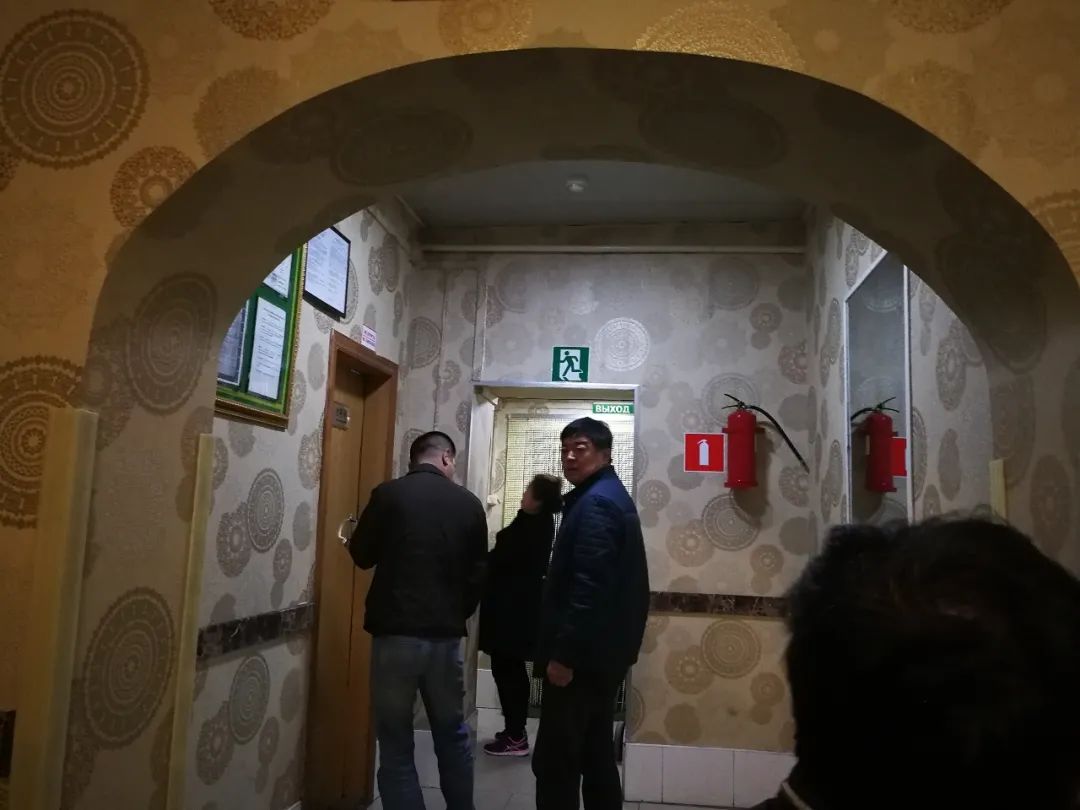
Restaurant
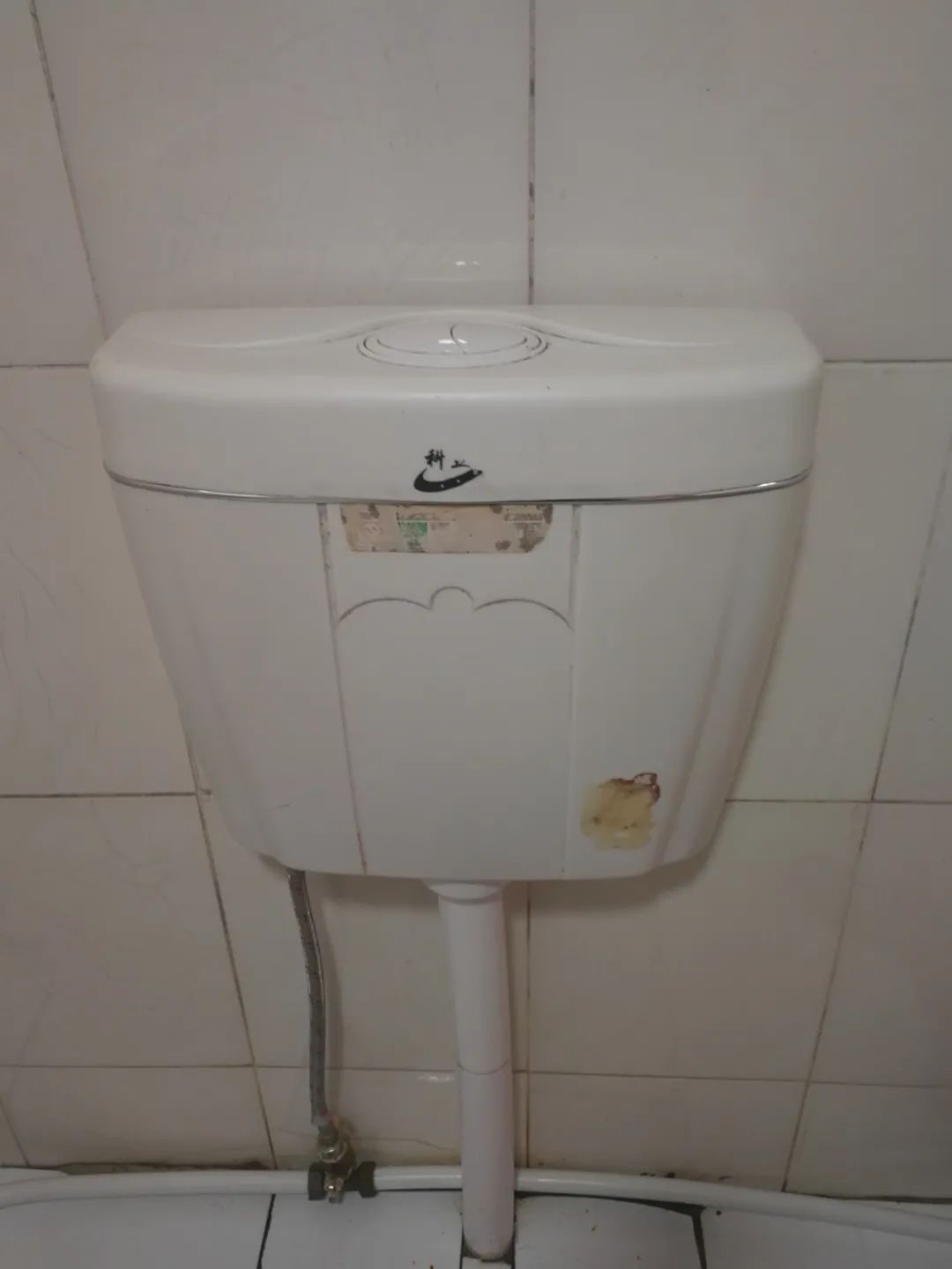
This stuff looks like it was imported from China.
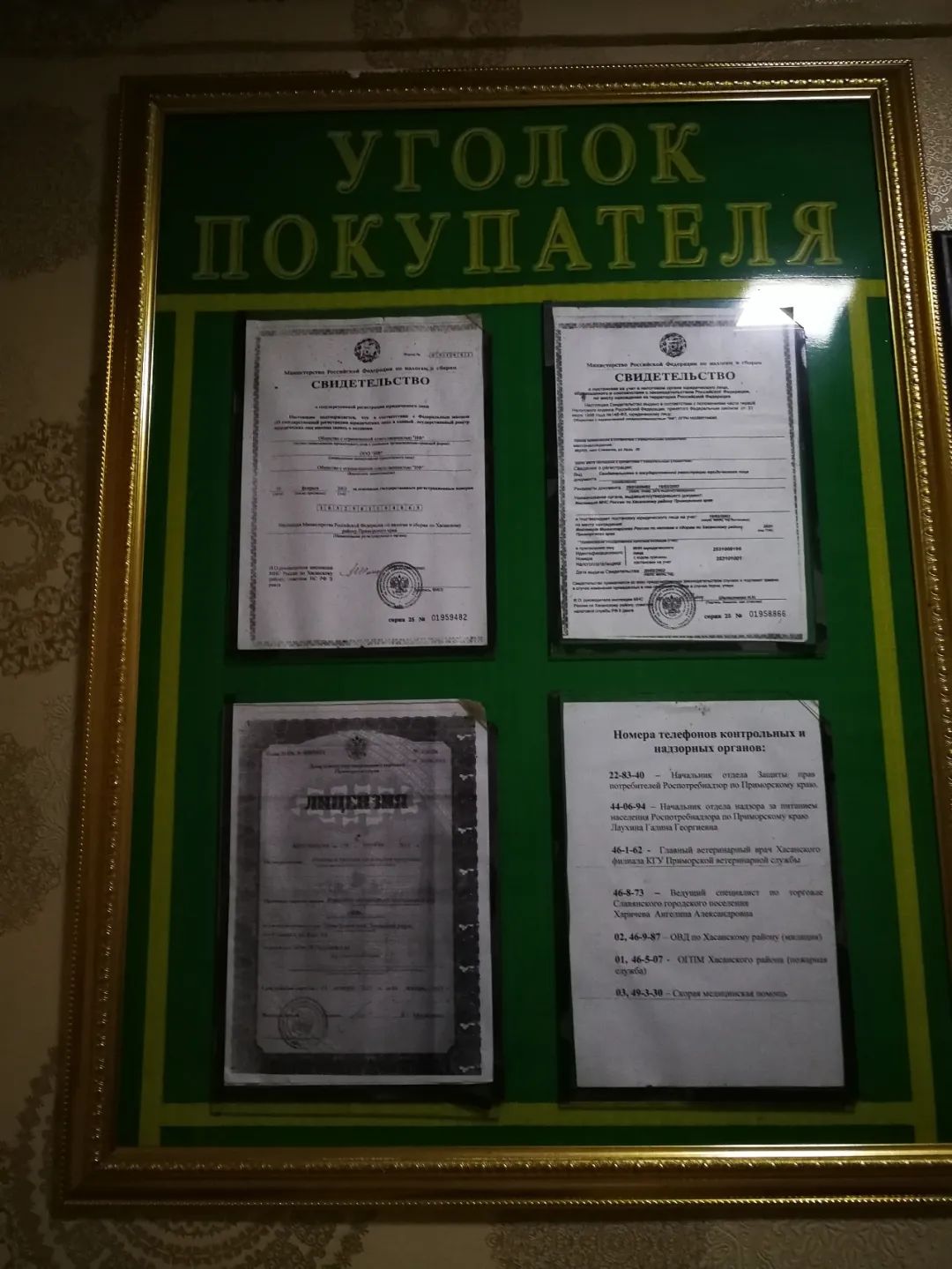
I don’t know, it’s probably a business license or something like that!

Recognize the word "Chinese food" above.

Walk outside the hotel.
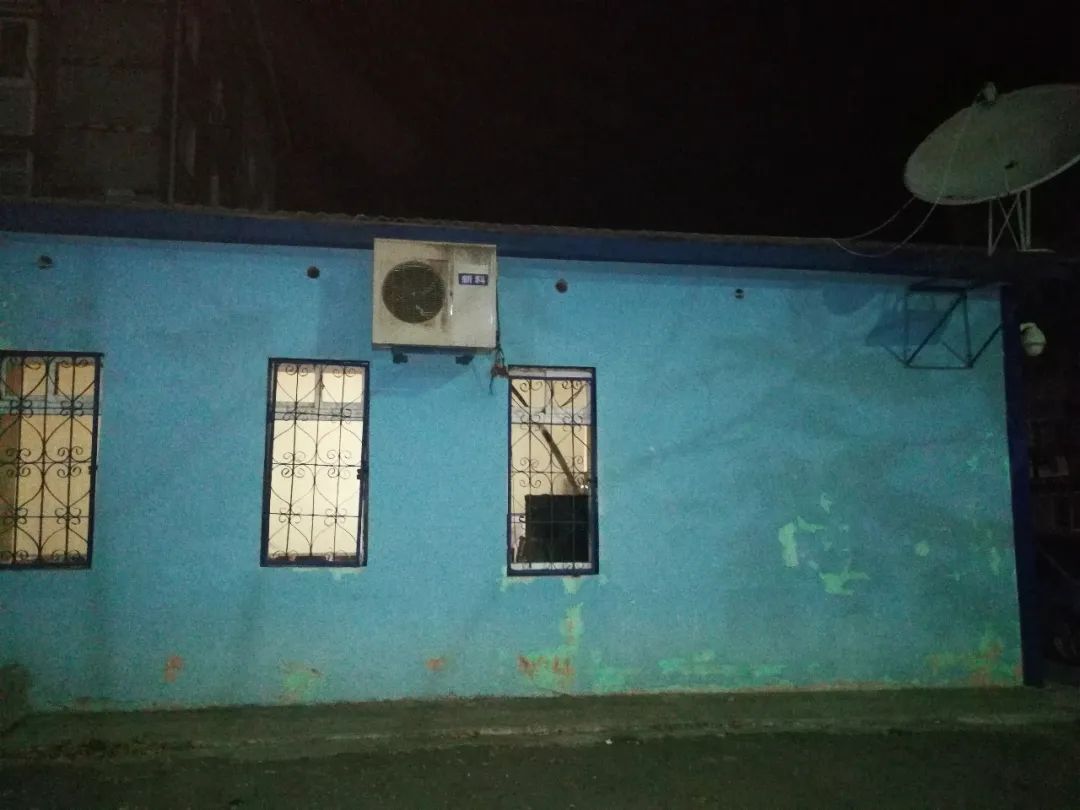
New air conditioner.

This place feels quite shabby, like it was renovated from a warehouse in a residential area.

There are residences next to it, an old-fashioned building with six floors like ours. I walked into the door of a unit and took a look. It looked familiar. In fact, our old-fashioned buildings were modeled after others.
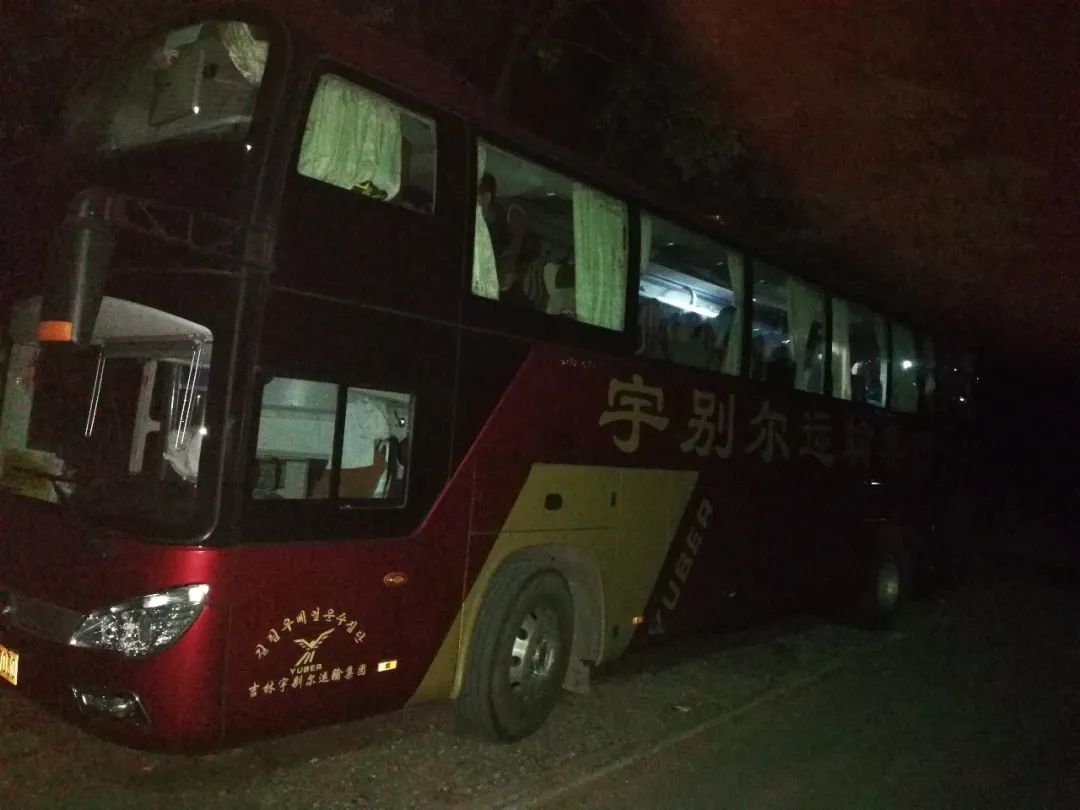
After dinner, we continued on. Because there were too many tourists today, the Russian vehicles could no longer be allocated. We continued to take the original vehicle to Vladivostok.
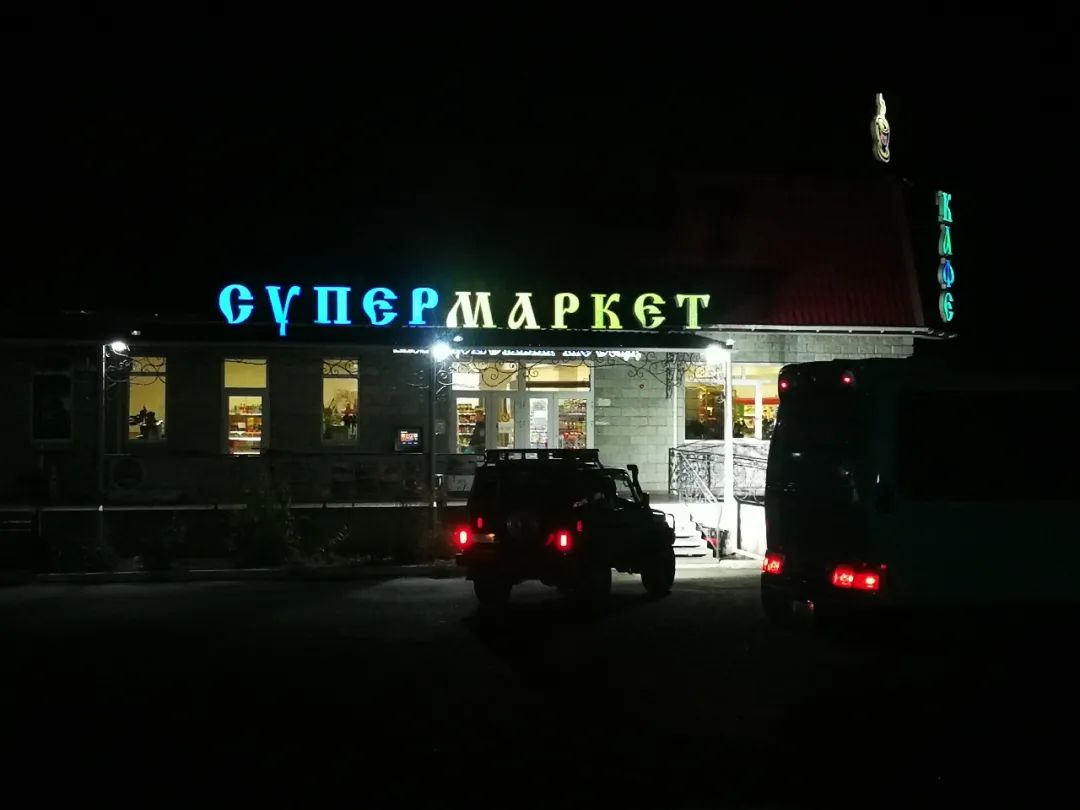
I recognize this letter, it must be a supermarket.
It was already three o'clock in the morning when we arrived in Vladivostok. After being assigned a room, we immediately took the time to sleep. I also had a second incident. My suitcase was not found in the luggage compartment of the bus. I thought someone had taken it by mistake. But when I arrived at the hotel and asked everyone, no one made a mistake. At this time, someone reminded me that there was a corner in the luggage compartment that could not be seen. When I went back, the bus had already left and returned to the place where I had dinner. After constant contact with the tour guide, I could only continue the trip. Fortunately, my camera and everything else were in my backpack, and each of my wife and I brought a set of charging equipment, so it barely affected the trip.
The hotel room is not big, about the same as a domestic two-star hotel. The main reason is that the beds are very small.

Get up in the morning and go out to see exotic lands and buildings. This is the front door of the hotel, which looks like it was converted into an apartment building.

This guarantee is imported from Japan.
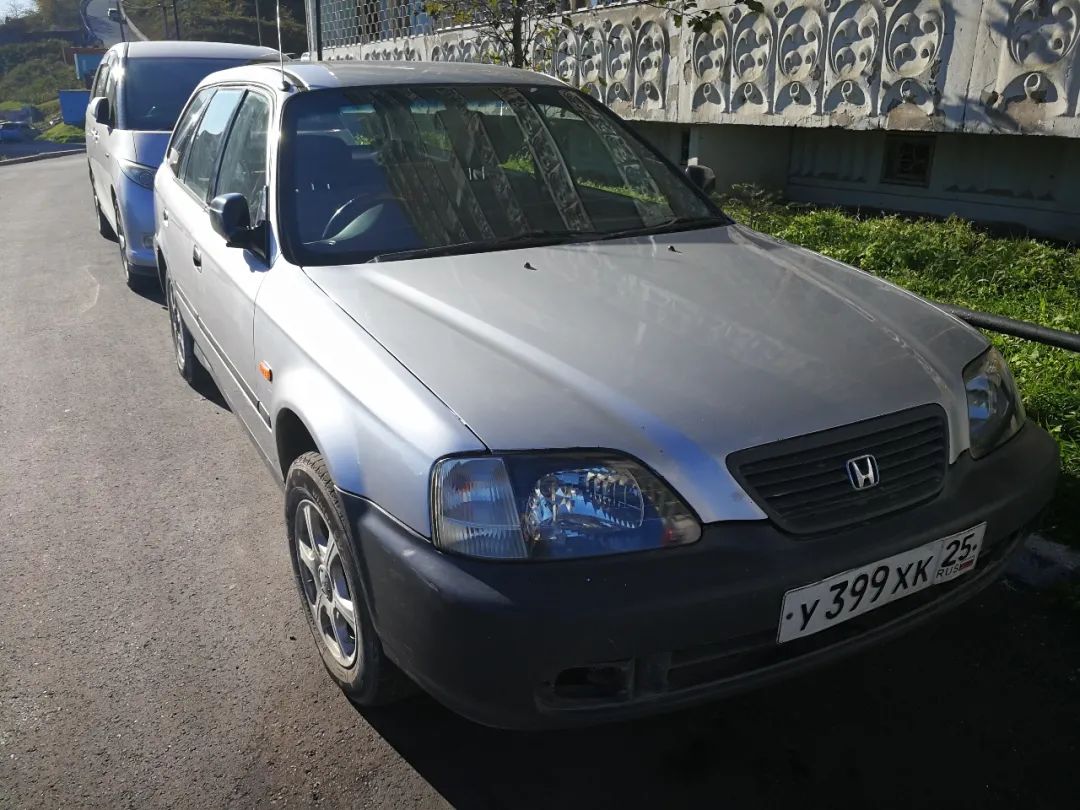
This is also a Japanese car, both right-hand drive.
There are no domestically produced Russian cars here. Almost all vehicles are imported. Due to the distance, there are naturally many Japanese cars and the tariffs are extremely low, so the vehicles are very cheap. In addition, many Japanese cars are second-hand cars, which makes them even cheaper. Vladivostok has a population of more than 600,000, and there are more than 1 million vehicles. They can drive on the road regardless of whether they are left or right-hand drive. They drive on the right side like us.
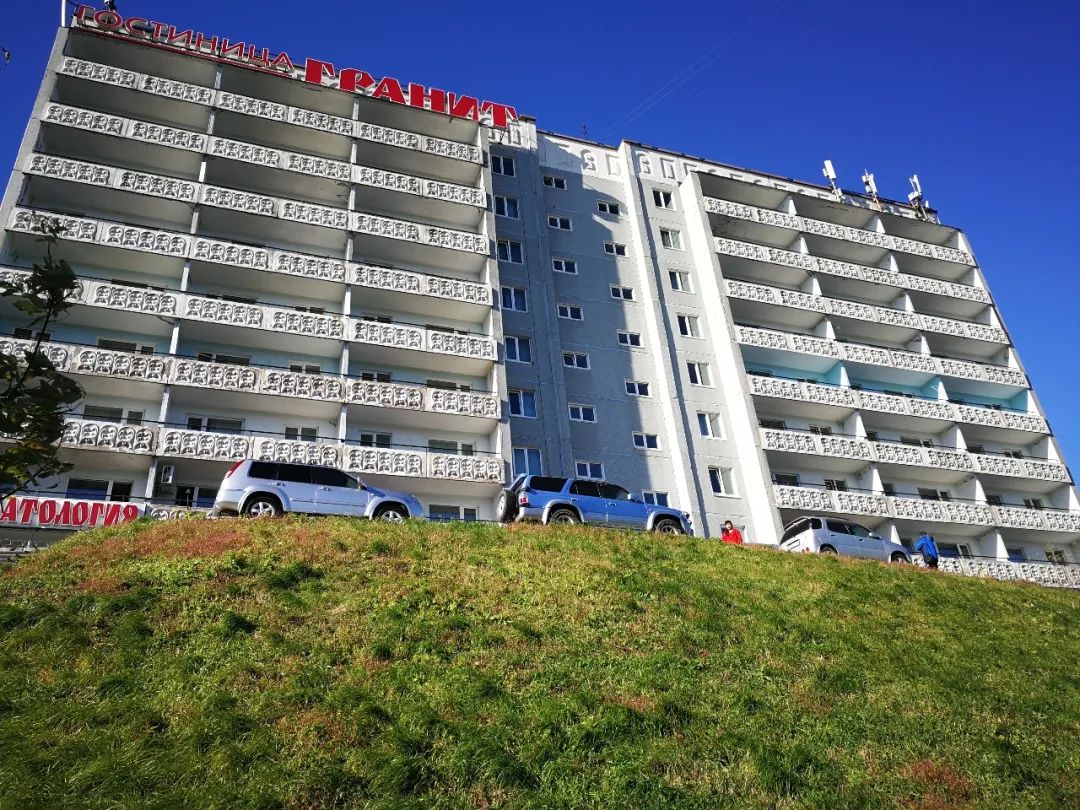
The hotel is built on a small slope, this is the whole view.
This time we finally switched to a Russian bus, and a beautiful blonde tour guide named Anna came on board. She spoke Chinese very well. The words of the tour guide at the beginning are very uncomfortable. Vladivostok is called Vladivostok in Russian (Russian: Владивосток, English: Vladivostok), in Russian it means “Rule the East". I know this, but there’s no need to reiterate it in front of all the Chinese people in the car!
Vladivostok is located in the northeastern part of the Eurasian continent, at the southernmost tip of the Amur Peninsula. It was a Chinese territory during the Qing Dynasty and belonged to the Jilin General. The Sino-Russian Treaty of Beijing on November 14, 1860 ceded the area east of the Ussuri River, including Vladivostok, to the Russian Empire, which named it Vladivostok. The 1991 "Agreement between the People's Republic of China and the Union of Soviet Socialist Republics on the Eastern Sector of the Sino-Soviet Boundary" (May 16, 1991) clarified and determined the direction of the eastern segment of the Sino-Soviet national boundary in the agreed area, and formally recognized the agreement. Ladivostok was Soviet territory.
Now that we’ve said all the troublesome things, let’s travel! The bus first went to a high place to see the whole city.
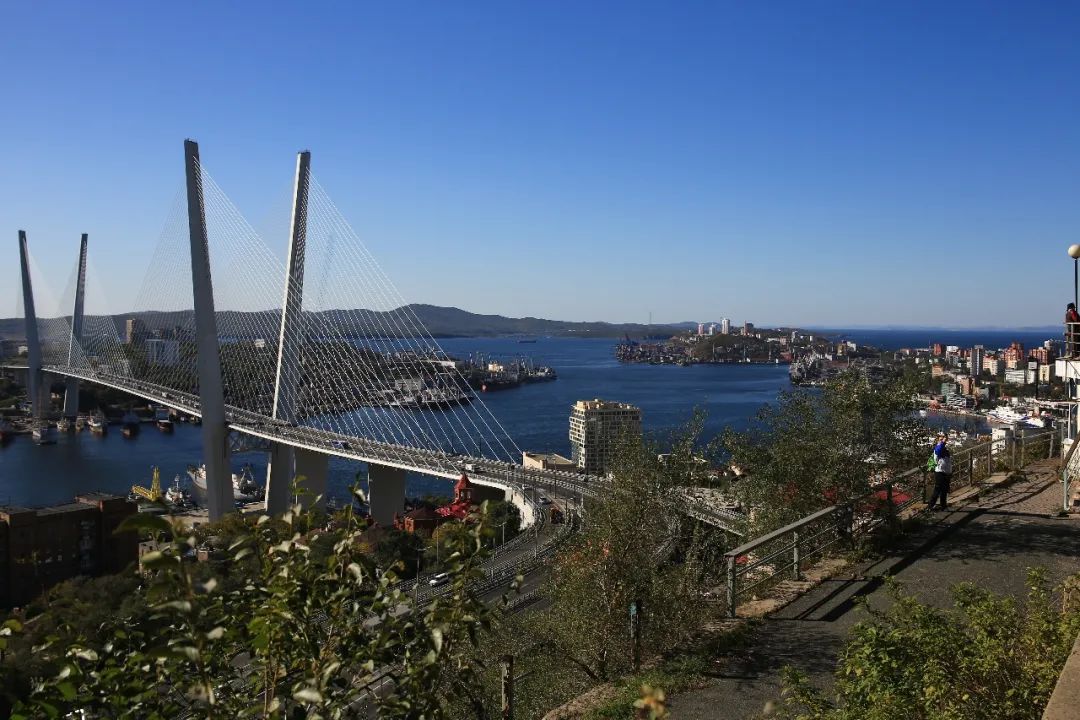
The main city of Vladivostok is built on the tip of the peninsula, with the Golden Horn Bay in front and the Great Russky Island across the bay, which is a natural harbor.
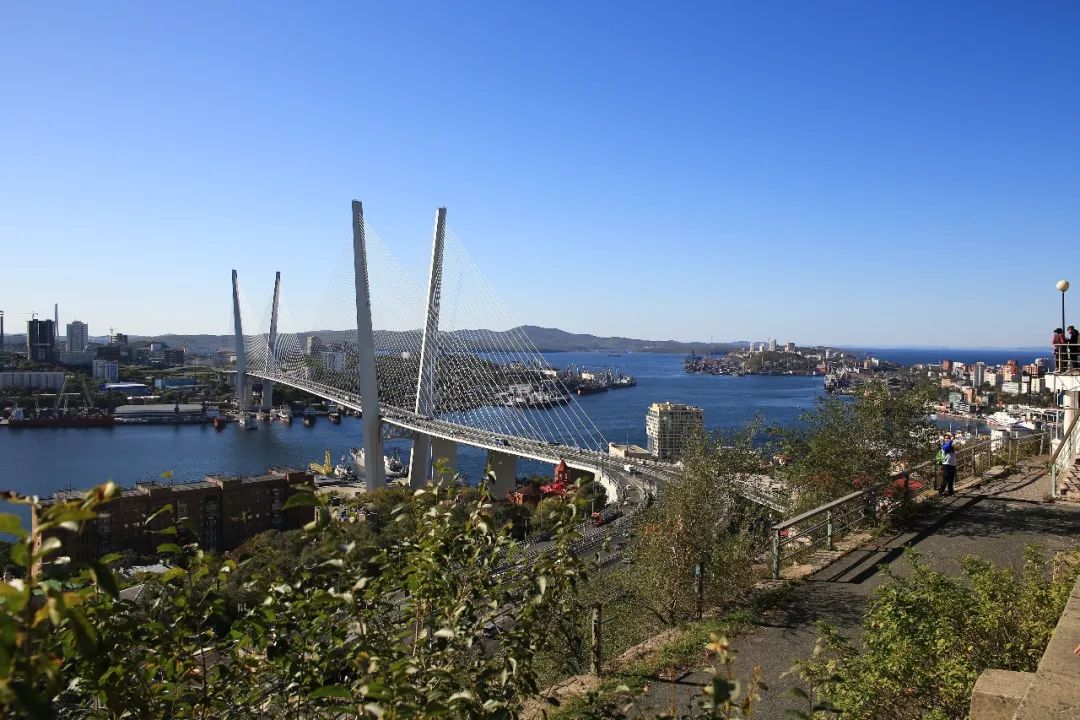
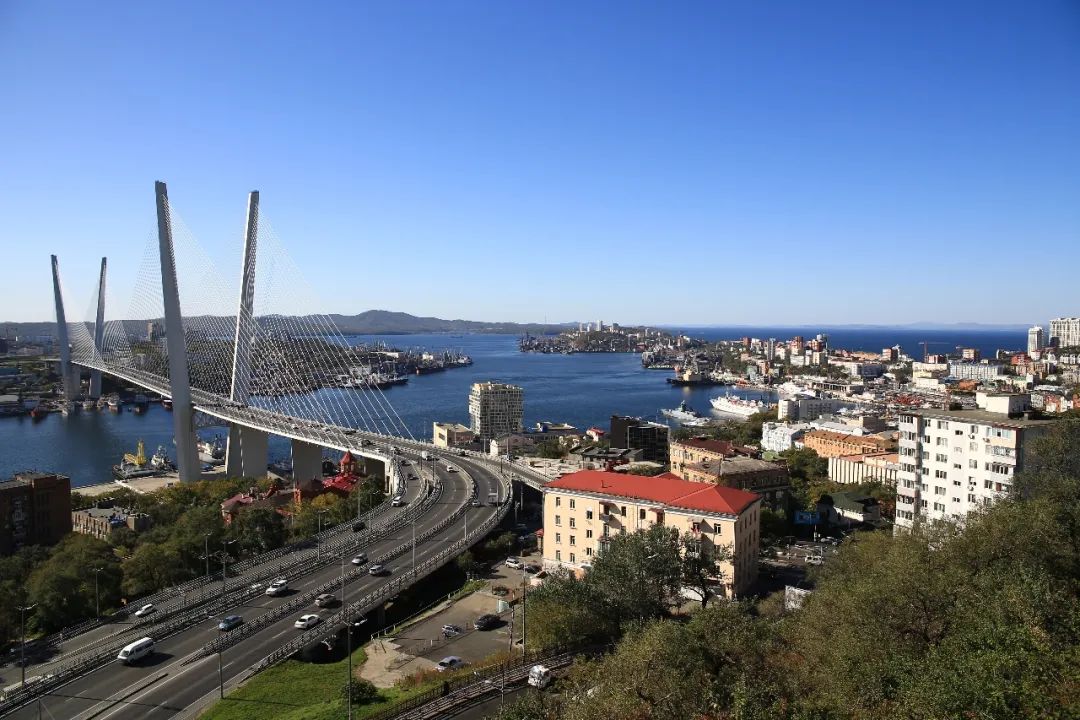
This cross-sea bridge connects the peninsula and Great Russian Island.
Construction of the Russky Island Bridge began in September 2008. The federal budget investment in construction funds reached 33.9 billion rubles (approximately 1.1 billion U.S. dollars). The Russky Island Bridge connects the mainland part of the Russian Far East city of Vladivostok with the Russky Island, ensuring smooth traffic all year round. The bridge opened on the occasion of the 152nd anniversary of the founding of Vladivostok and was completed in time for the 2012 Asia-Pacific Economic Cooperation summit.
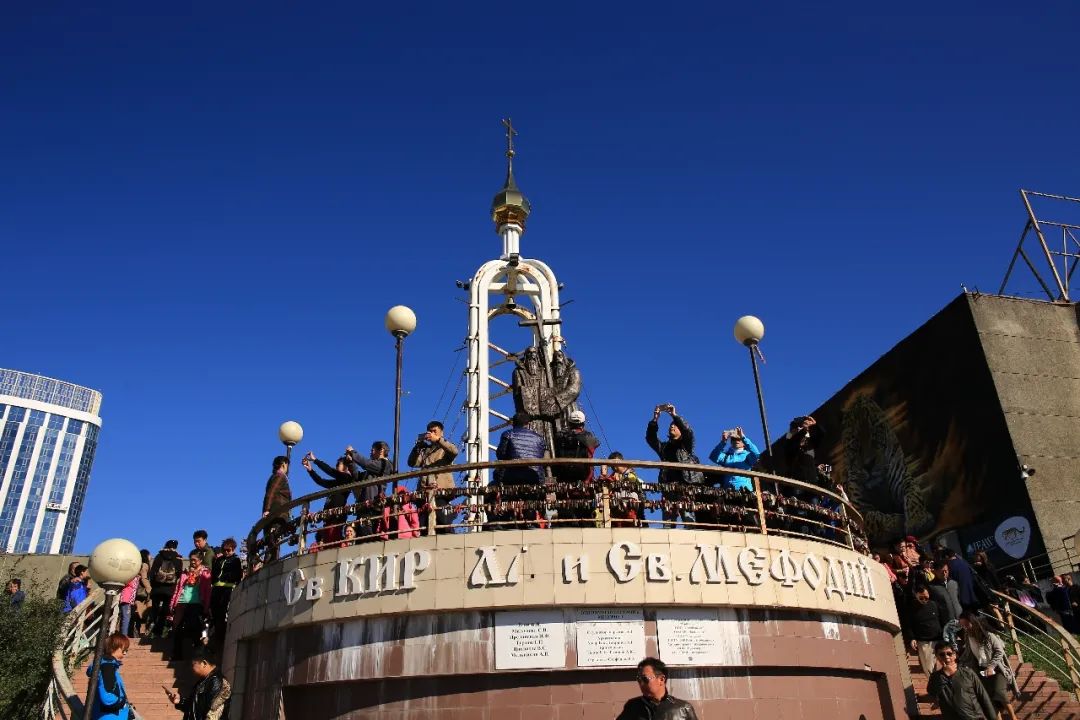

Observation deck.

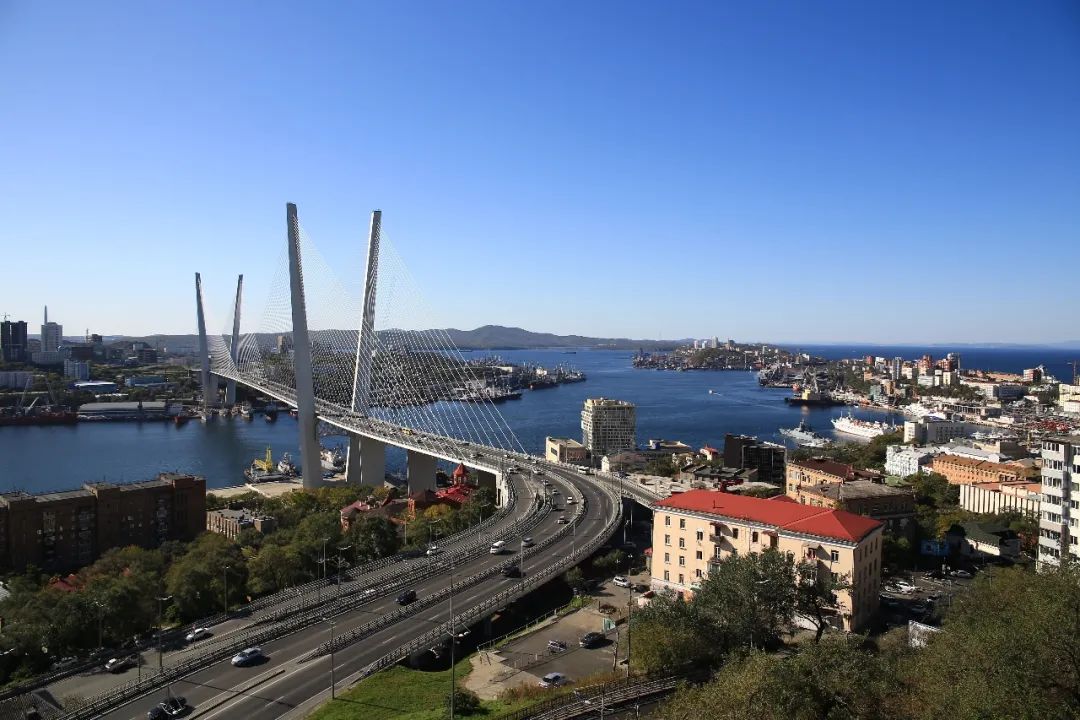
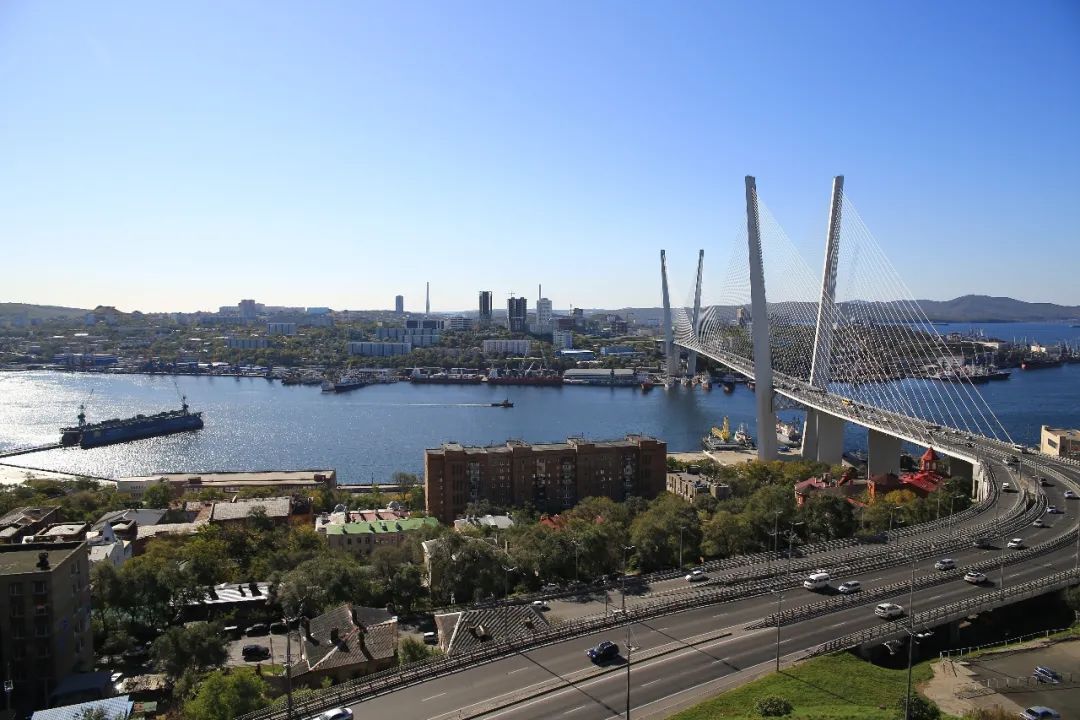
Then we took pictures of the bridge and the city. There was a young man next to us who asked us enthusiastically if we wanted him to help take pictures. I told people "No, thanks" with the caution that Chinese people are accustomed to. I don't know who did it more correctly, but the tour guide. The uncomfortable feeling about ruling the East has somewhat faded away.
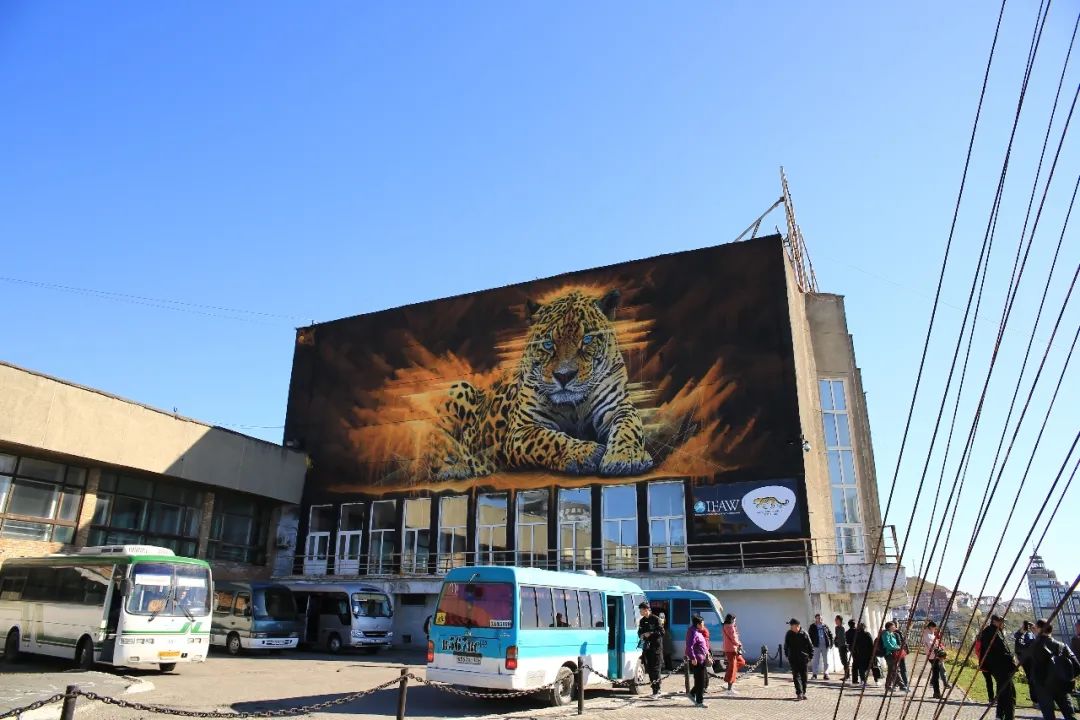

This tiger is the work of an American artist. I feel that this place is quite foreign-oriented.

Near the observation deck.

Our tour bus parked near this square.
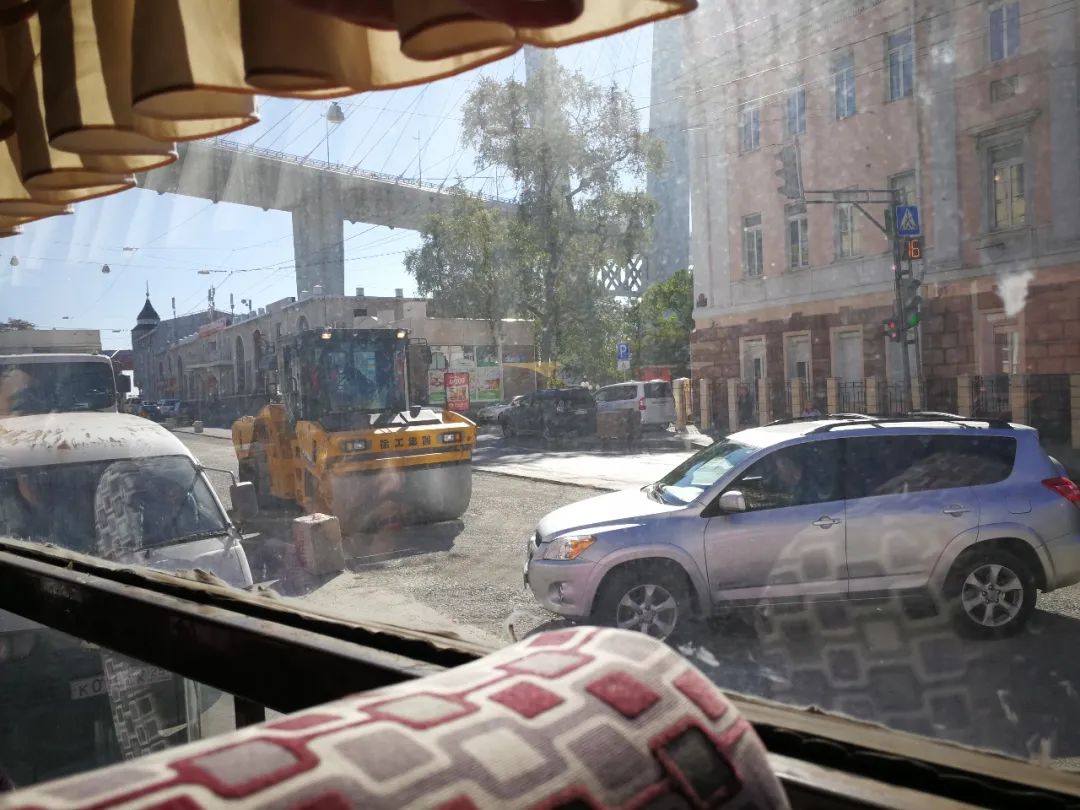
Getting on the bus to go to the next attraction, we saw road construction on the way.
The next attraction is one of the official attractions in Vladivostok, the Vladivostok Military History Museum, located on the shore of the shipyard. During World War II, the Pacific Fleet fought desperate battles with German fascists at sea and on land to commemorate the heroic sacrifices. An everlasting fire burns in the center of the memorial square all year round. The main monument of the memorial square is the C-56 Guards submarine. This submarine fought bravely in World War II, sinking ten warships and severely damaging four, making great contributions. . Our main target is this submarine.

Tour guide Anna.

There were people selling various medals next to the submarine, which reminded me of badges from that period.
You need to buy a ticket to enter this submarine, and our tour fee includes this item.
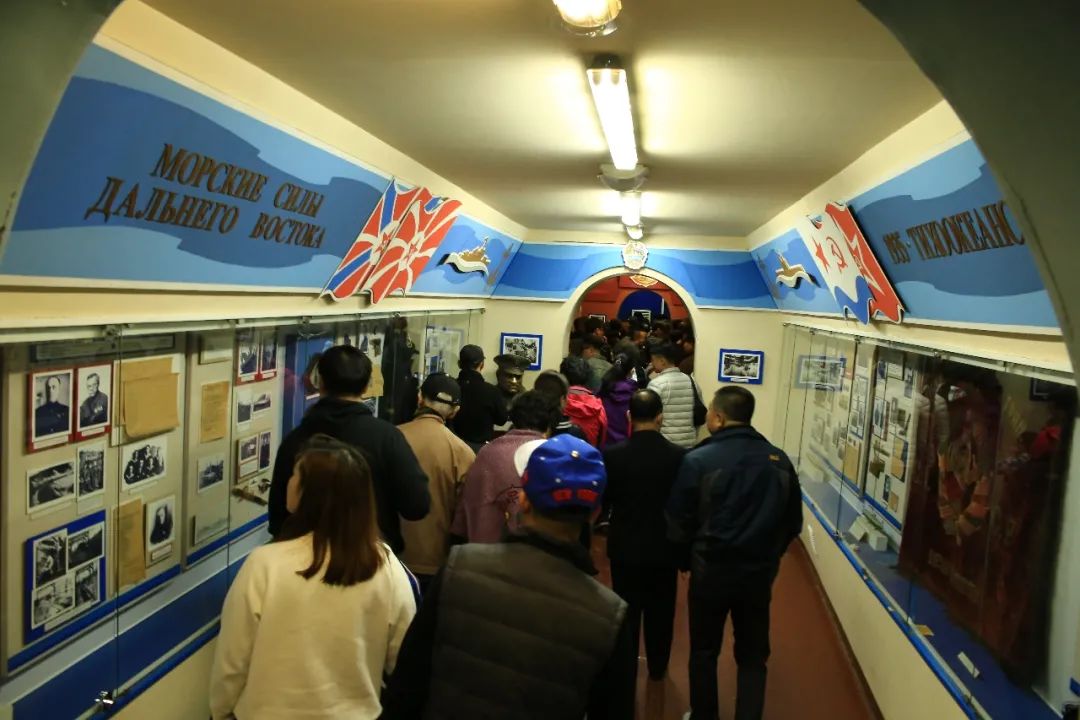
inside a submarine
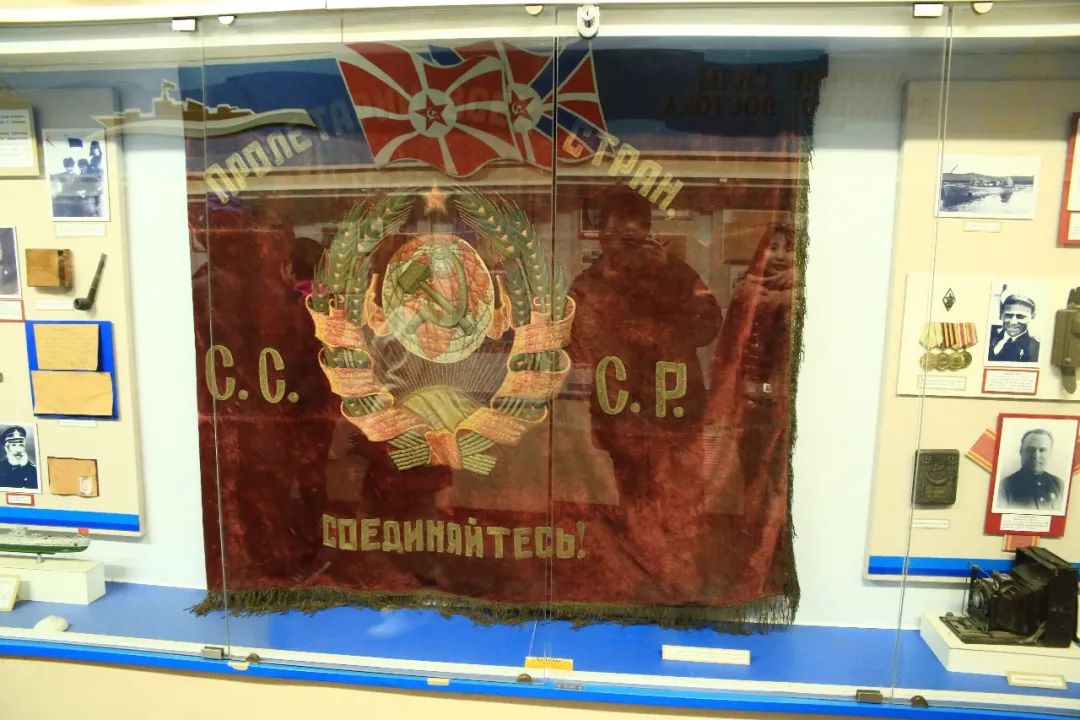
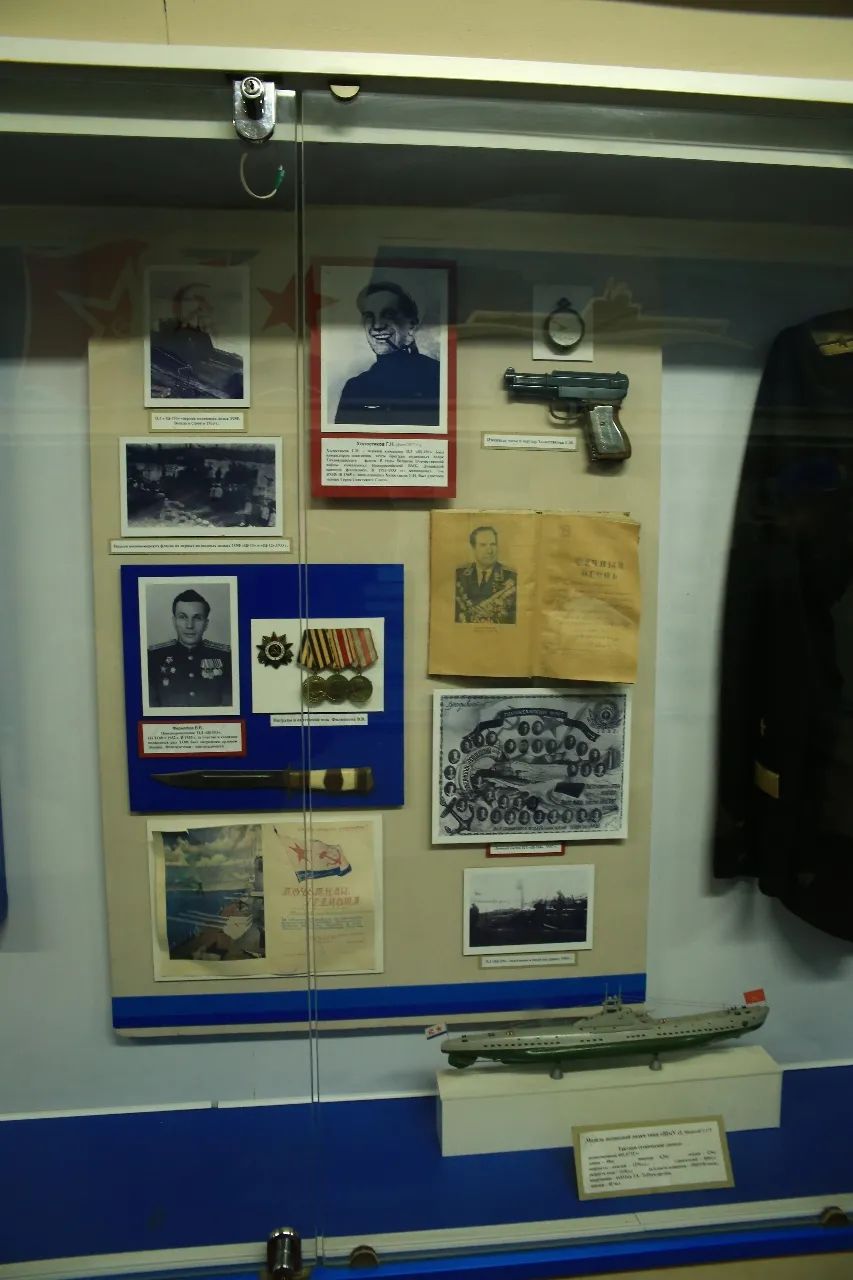
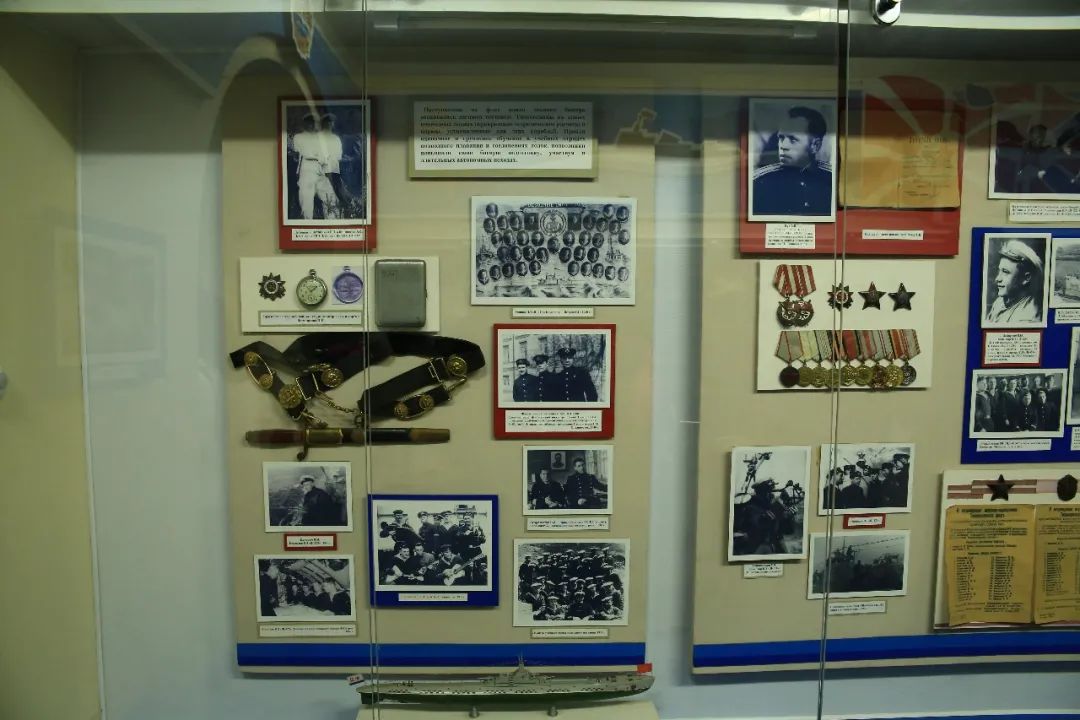
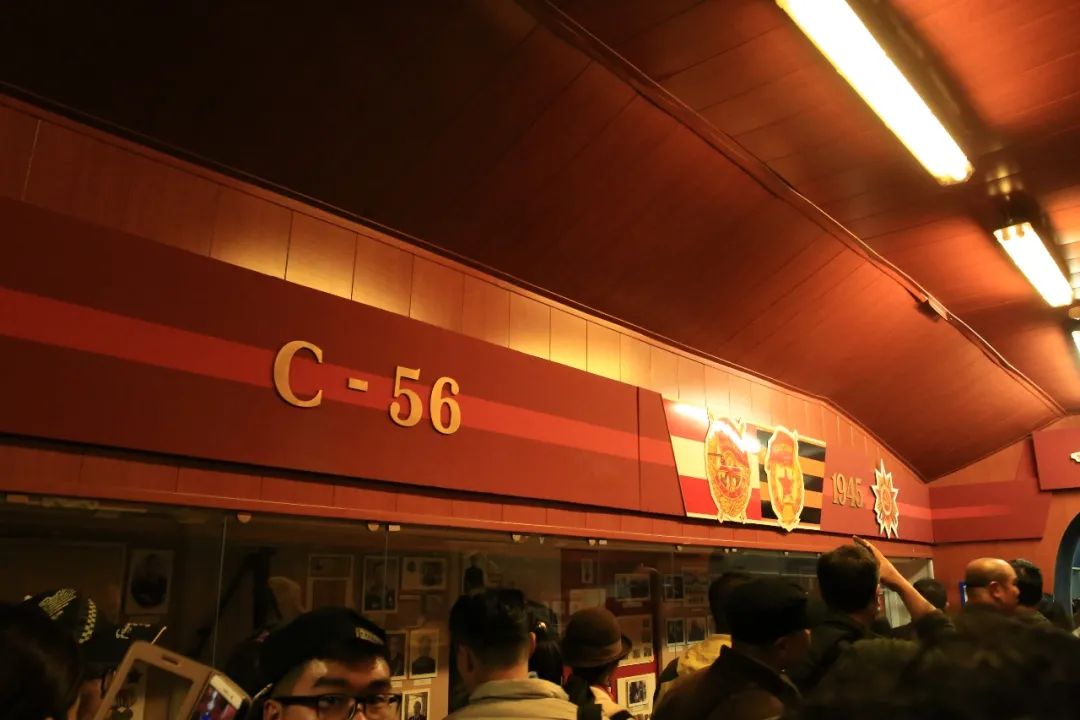

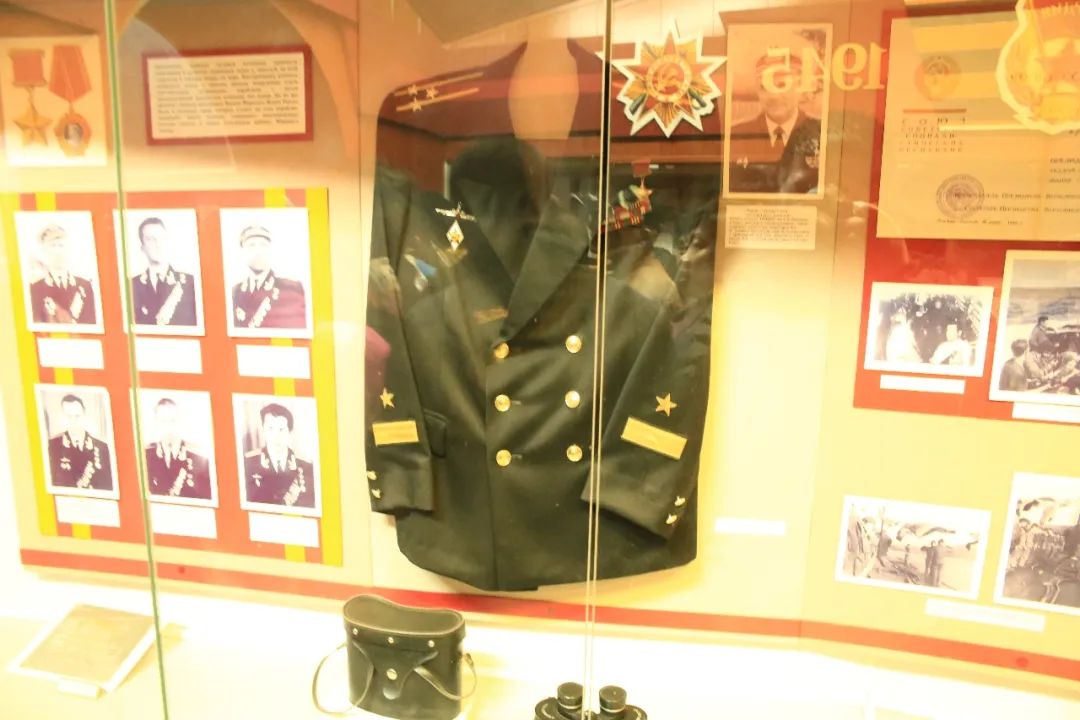

periscope
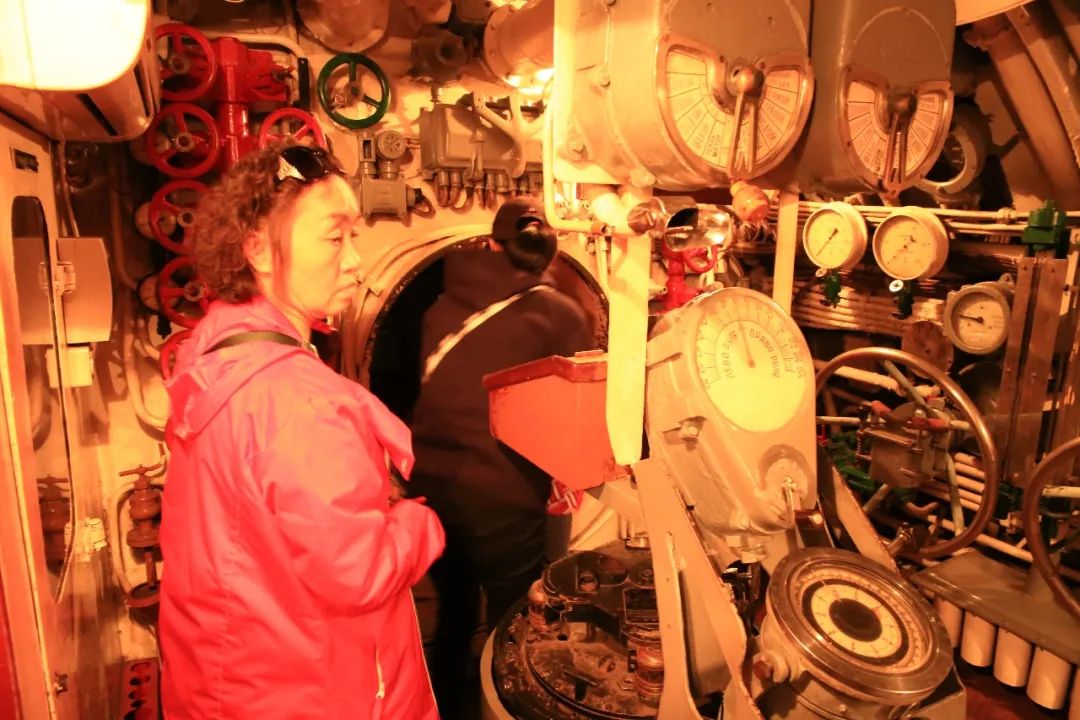
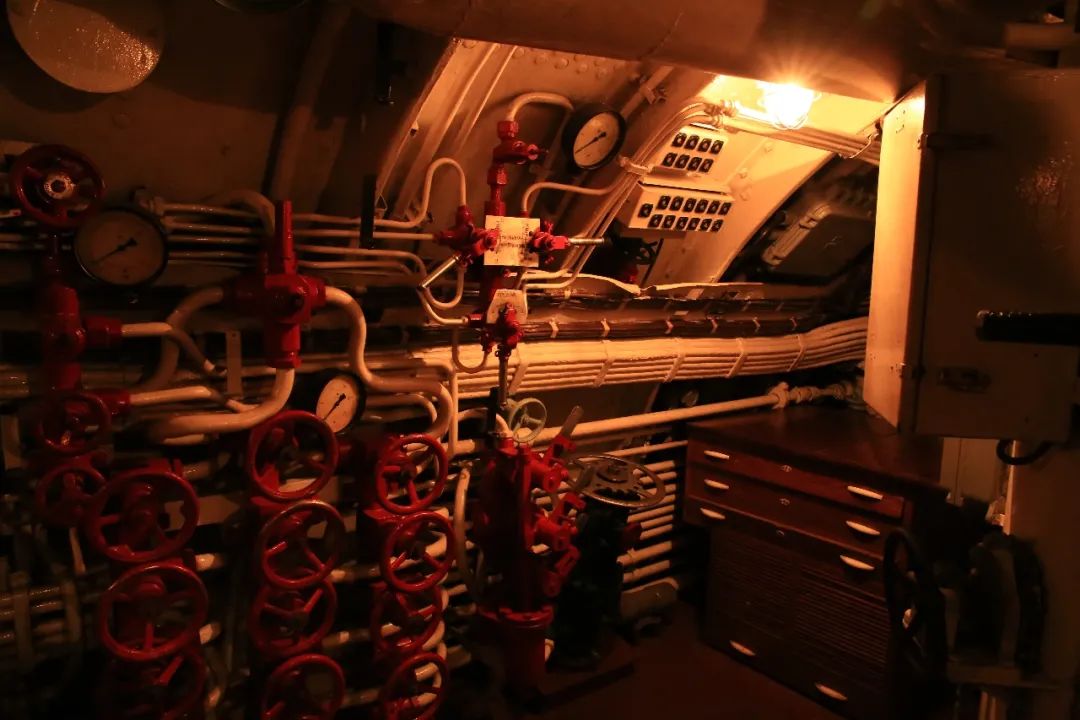
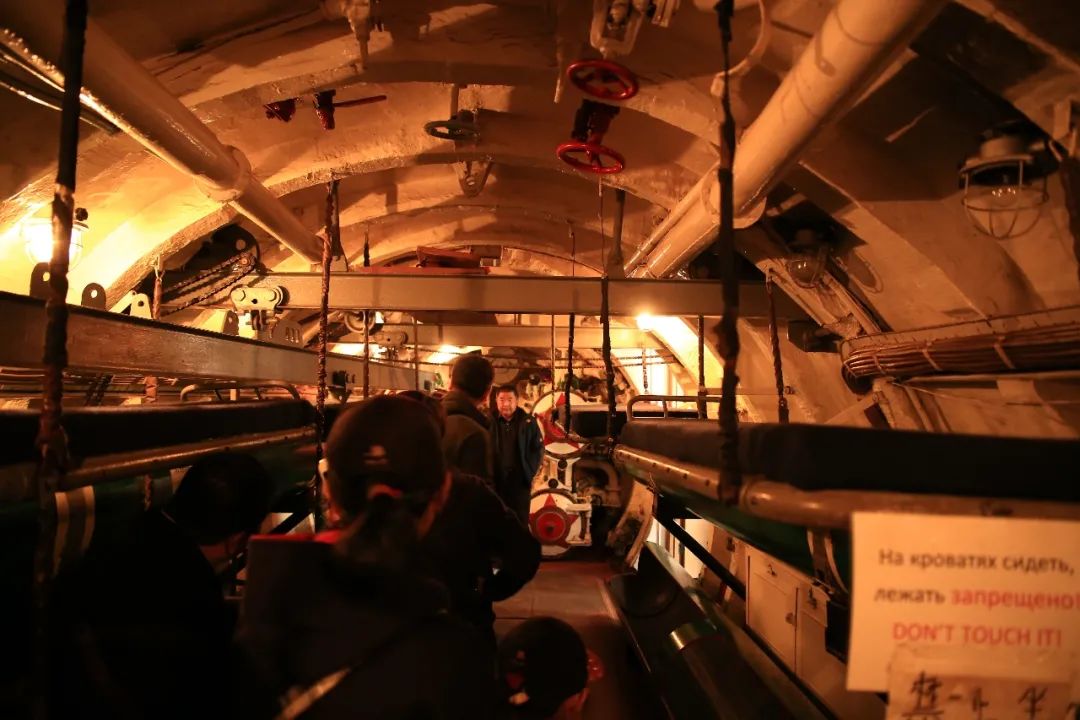


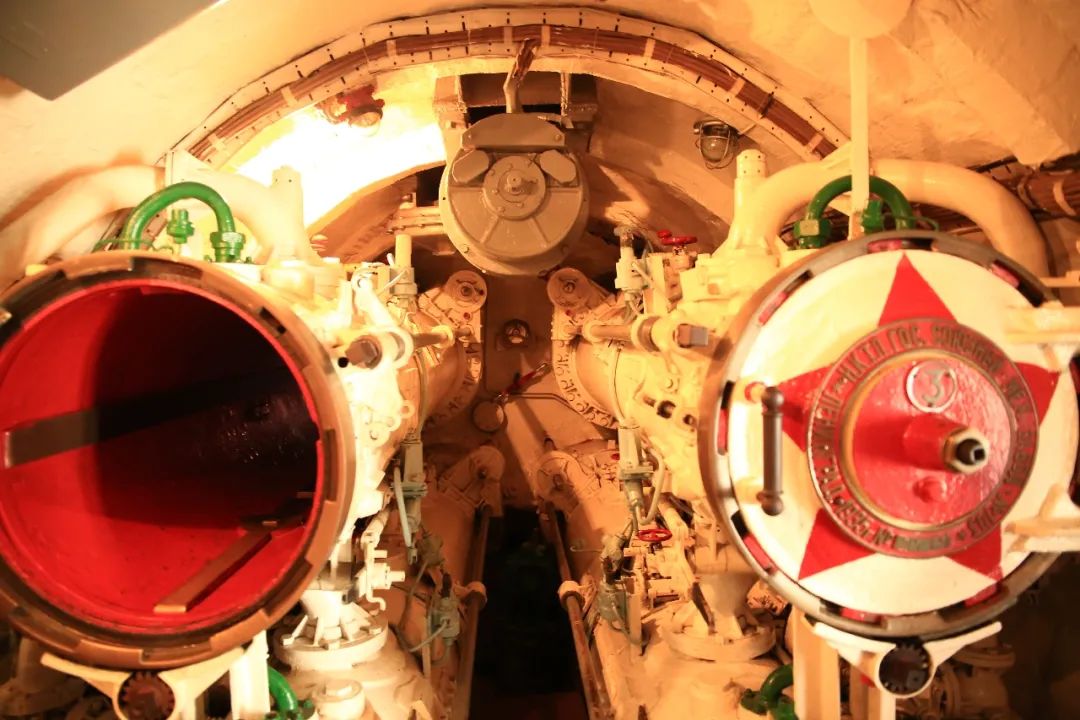
torpedo room
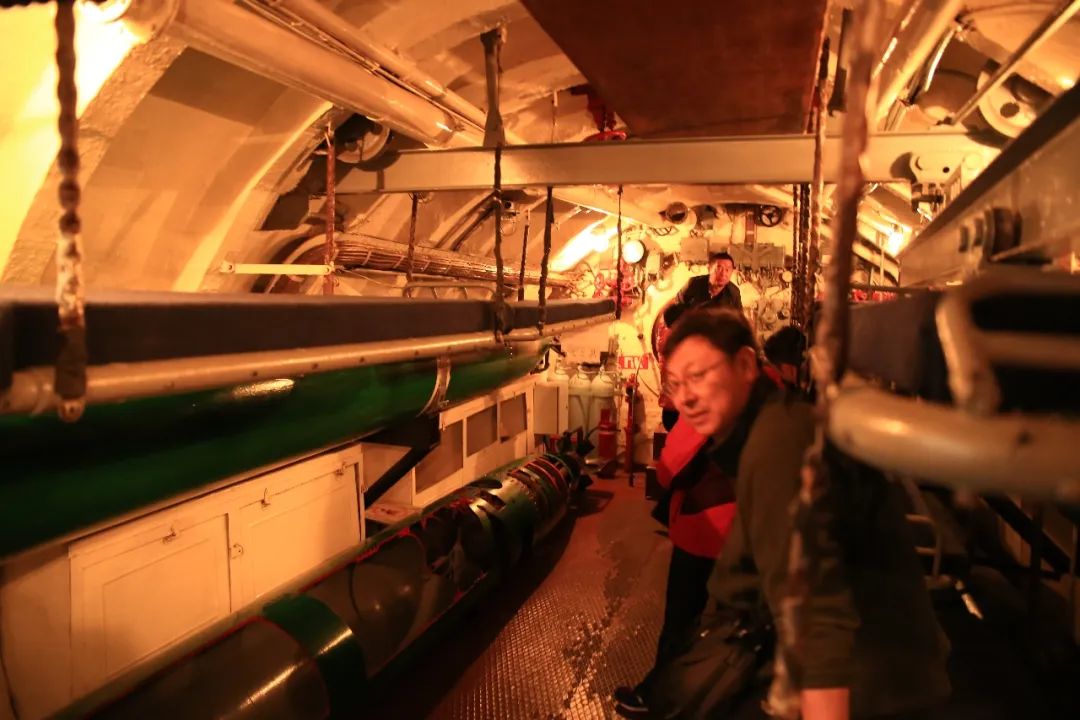
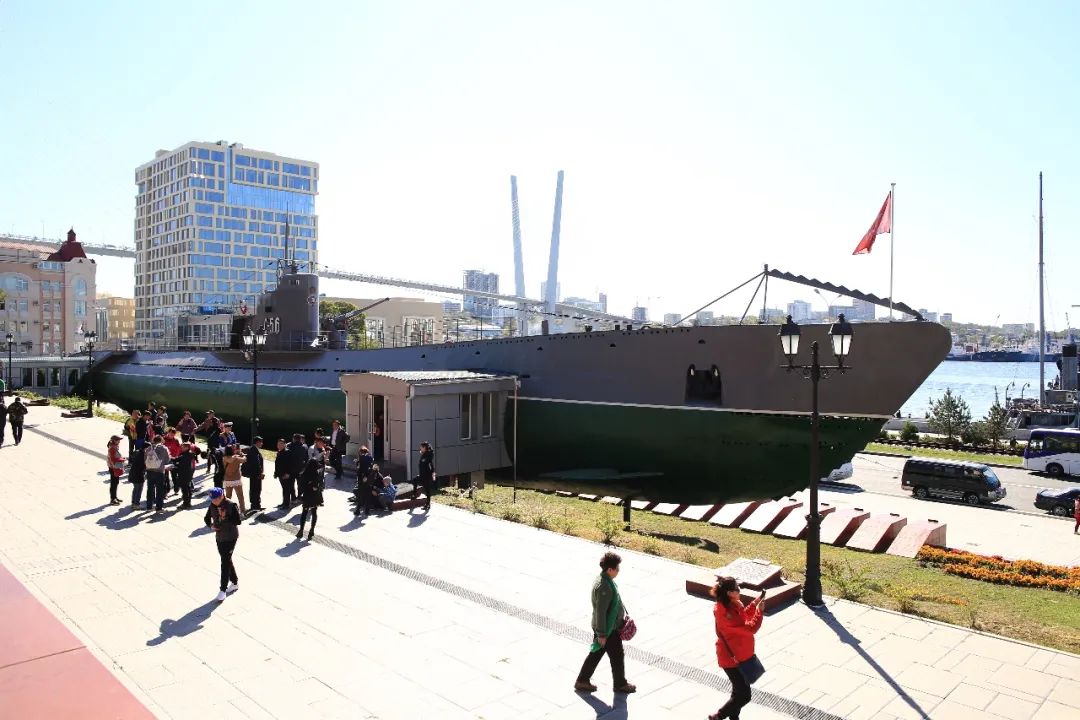
submarine appearance
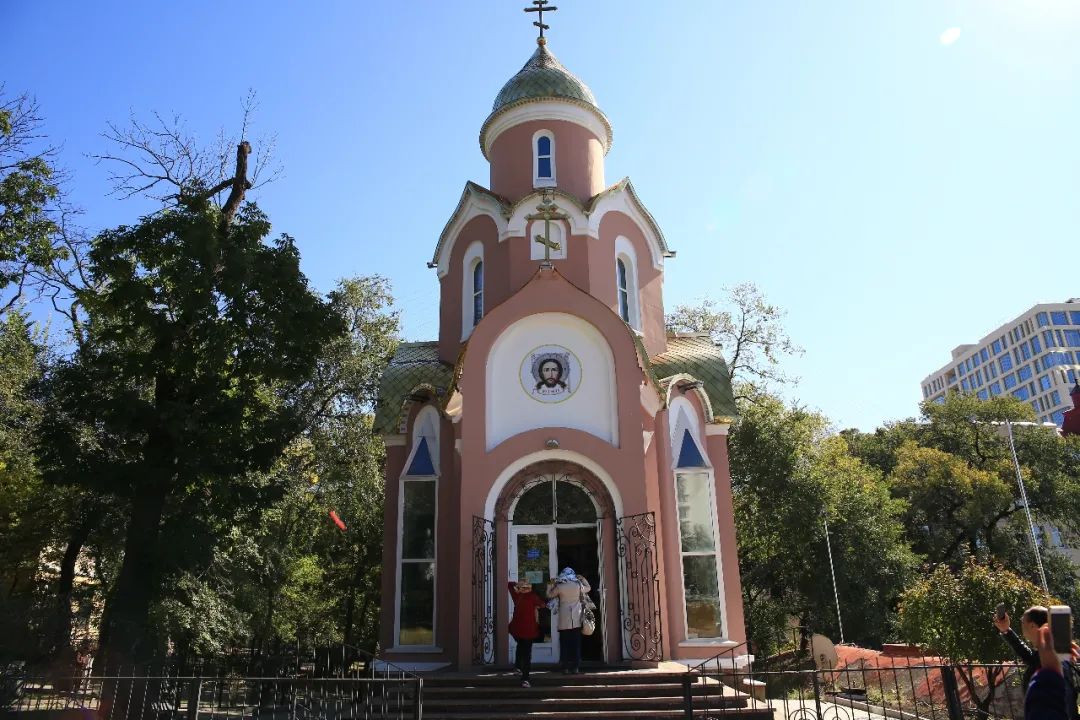
There is a small church next to it
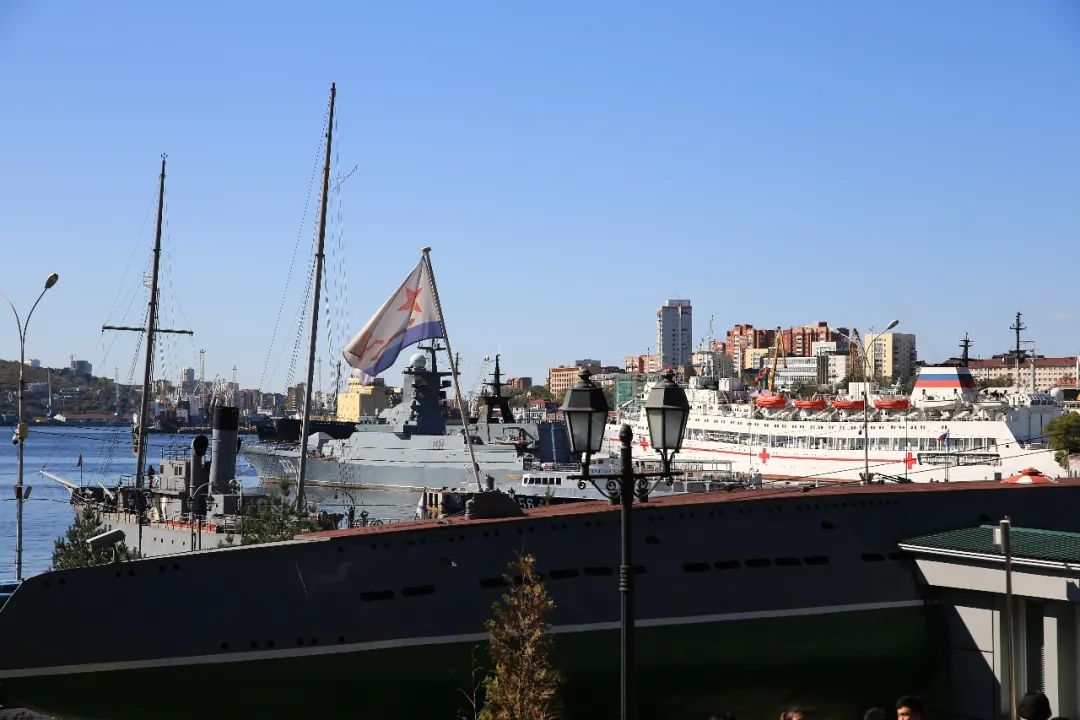
Russian warships on the shore.
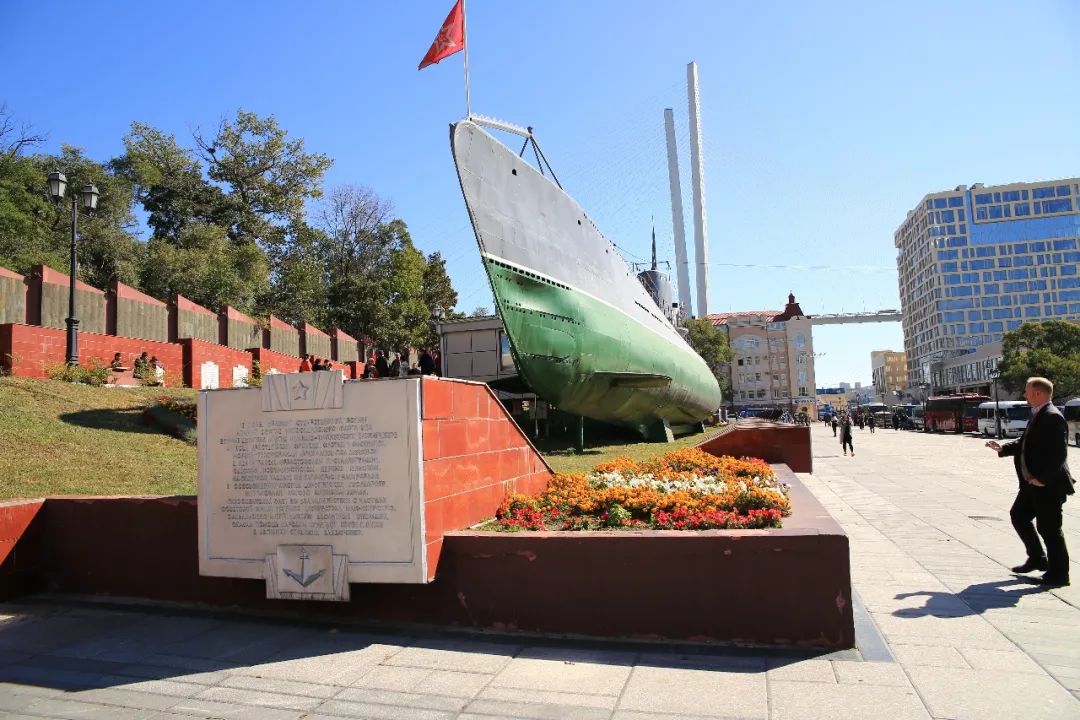
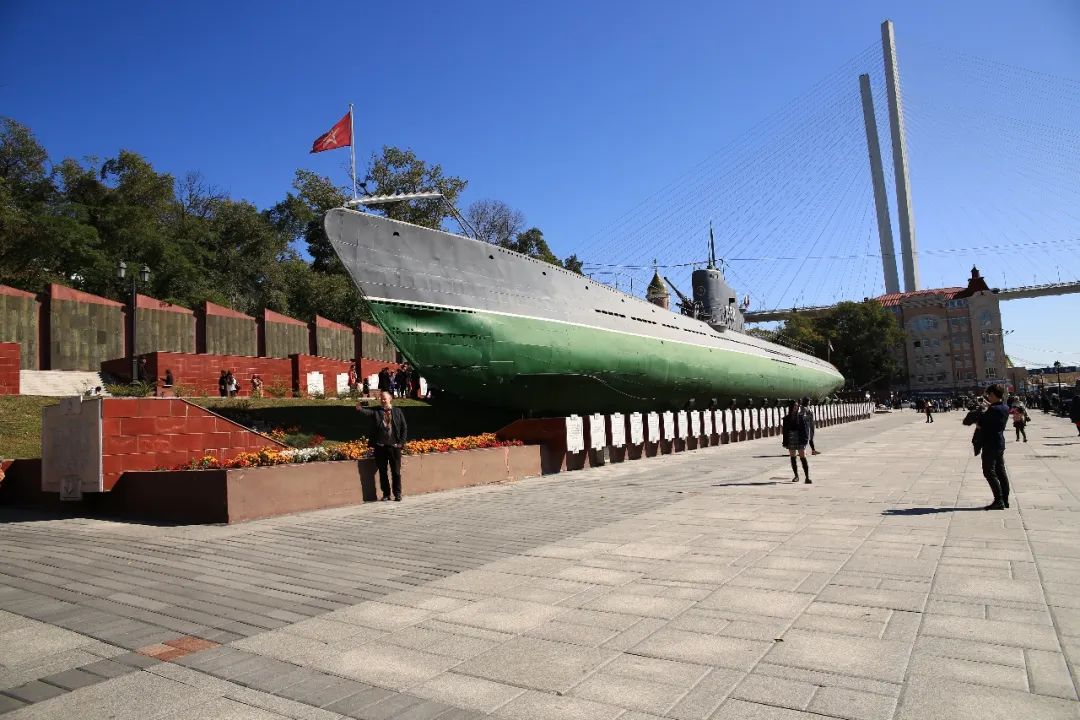
Full view of the submarine.
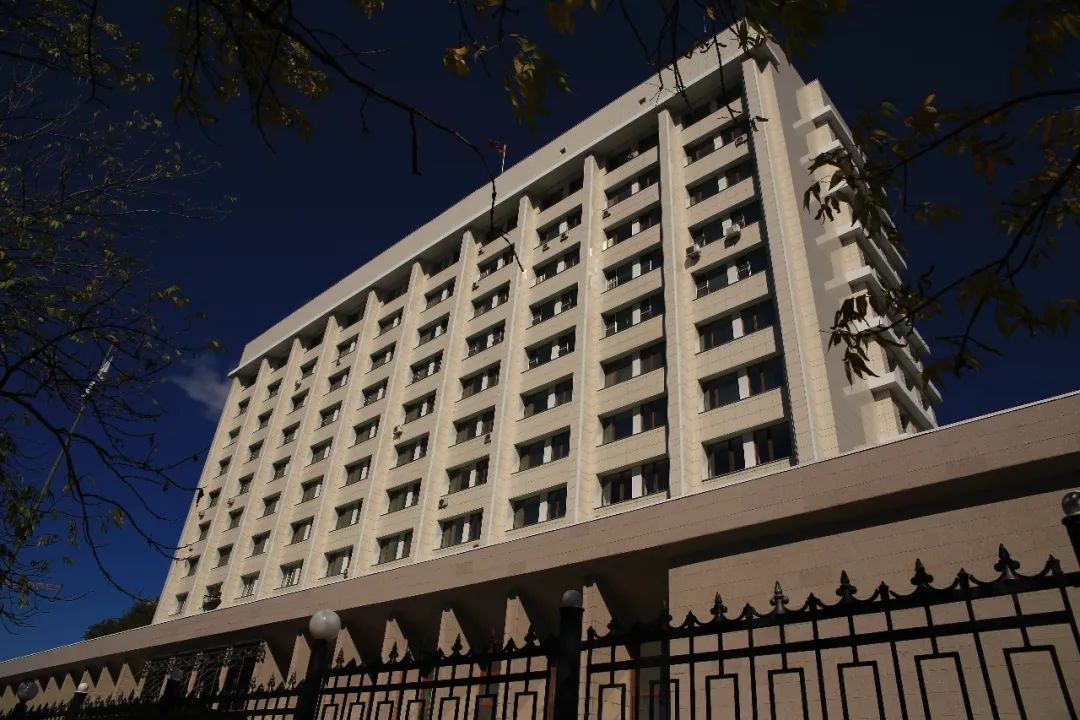
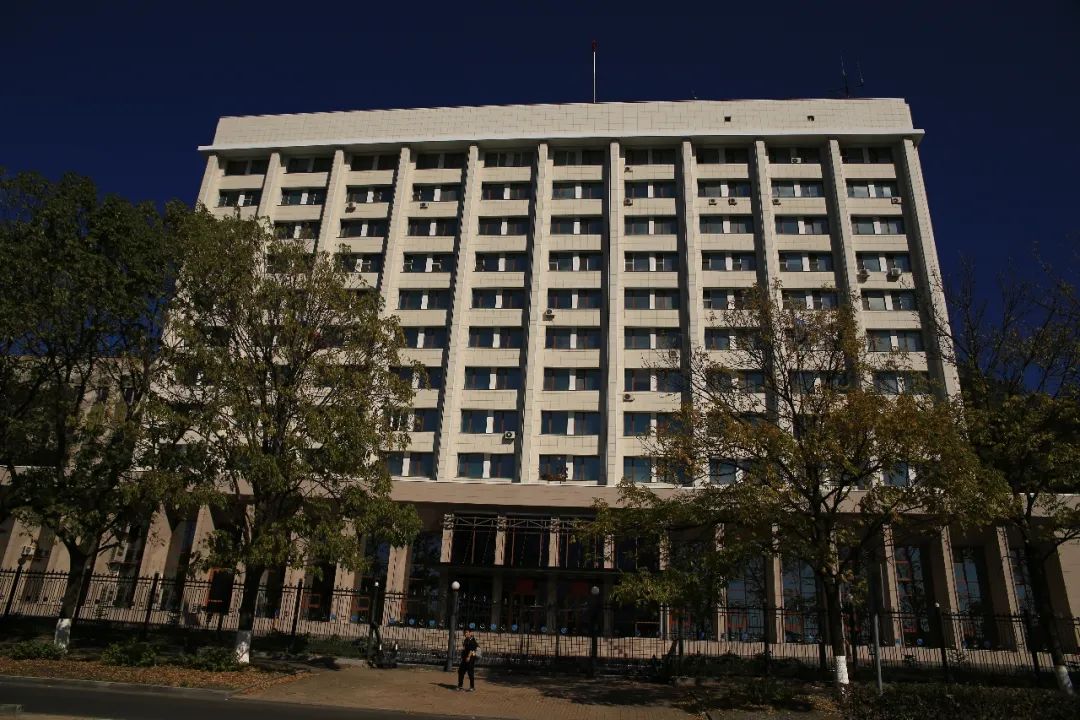
The inconspicuous building next to it is the Russian Pacific Fleet Headquarters. It is not high above the ground and has several floors underground.
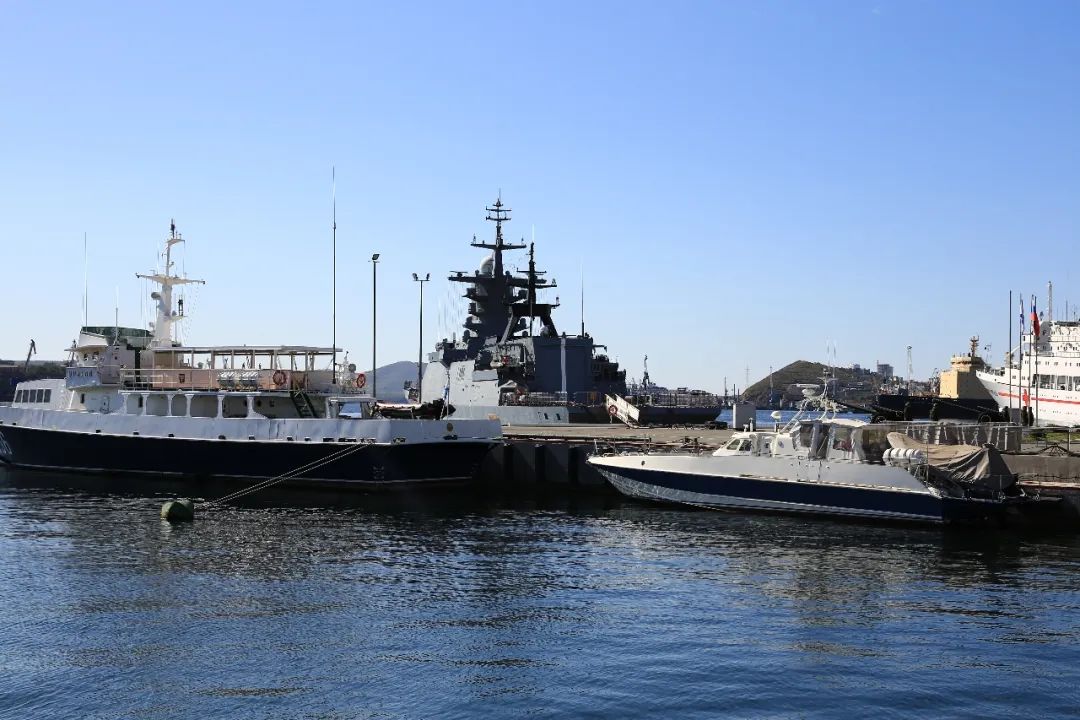
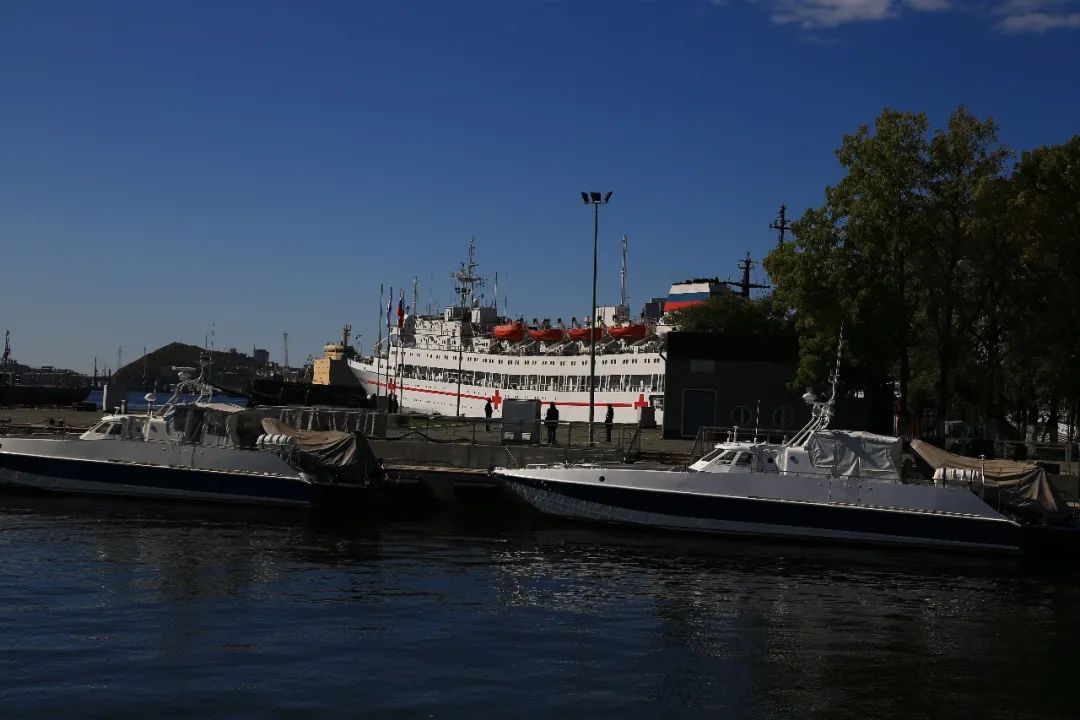
warships in port

This should be an old warship
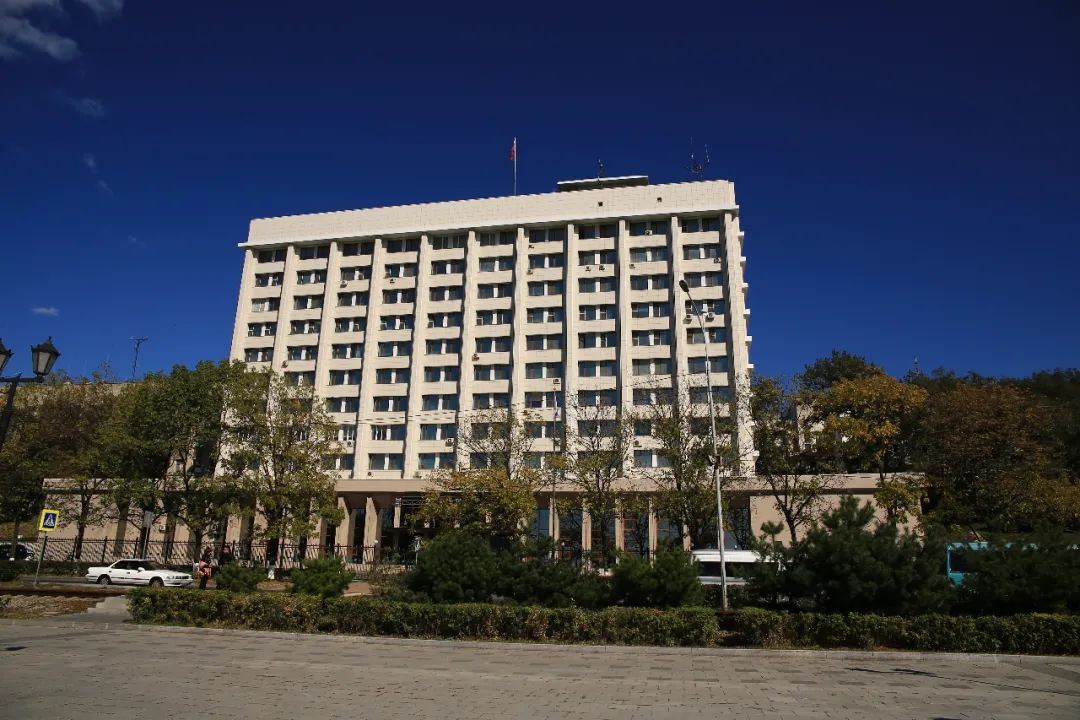
headquarters

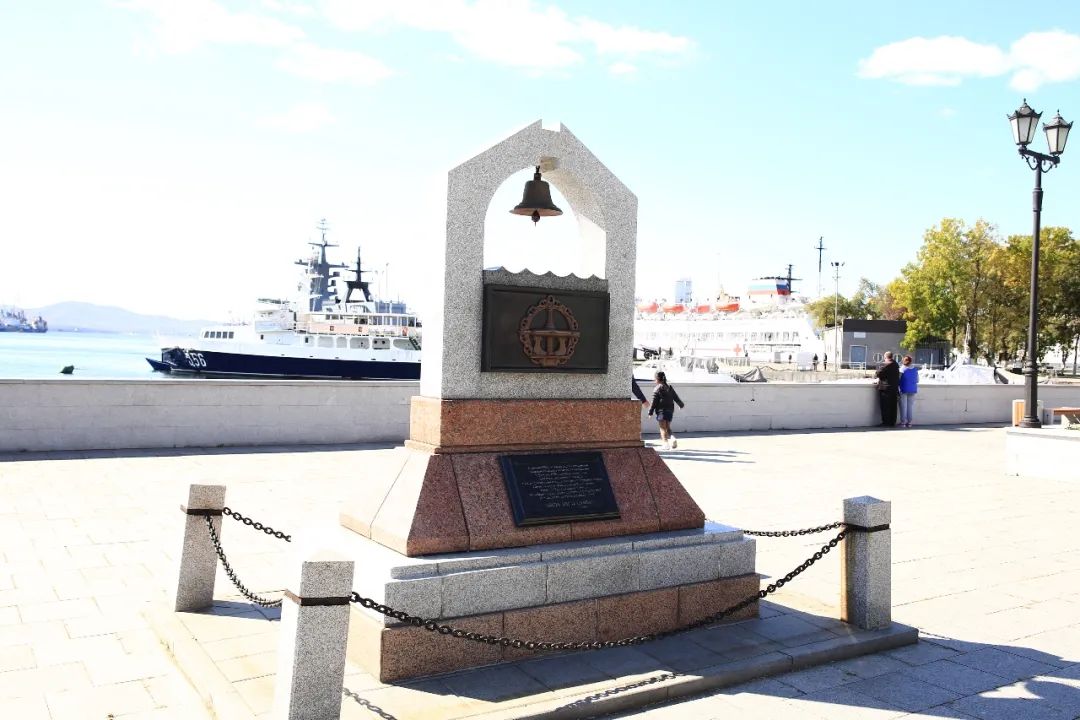
Pier sign


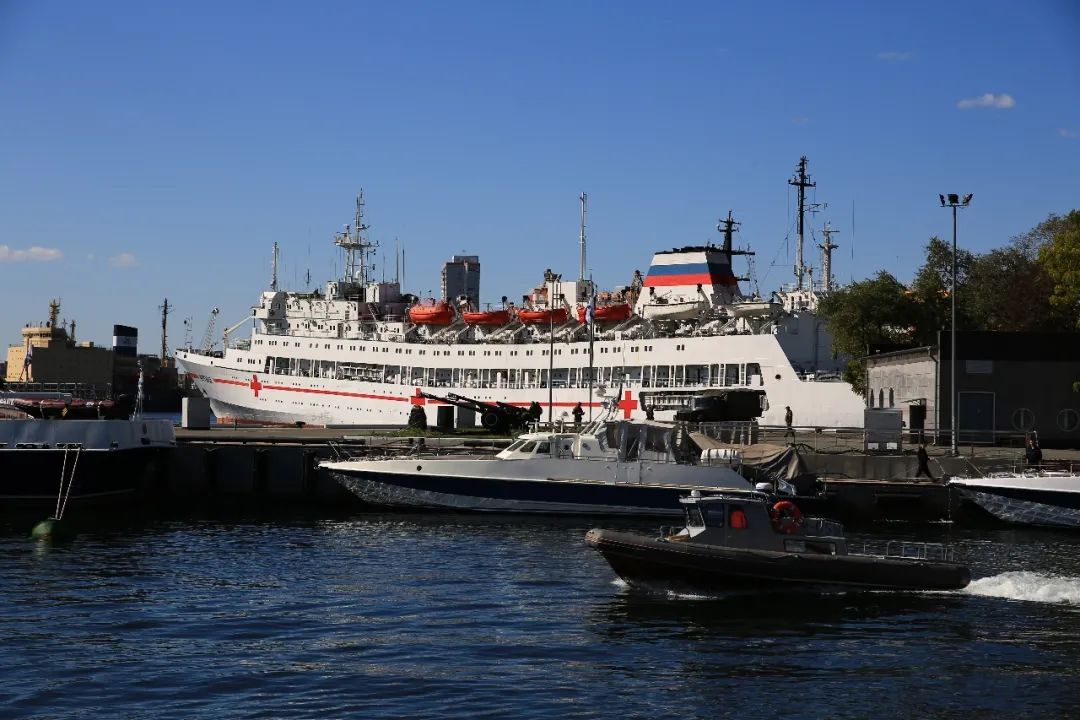
This should be a hospital ship
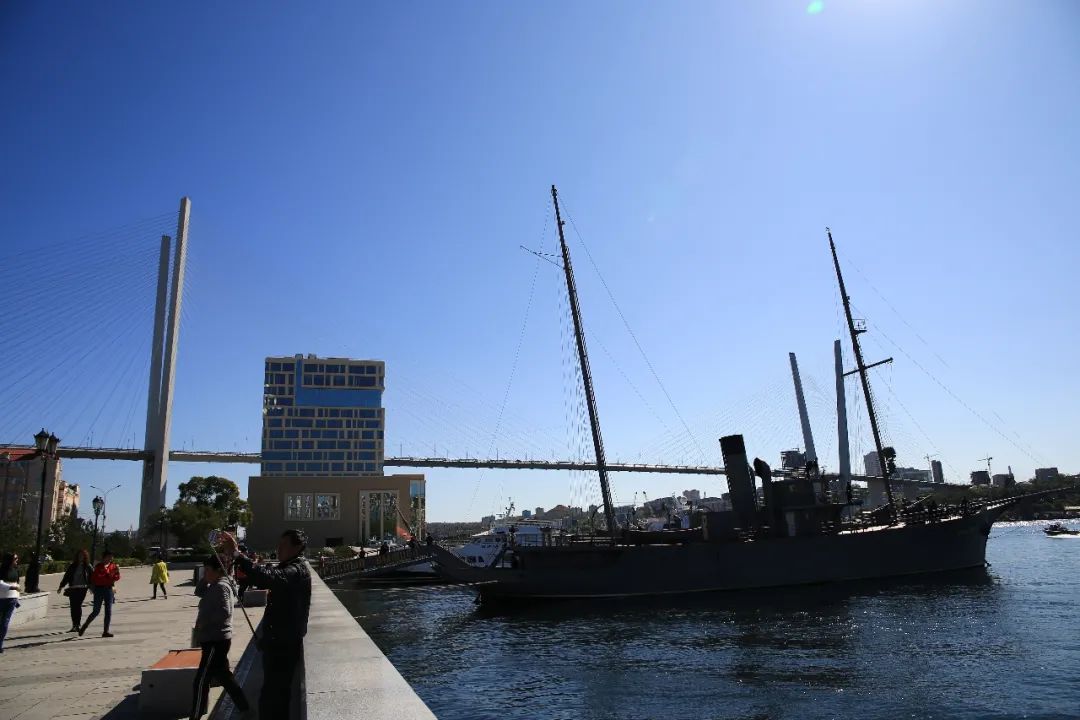
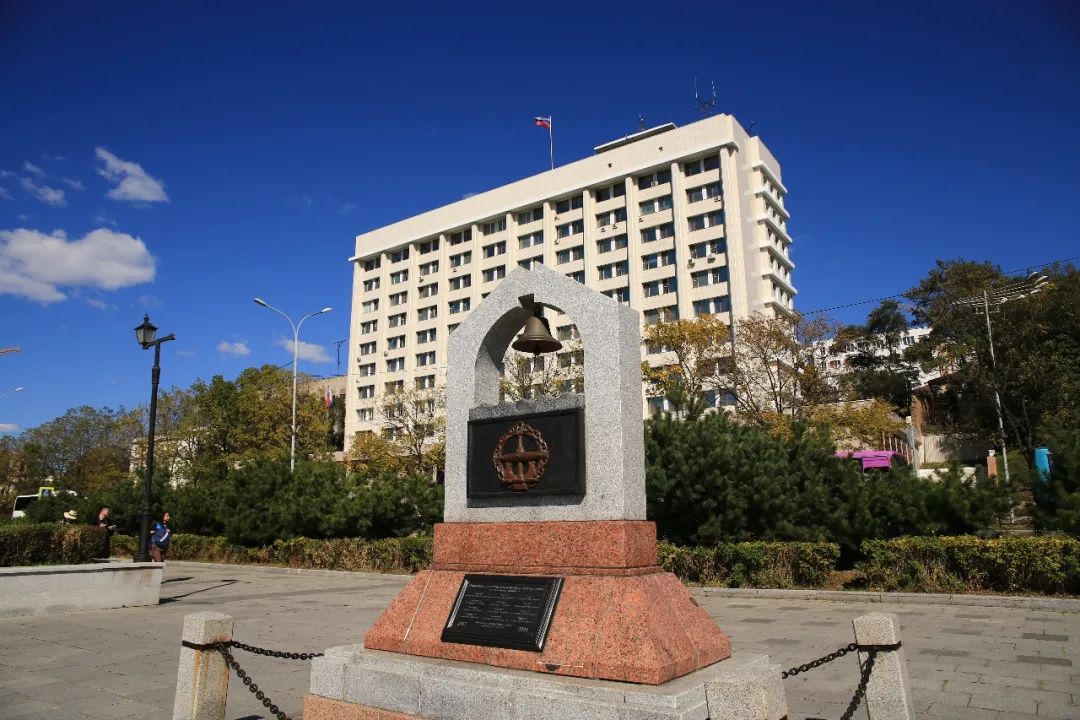
Photographing the headquarters from the seaside
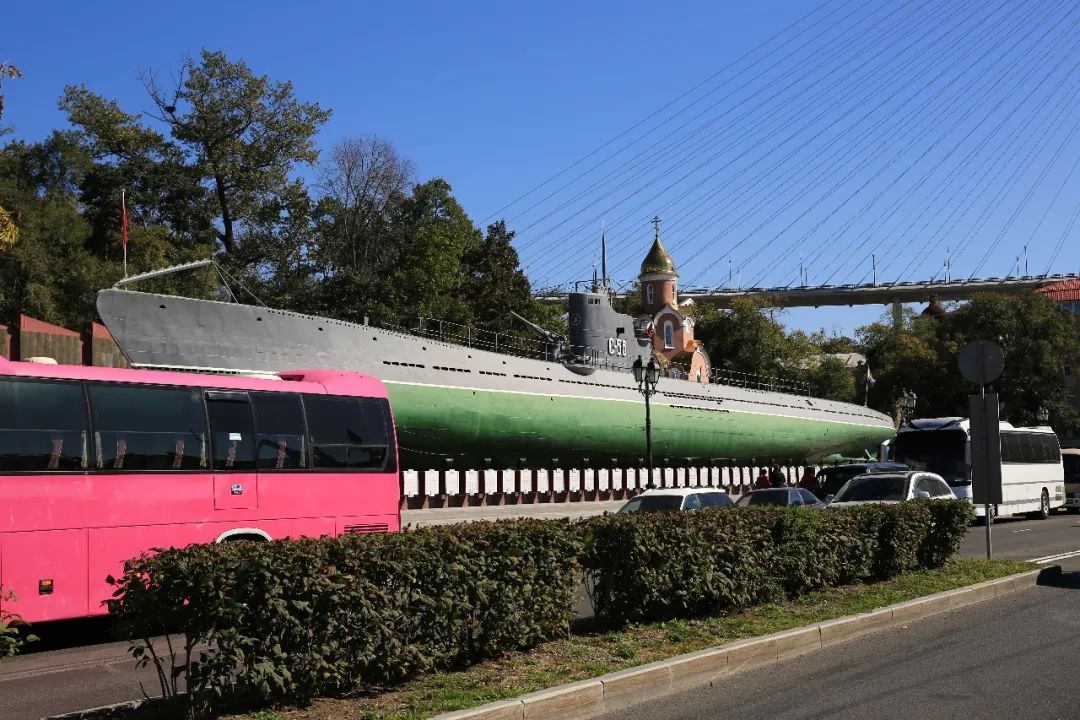
Taking pictures of submarines at the beach
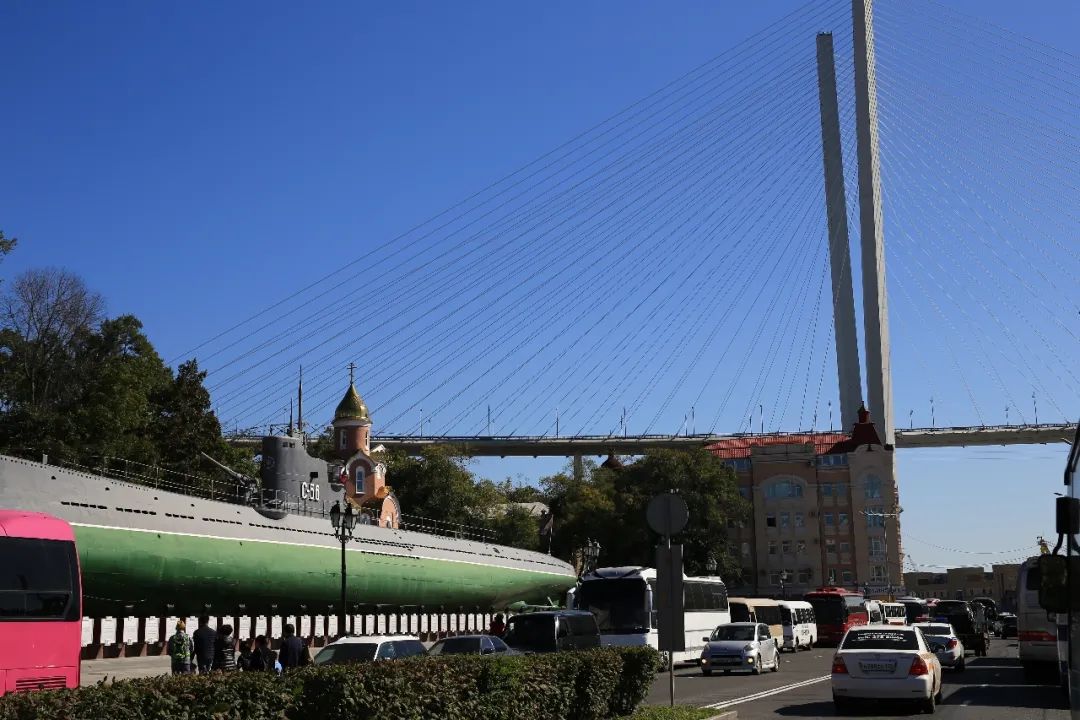
That bridge is a cross-sea bridge

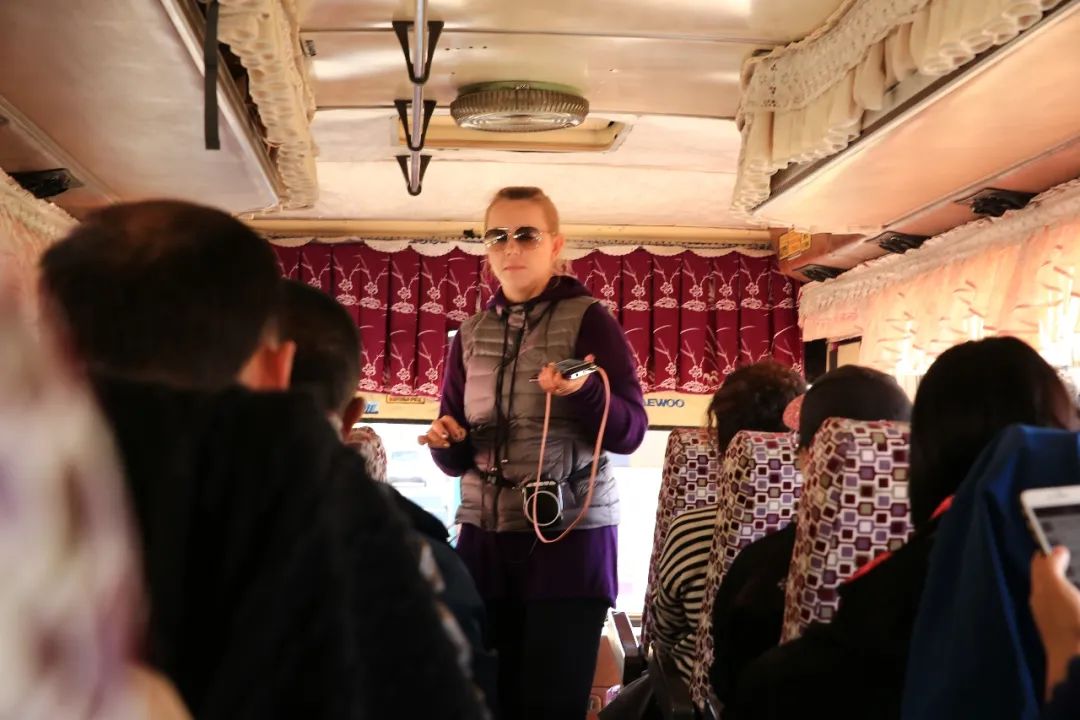
The next target is a standard action for group tours, a shopping store. The tour guide Anna is introducing the situation. I must admit that the white beauty is still very beautiful.
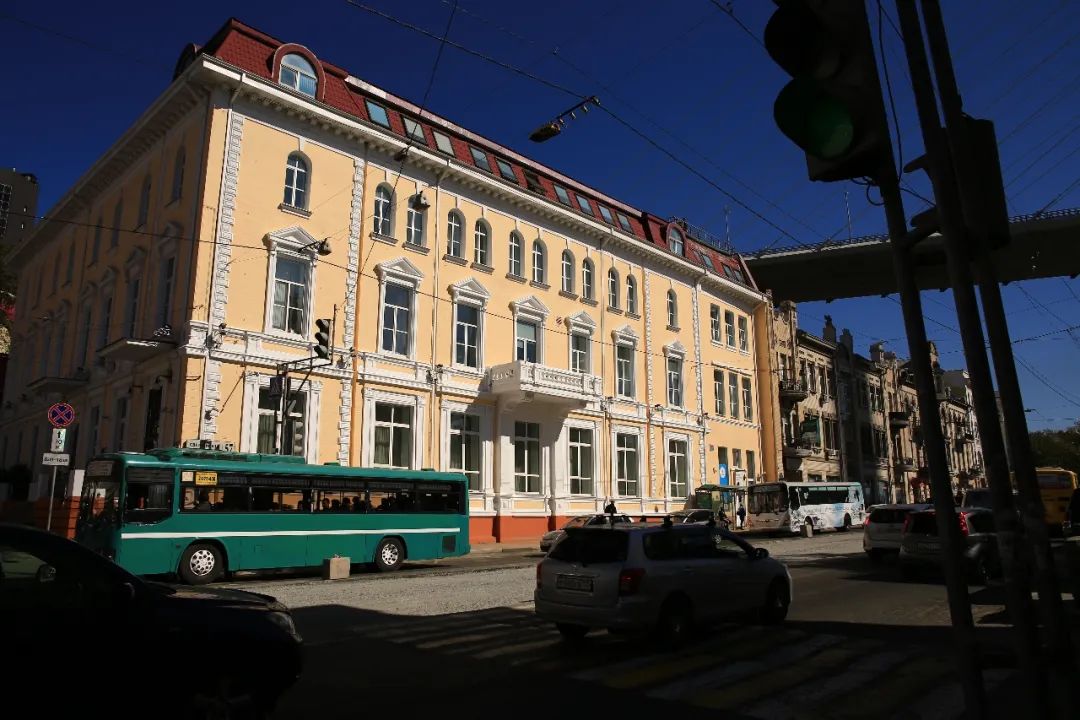

The car drove to an inconspicuous small store, and everyone went down to buy some Russian-style products. I wasn't interested, so I just came out and waited outside.

Car parked downstairs

A logo affixed to a car must have come from Japan.
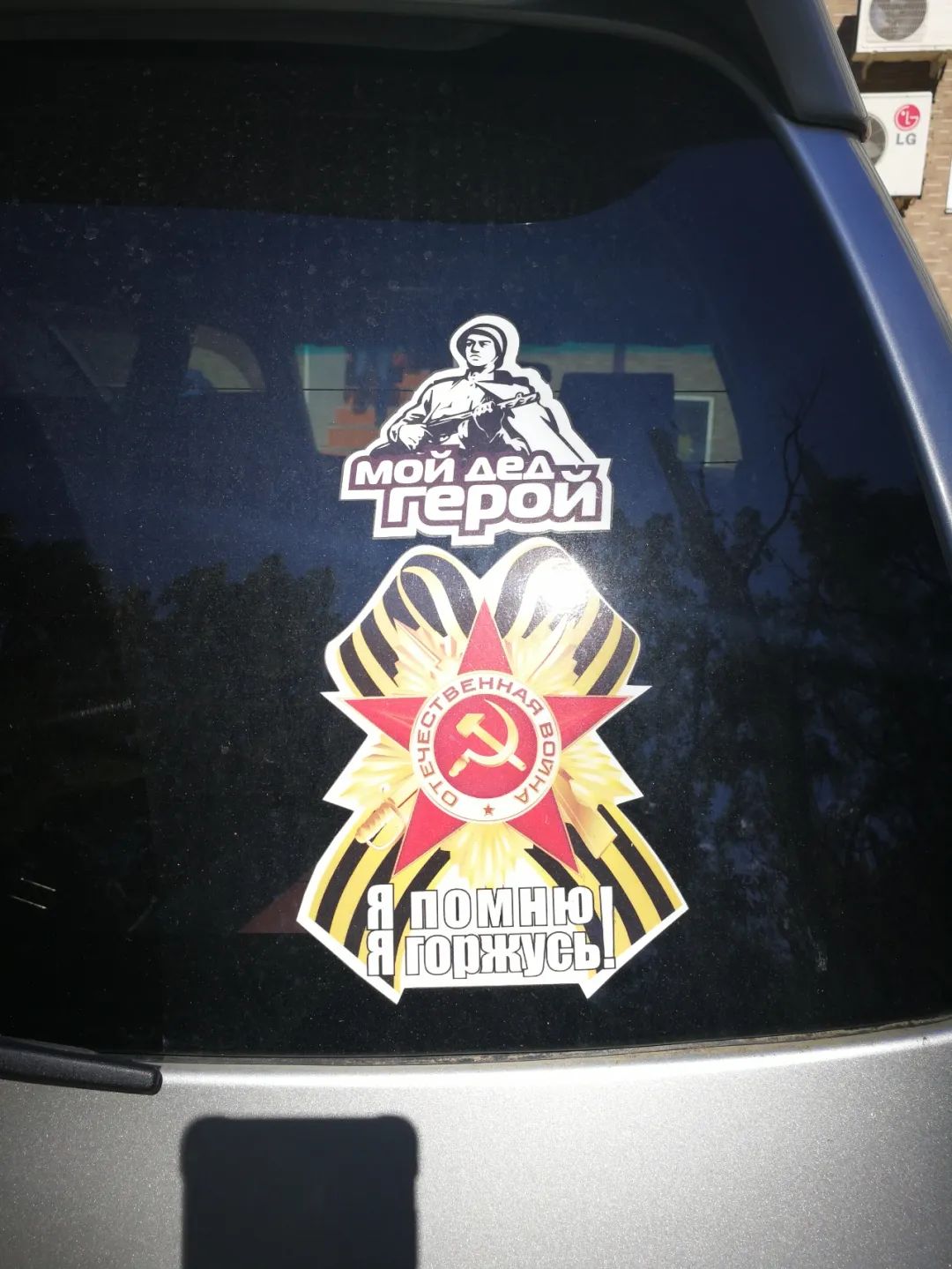
This must have been posted by the Russians.
After finishing here, the bus goes to the next attraction - the Monument to the Soldiers of the Soviet Regime in the Far East.
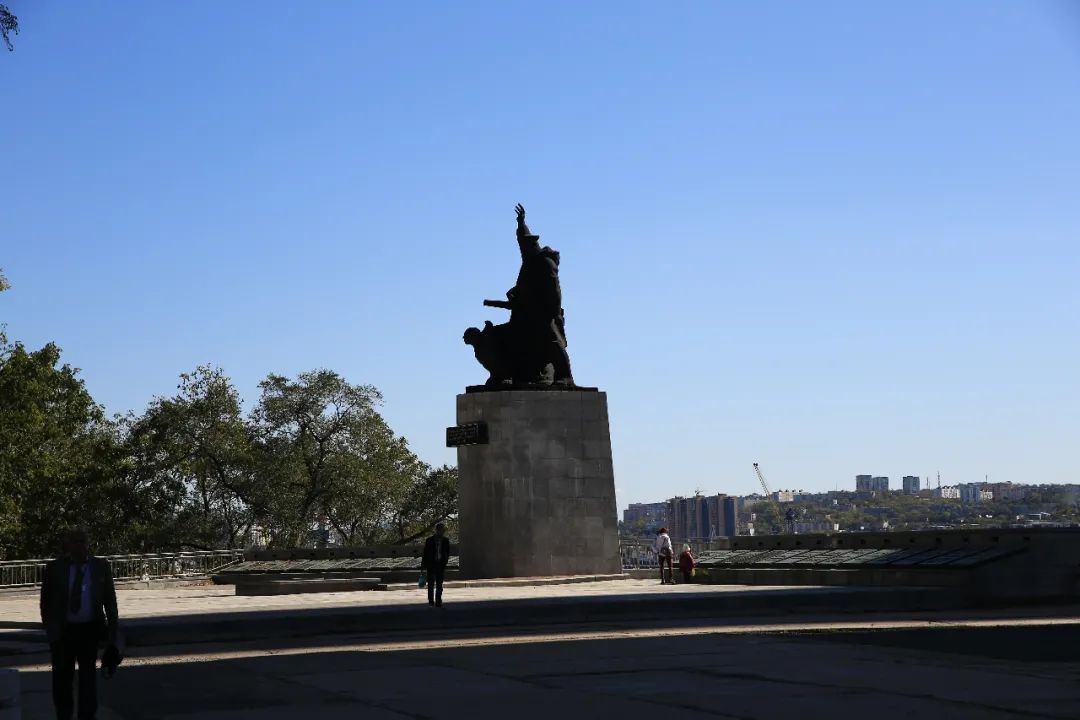
There are many statues on the roadside

We caught up with the road construction during this section.

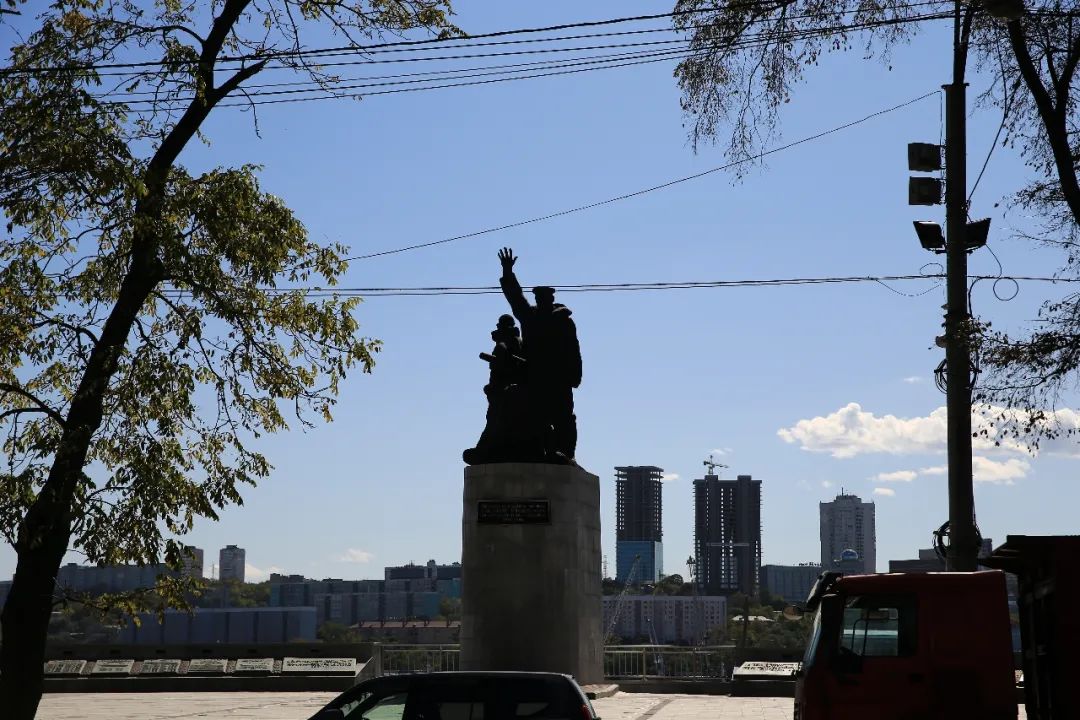
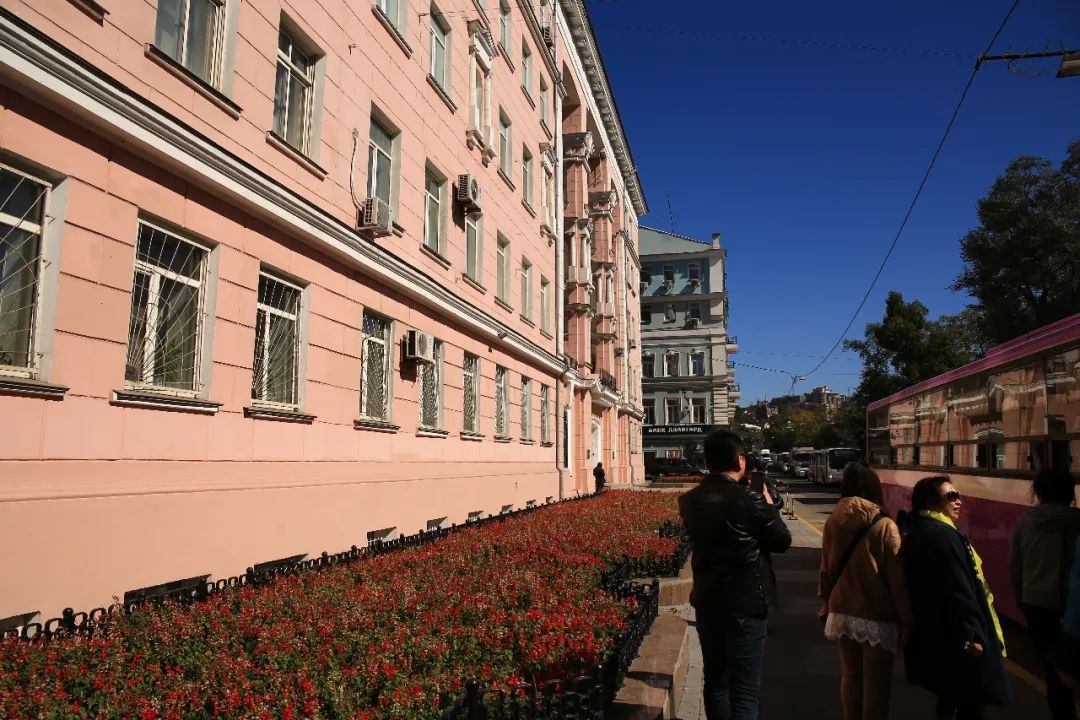
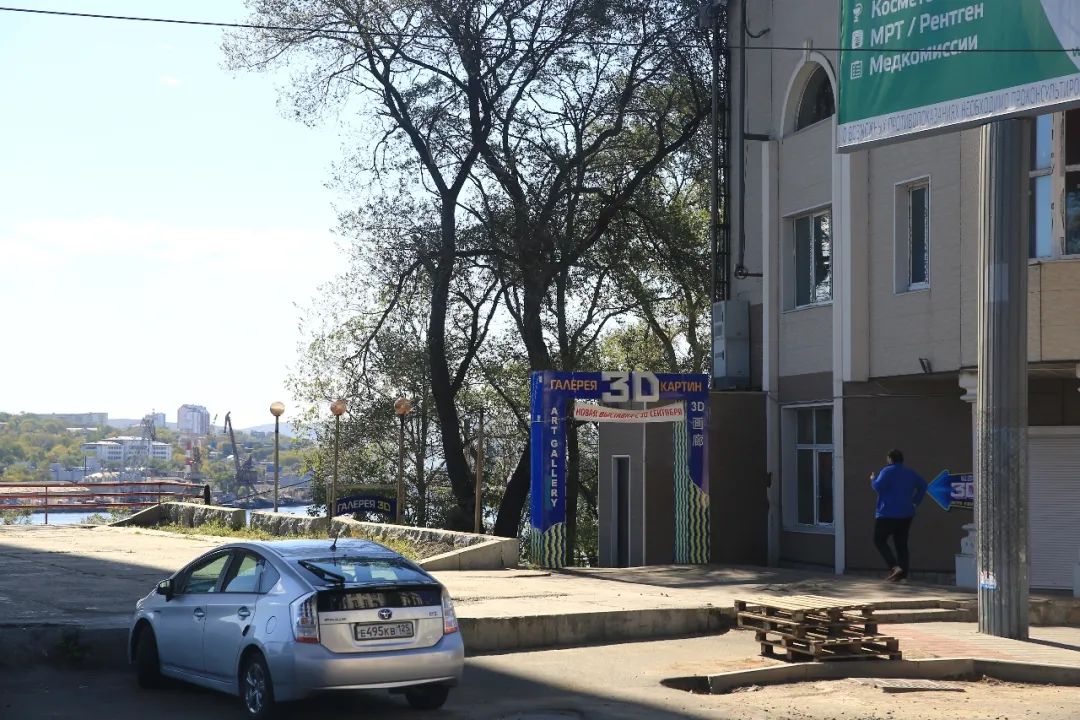
This is also a Japanese car.
The Monument to the Soldiers of the Soviet Regime in the Far East was built to commemorate the February Revolution and October Revolution of 1917. In order to establish the Soviet regime in the Far East, the Bolshevik warriors fought an arduous struggle against reactionary forces at home and abroad, and finally won the final victory in 1922. The monument stands in the central square of Vladivostok. It was built in 1961 and is the largest monument in the Far East. During the war, the commercial fleet was tasked with transporting supplies from allied countries. From time to time, it encountered enemy ships and enemy aircraft and had to go into battle. A total of twenty-five merchant ships were sunk. To commemorate these sailors, a memorial was also burned in front of the monument. Everlasting fire.
We visited the square. In fact, we don’t feel comfortable with this period of history. The Russian regime was at its weakest during the October Revolution. At that time, the Far East was occupied by neighboring countries. In my impression, the “neighboring countries” definitely included China and Japan, but The Bolshevik fighters fought an arduous struggle against "reactionary forces at home and abroad". They won anyway, so this is still Russian territory and we can only come and visit.
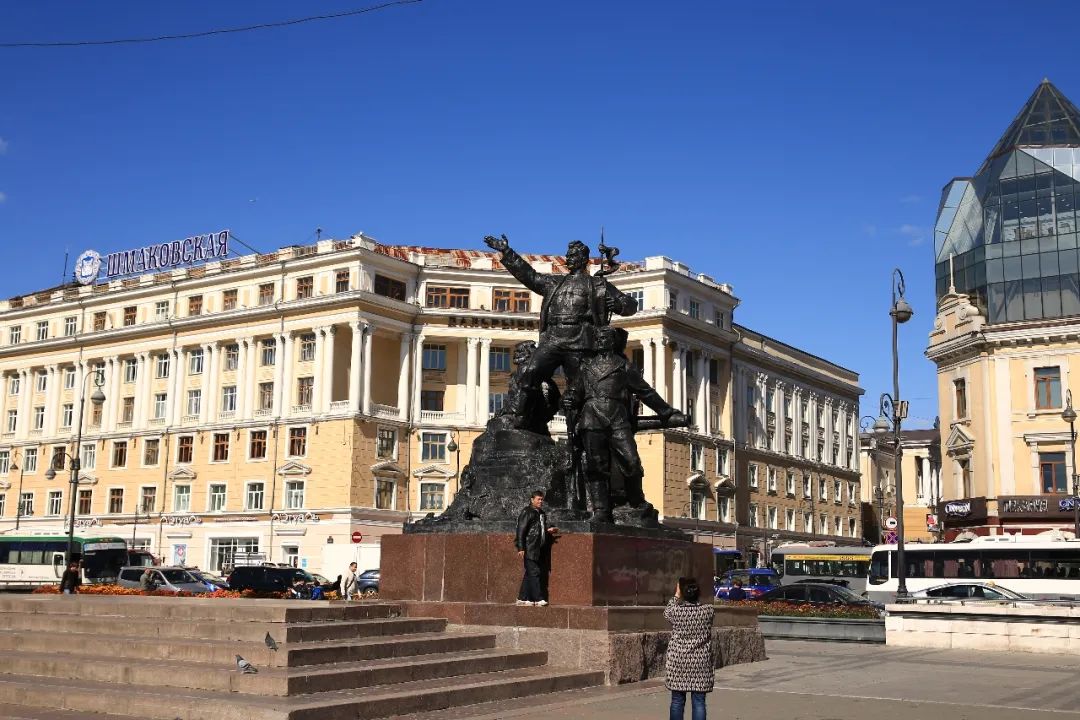


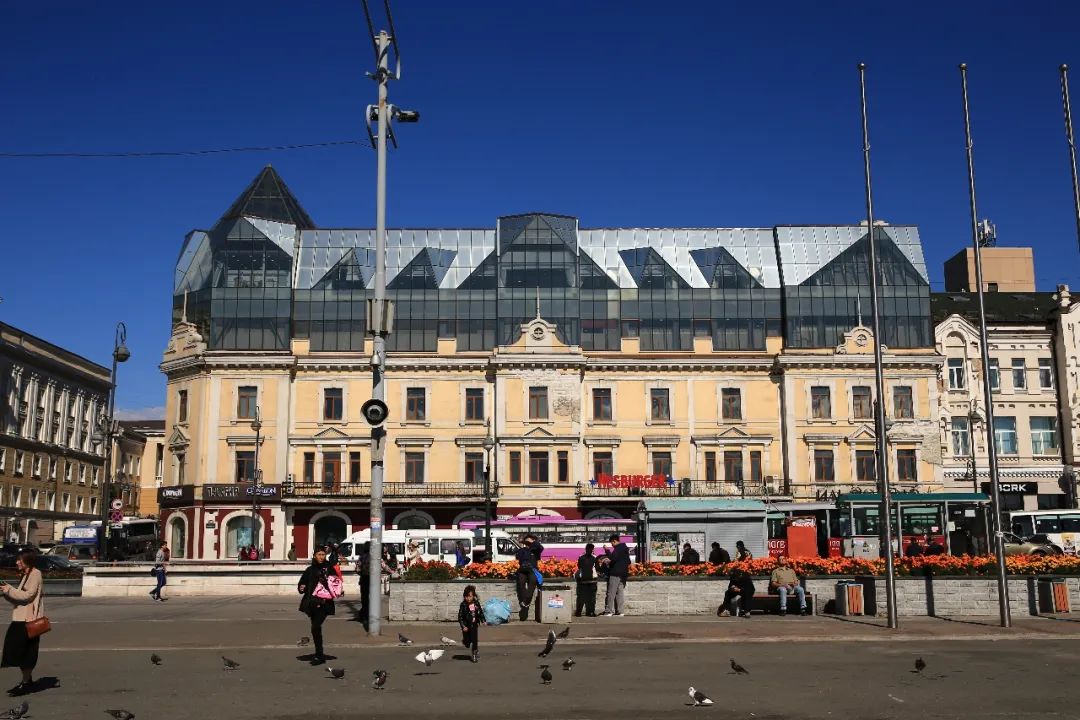
Like the square under the sun, there are flocks of pigeons.

Slim Russian beauty.
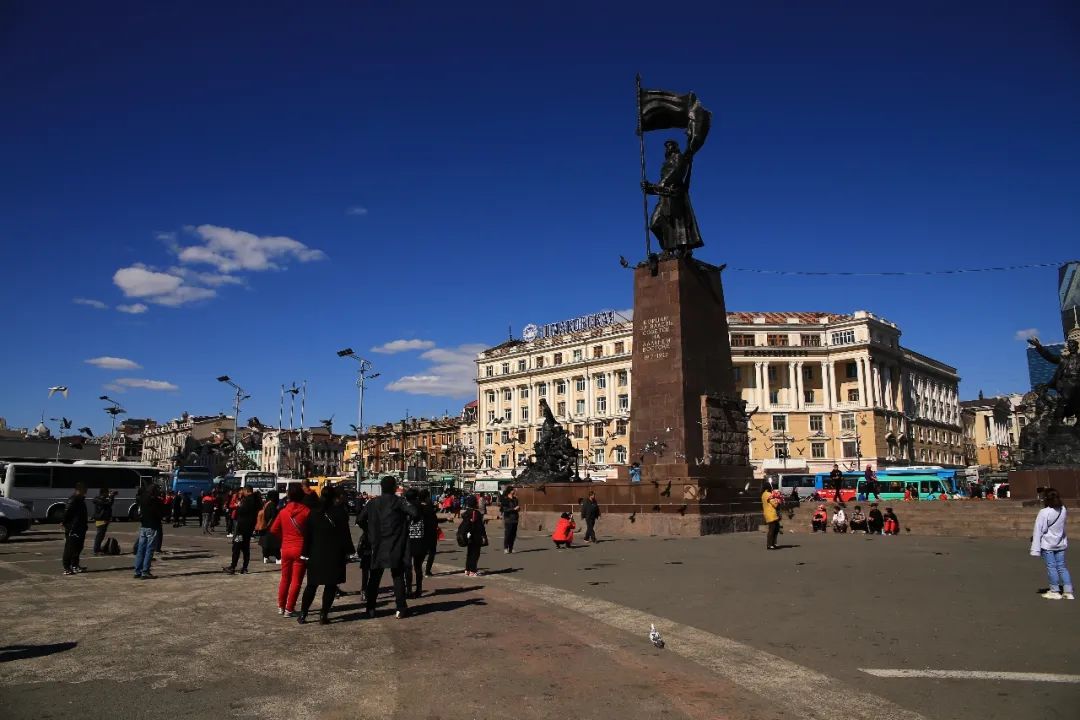
The sky is very blue, and the environmental protection here must be very good.
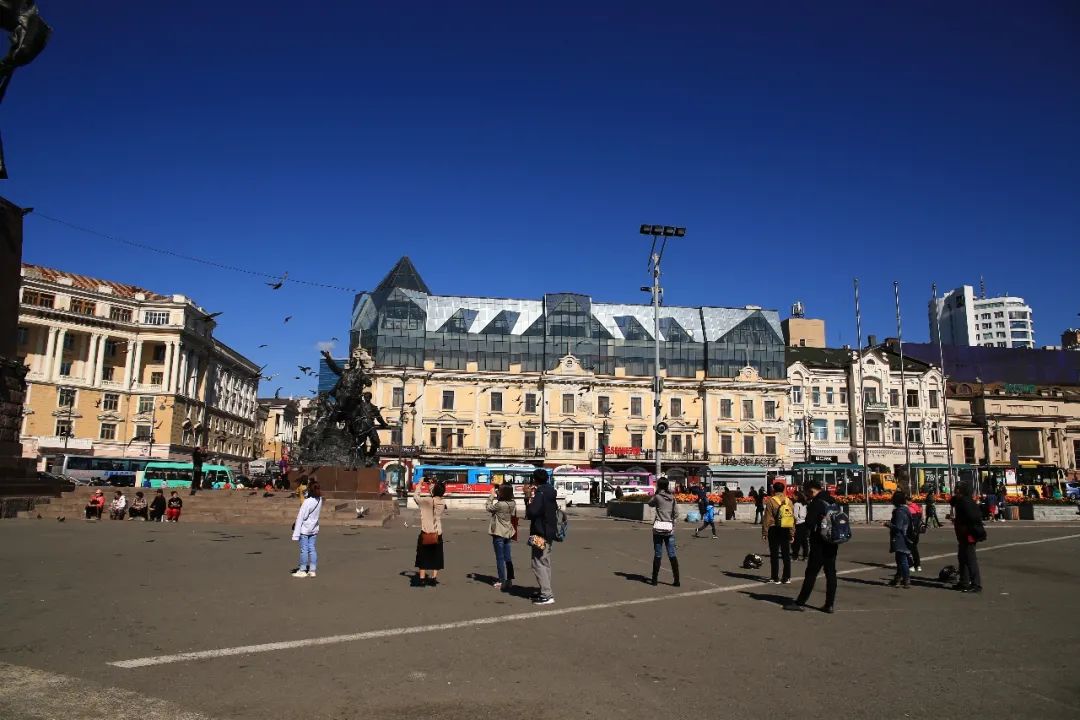
Mainly Chinese tourists.

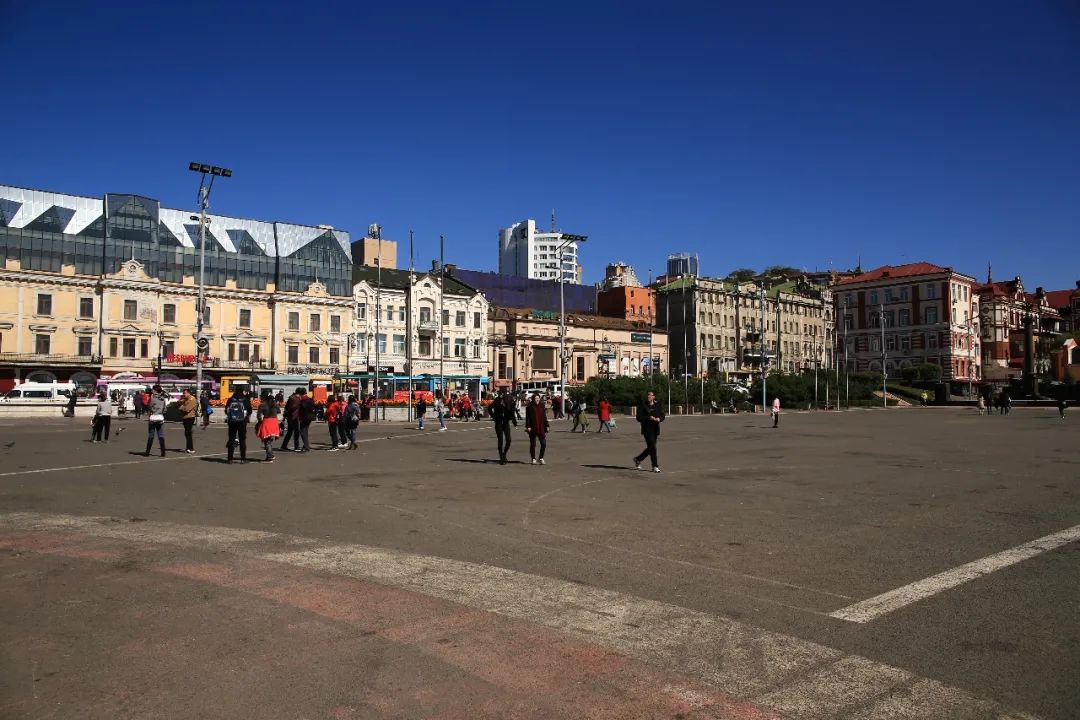

East side of the square
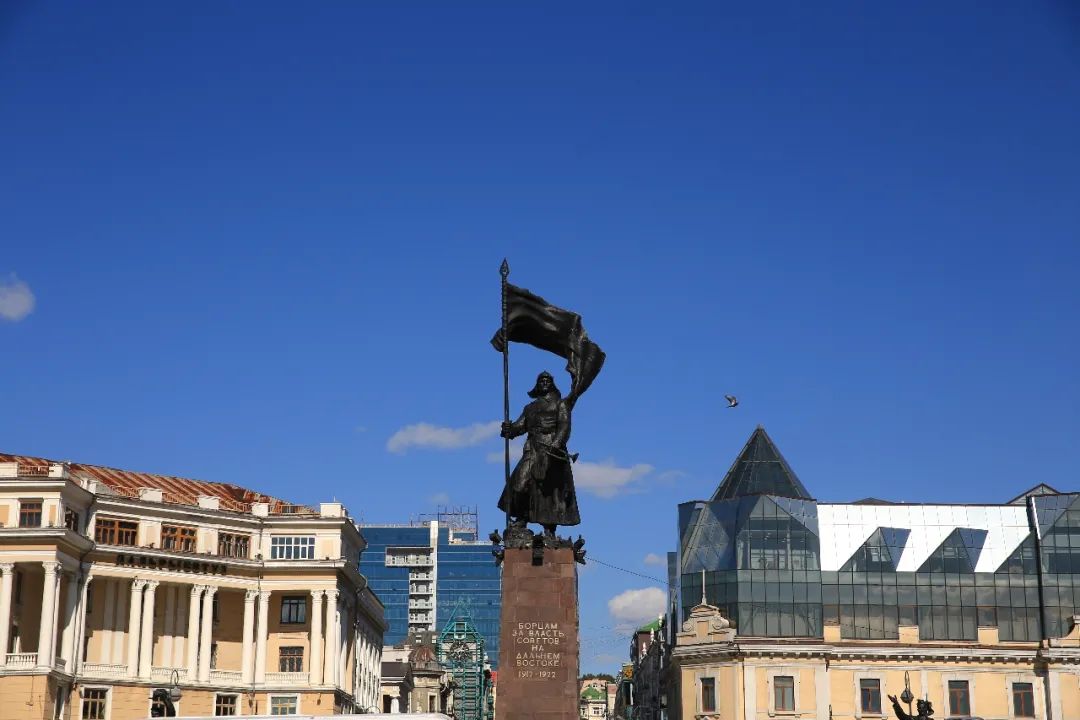
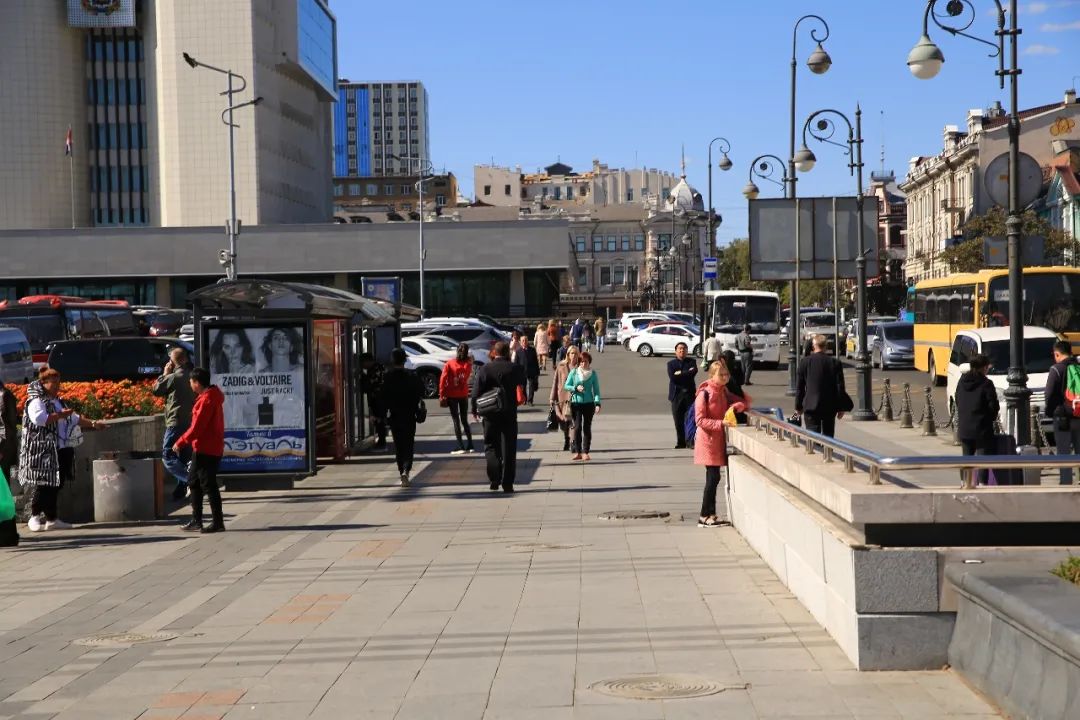
West side of the square
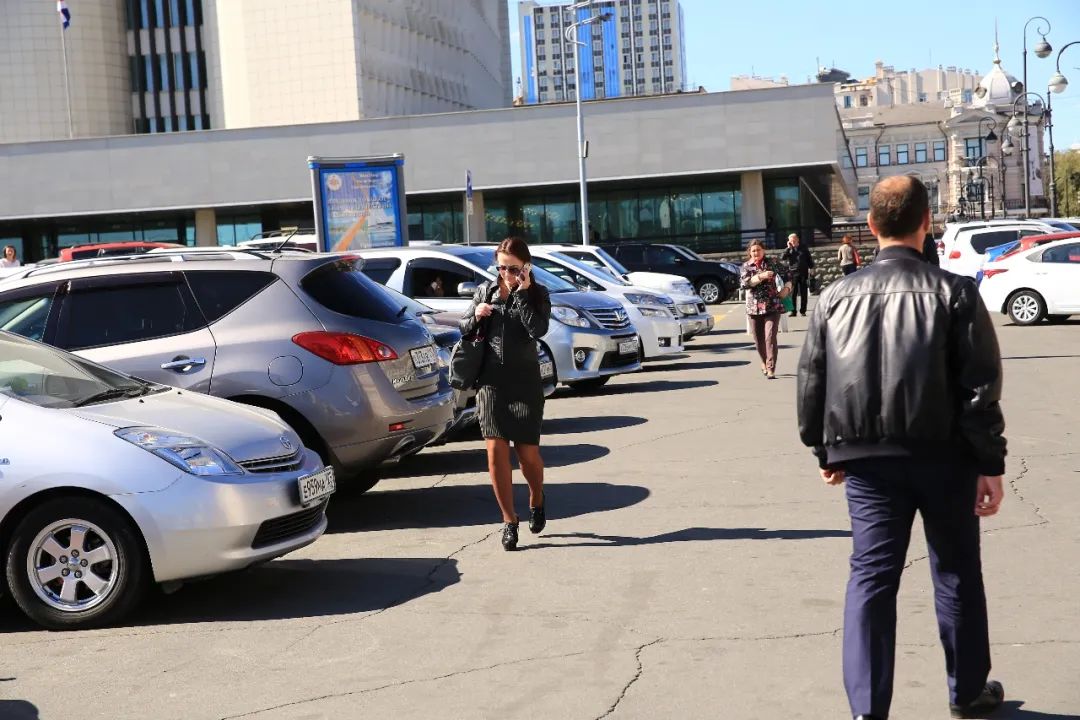
I don’t know if she’s considered a beauty or not.
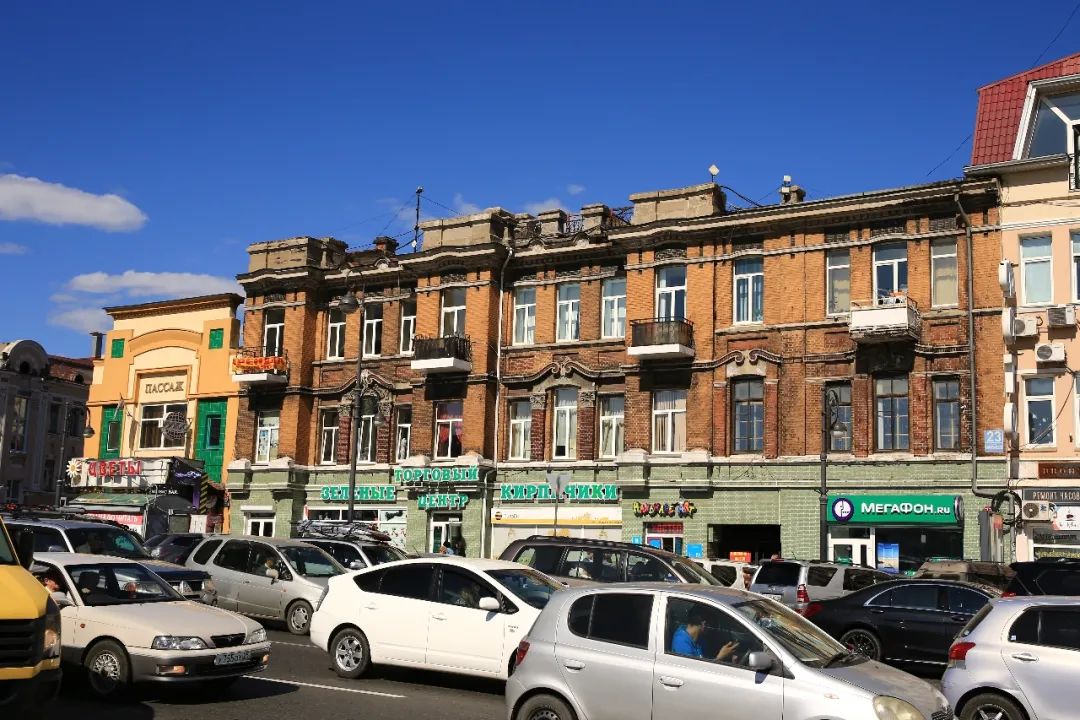

Street shooting continues

Traffic is rolling
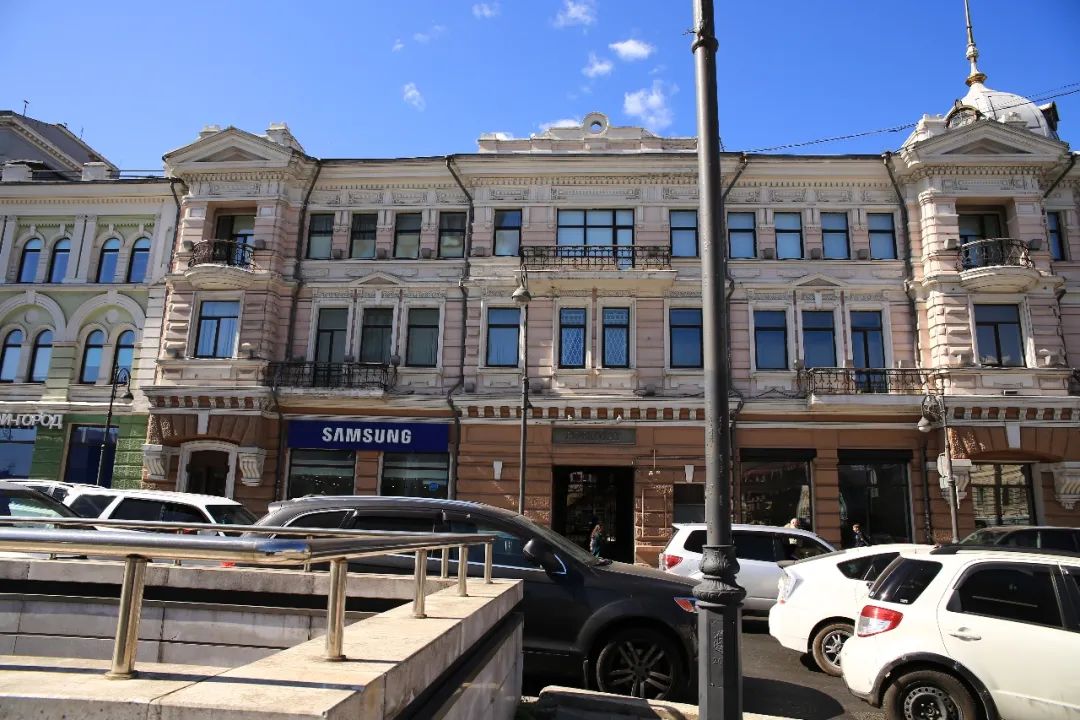

This building looks like a Western style.
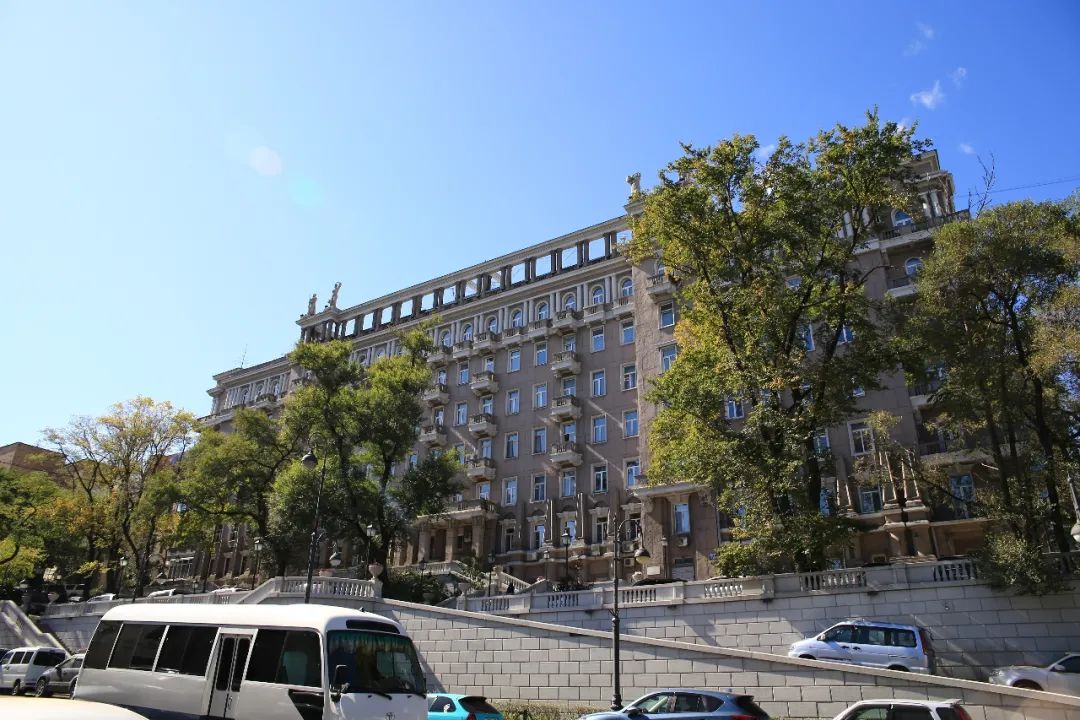
There is a railway to the south of the square, so you can go around it and then walk back to the square.
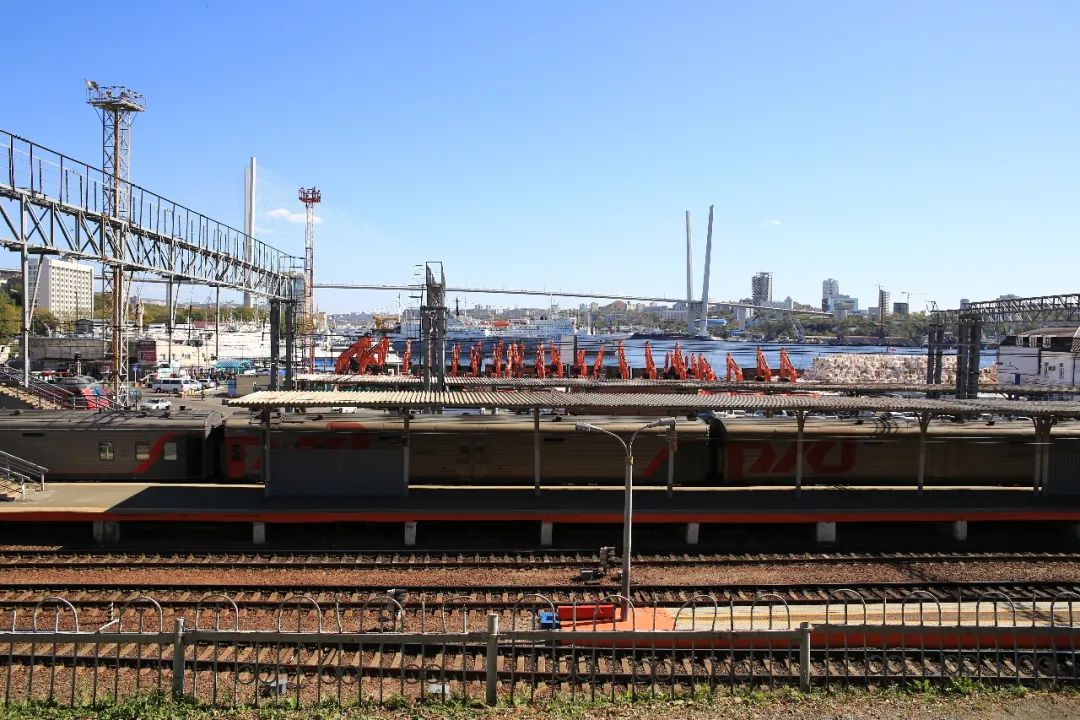
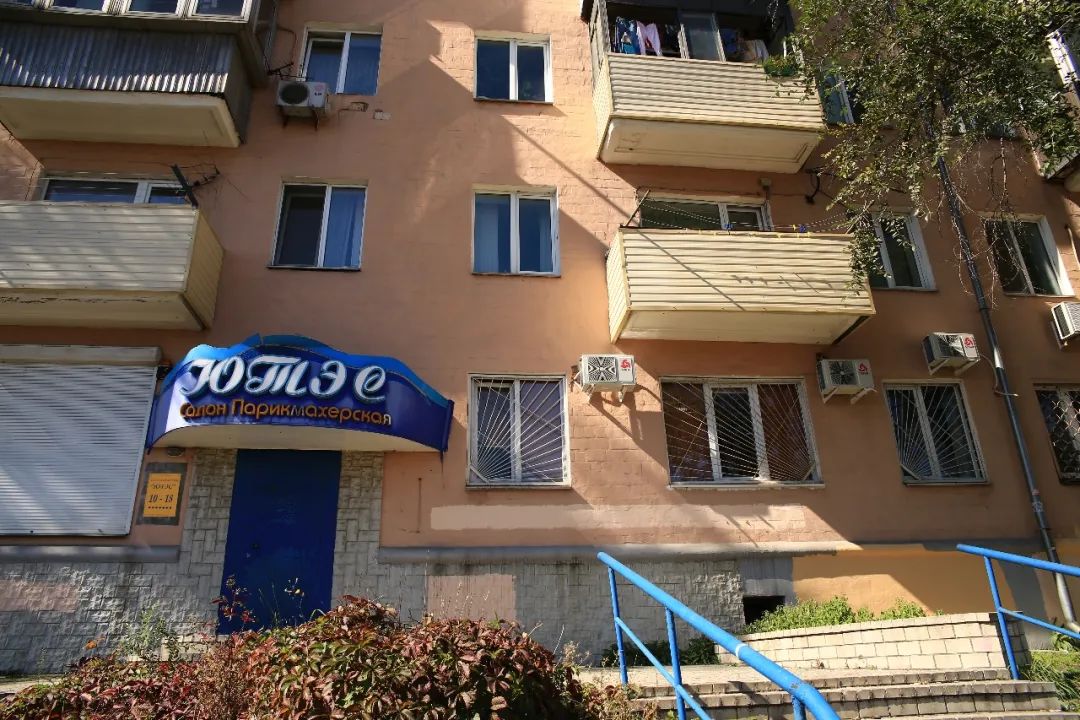

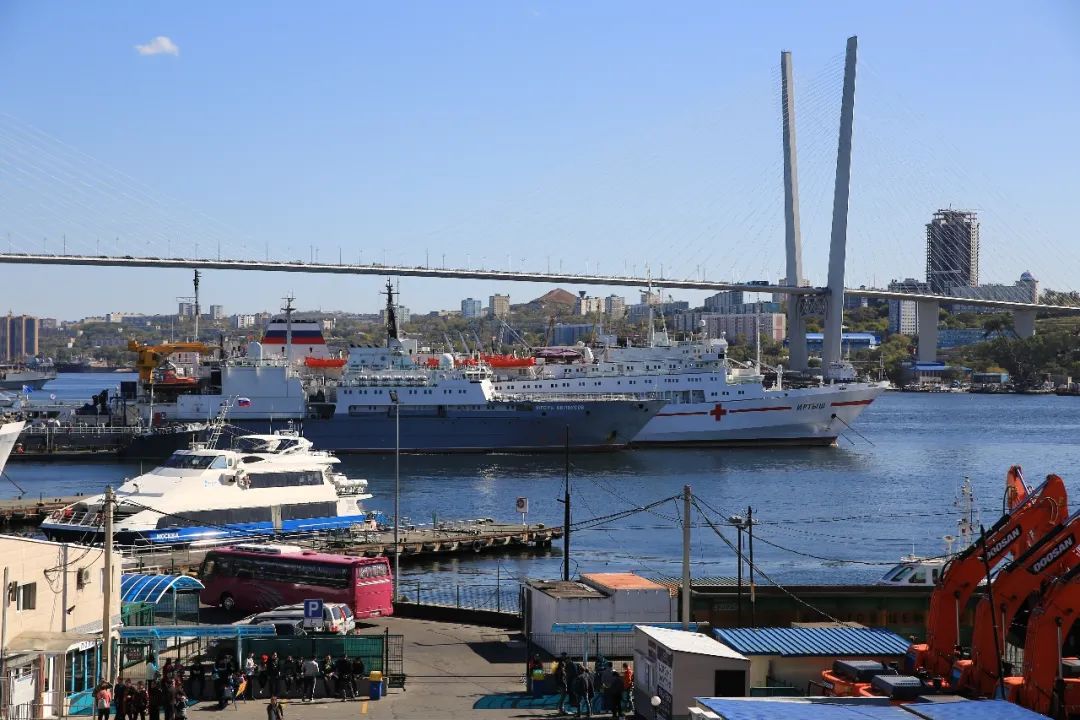
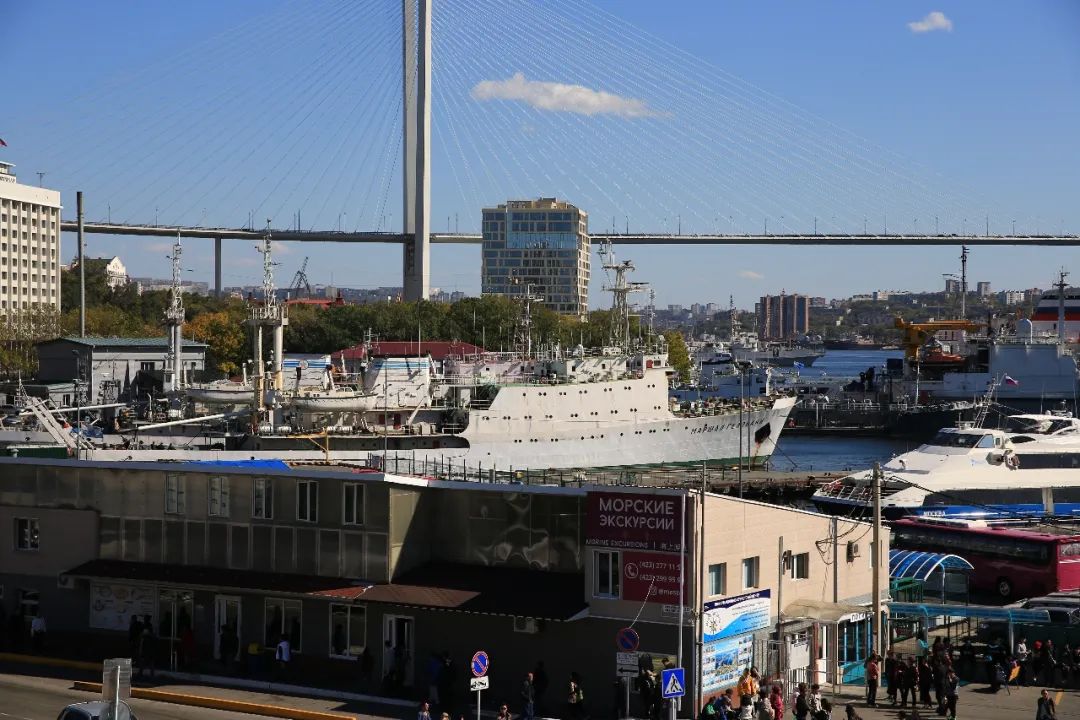

warships in port
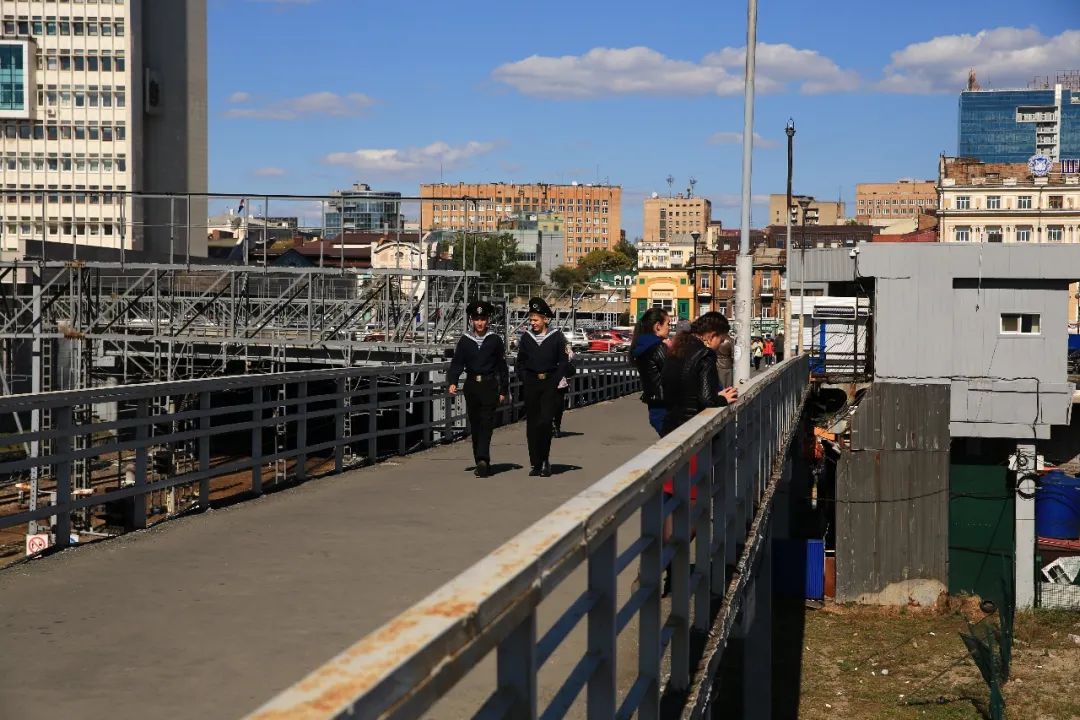
Sailors of the Pacific Fleet.
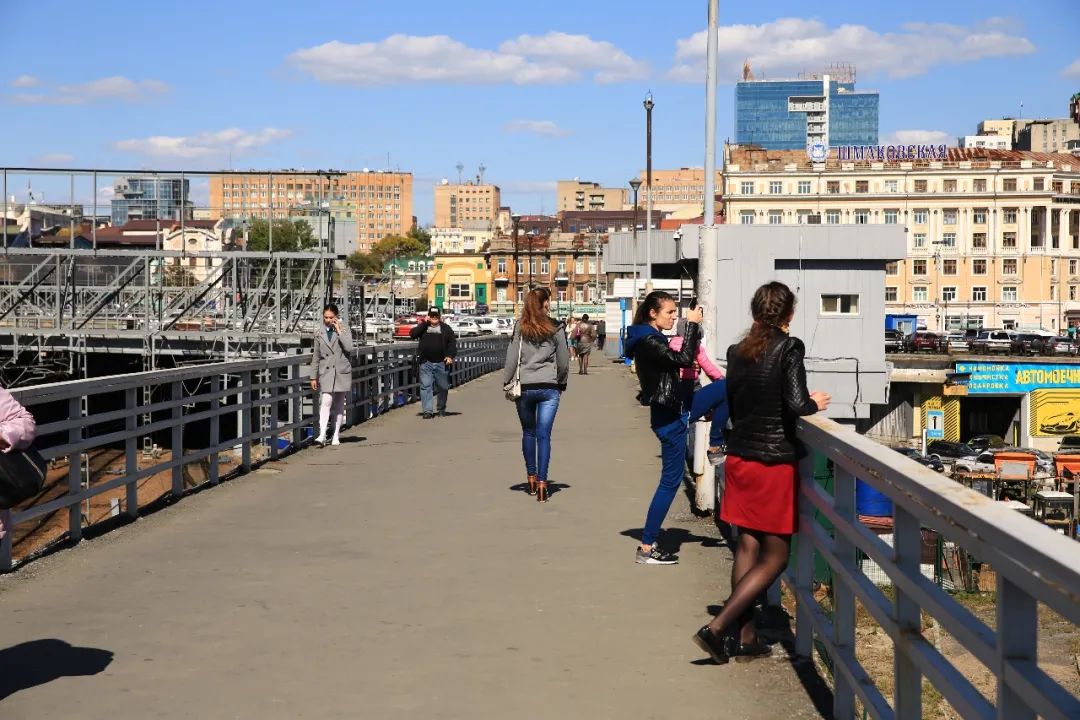
Keep taking pictures of beauties
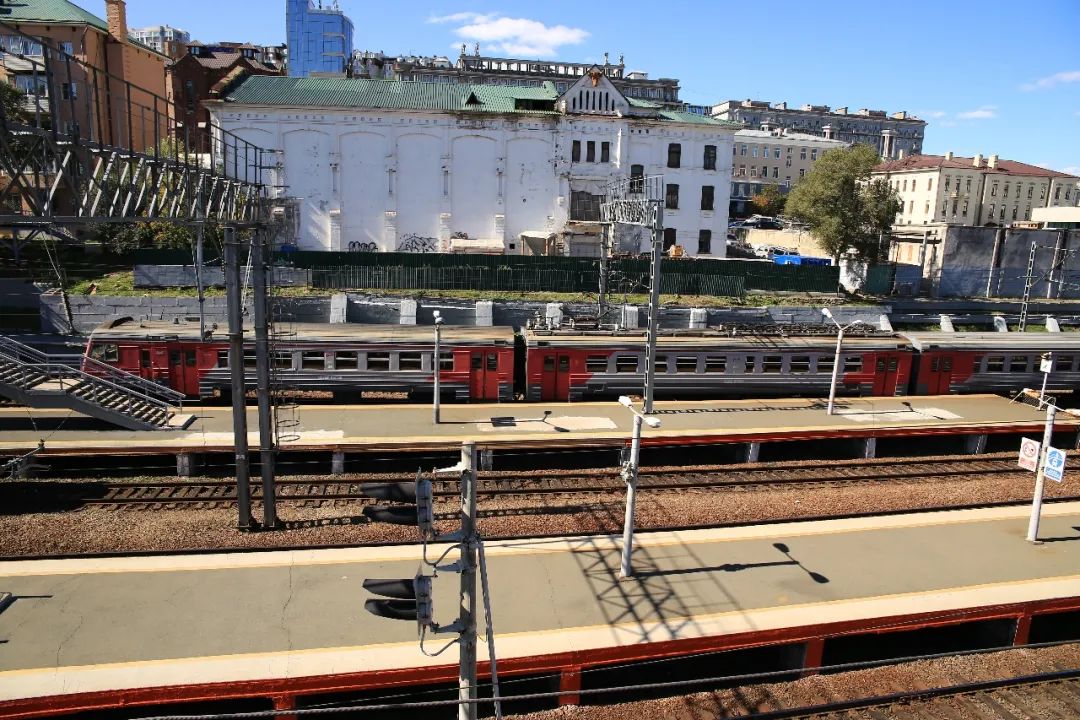
There should be a station down there

Go back to the square and walk along the street facing the square.


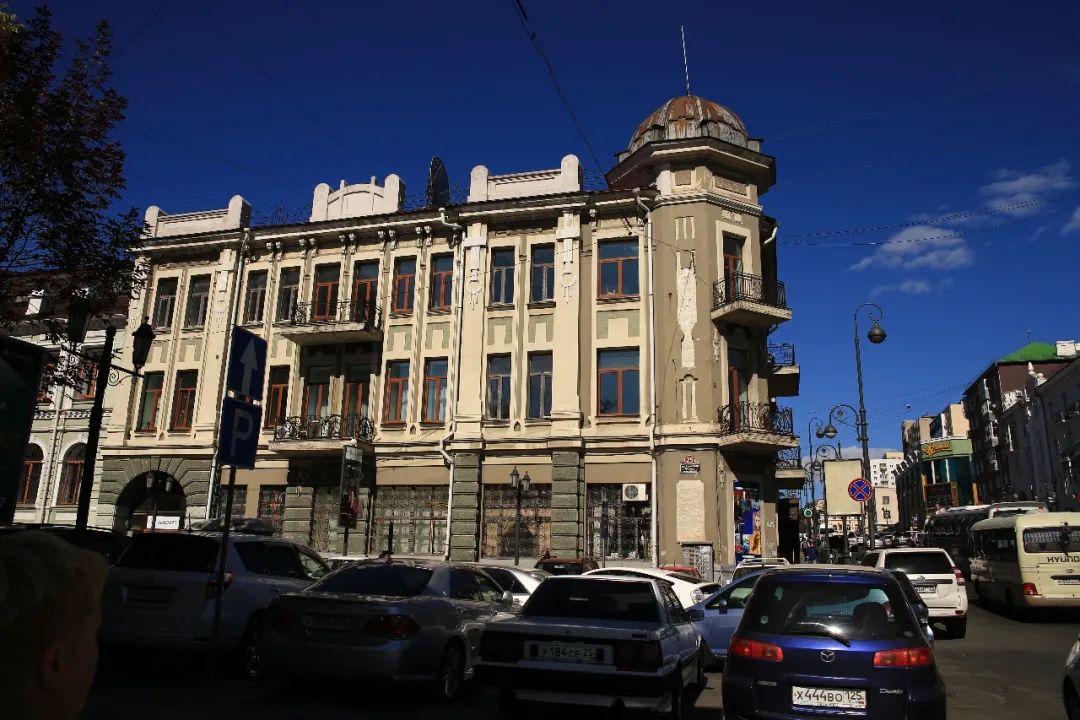
street view
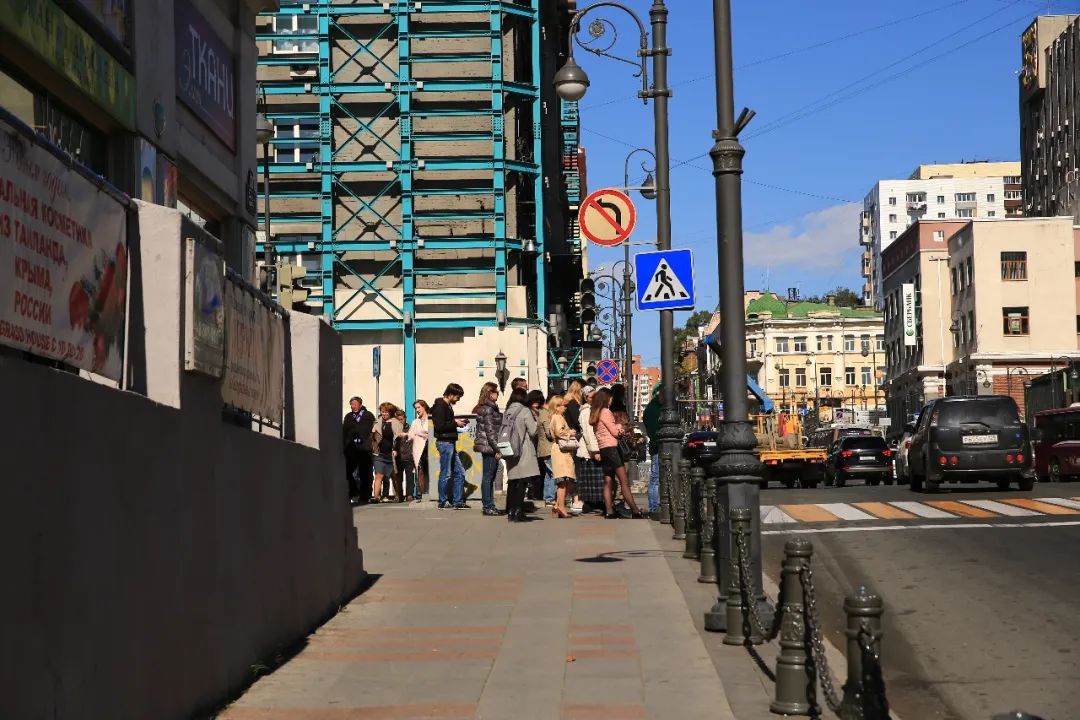
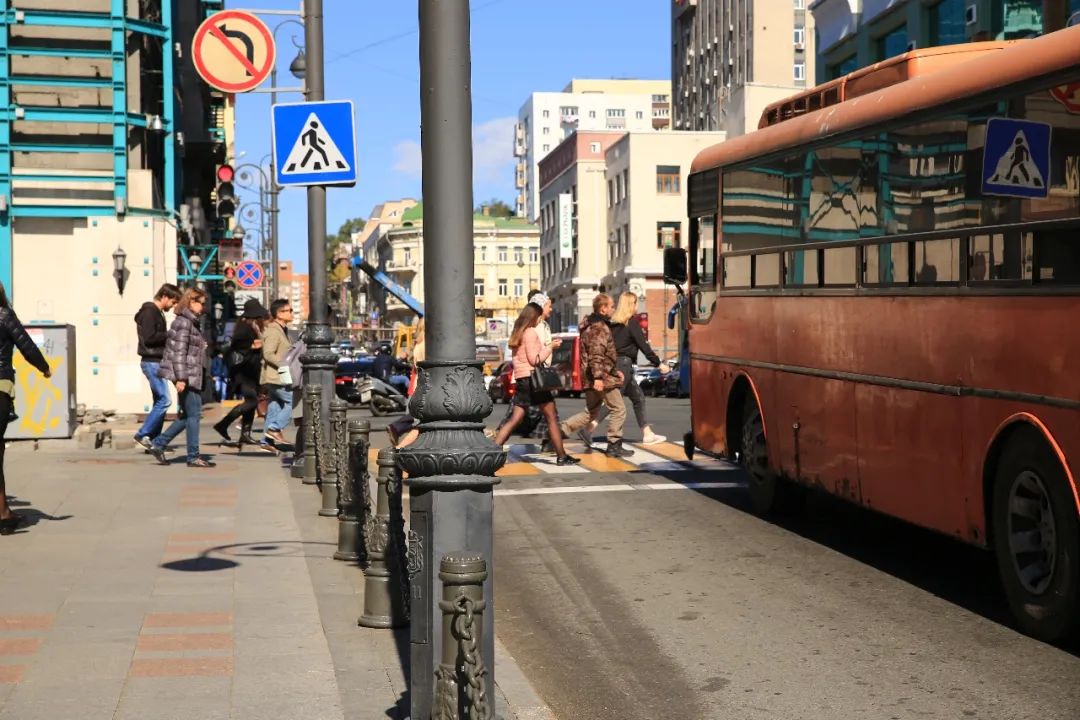
Pedestrians are very orderly.
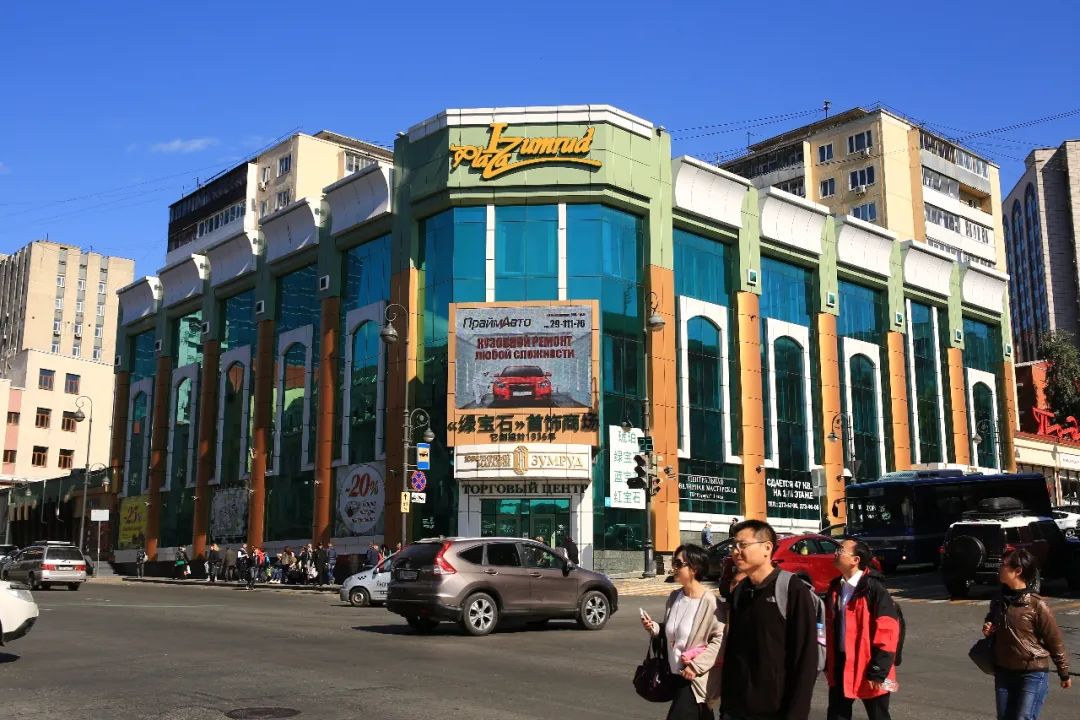
The logo of this store is in Chinese
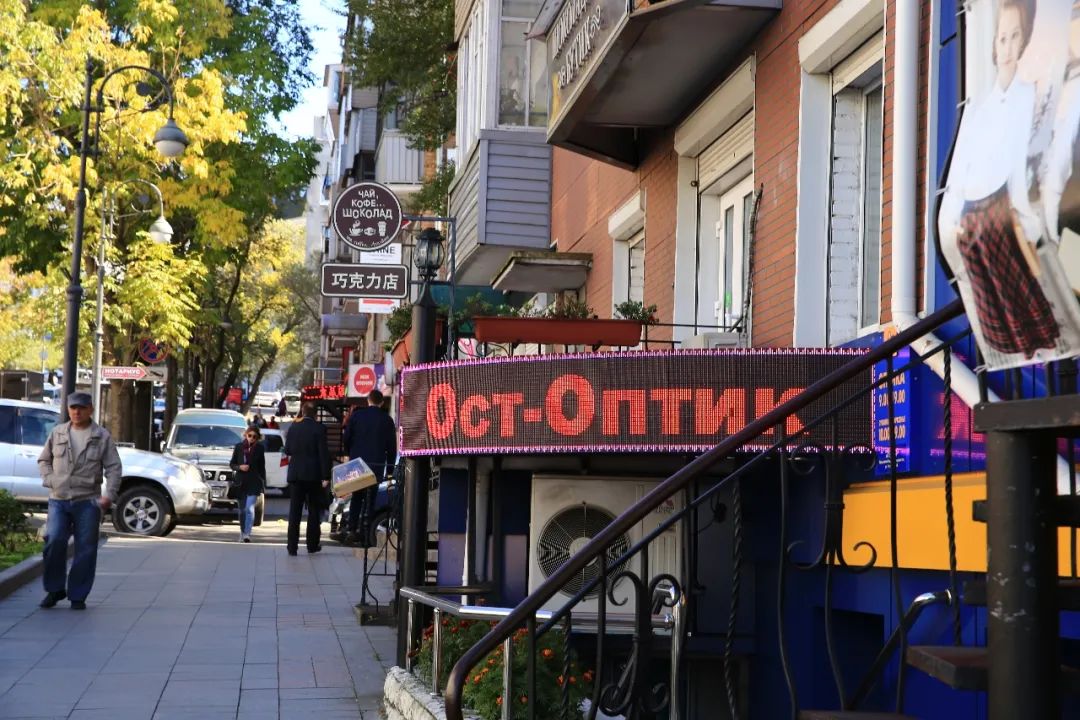
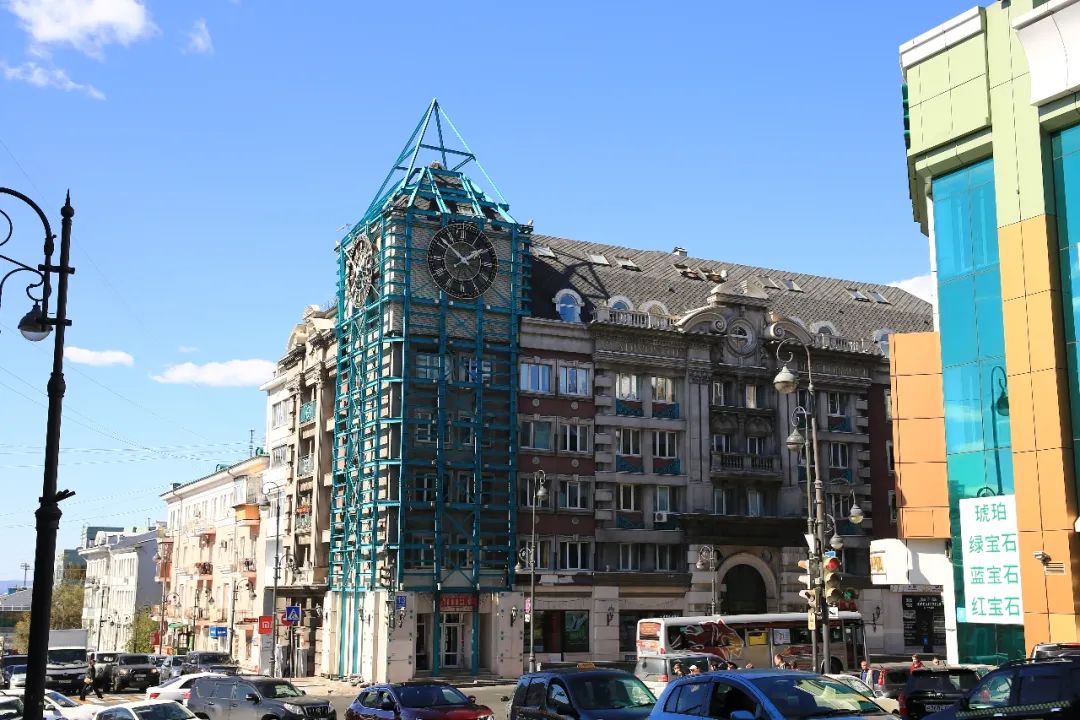
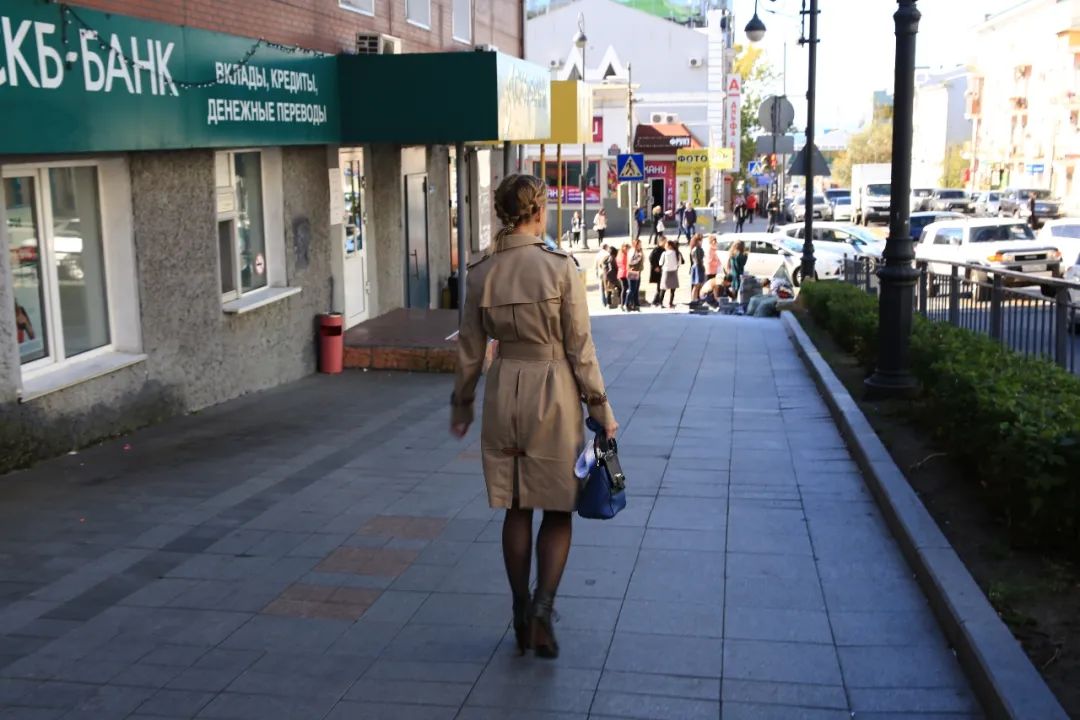
This one is very slim
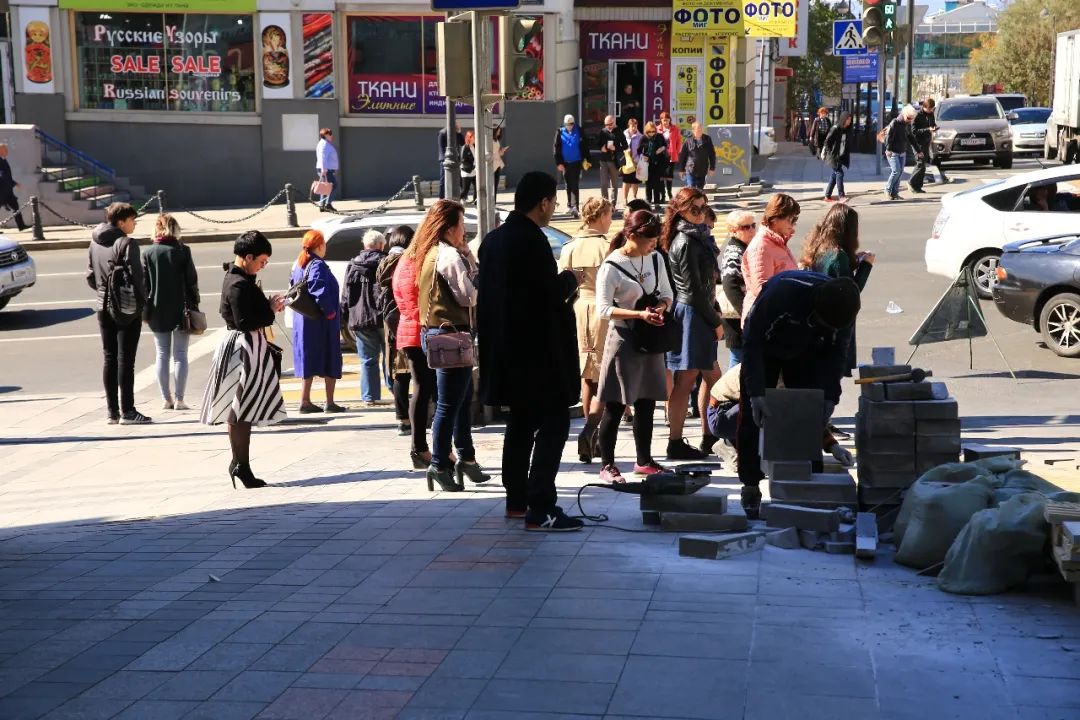

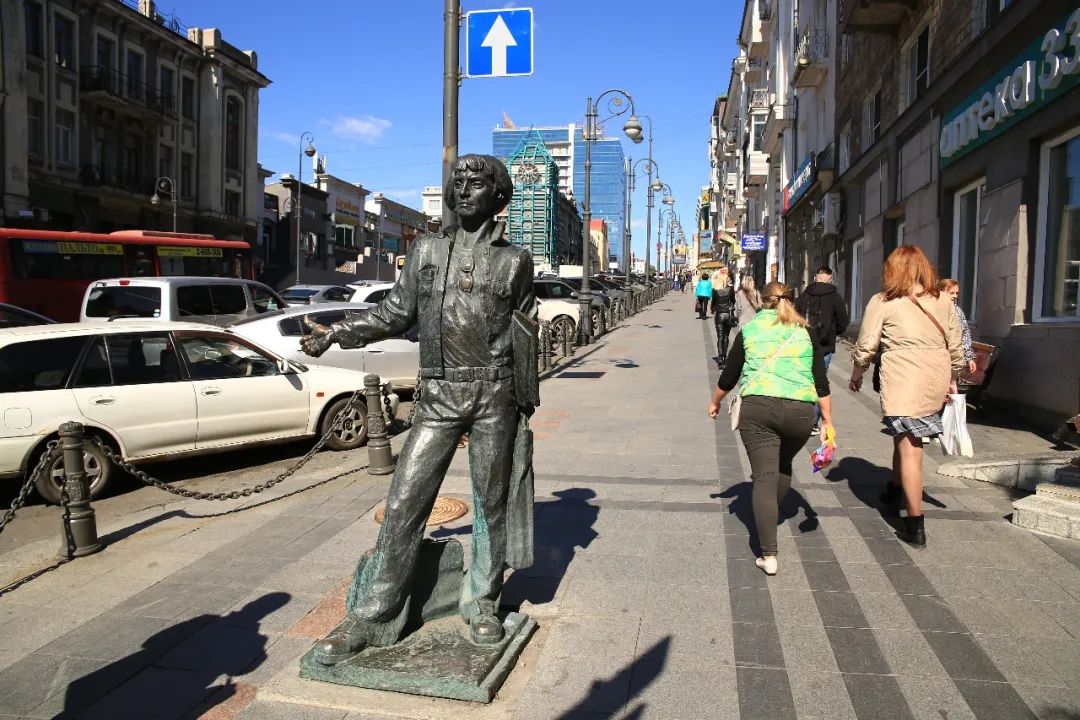
There are many sculptures

This is probably the aunt

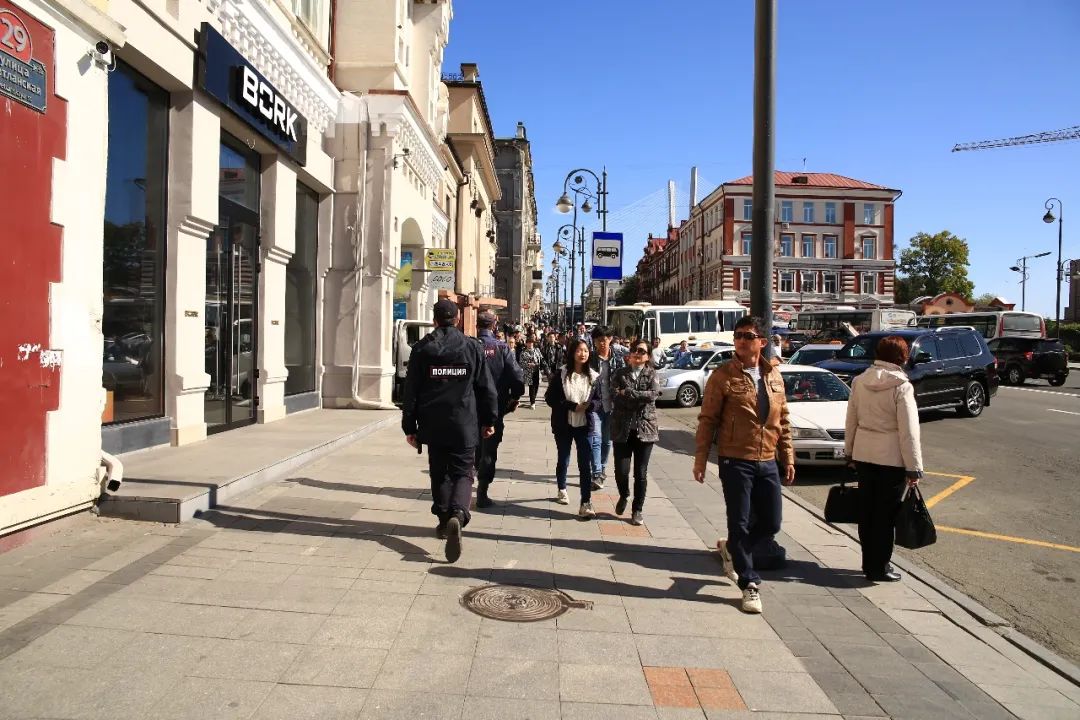
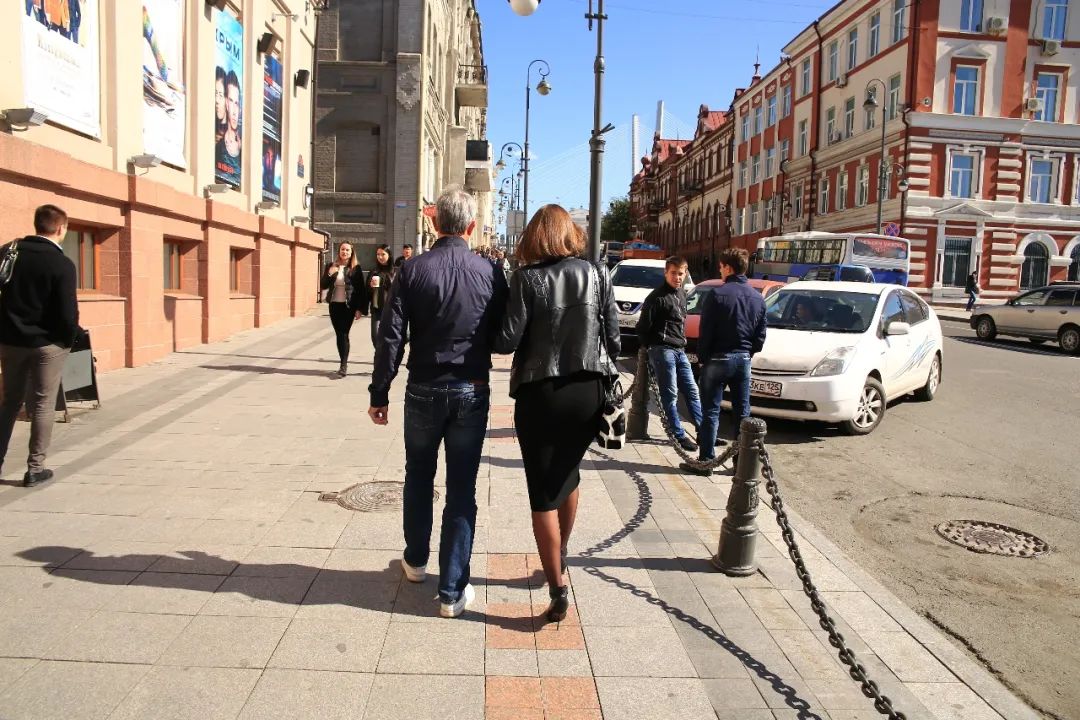
Street shooting continues
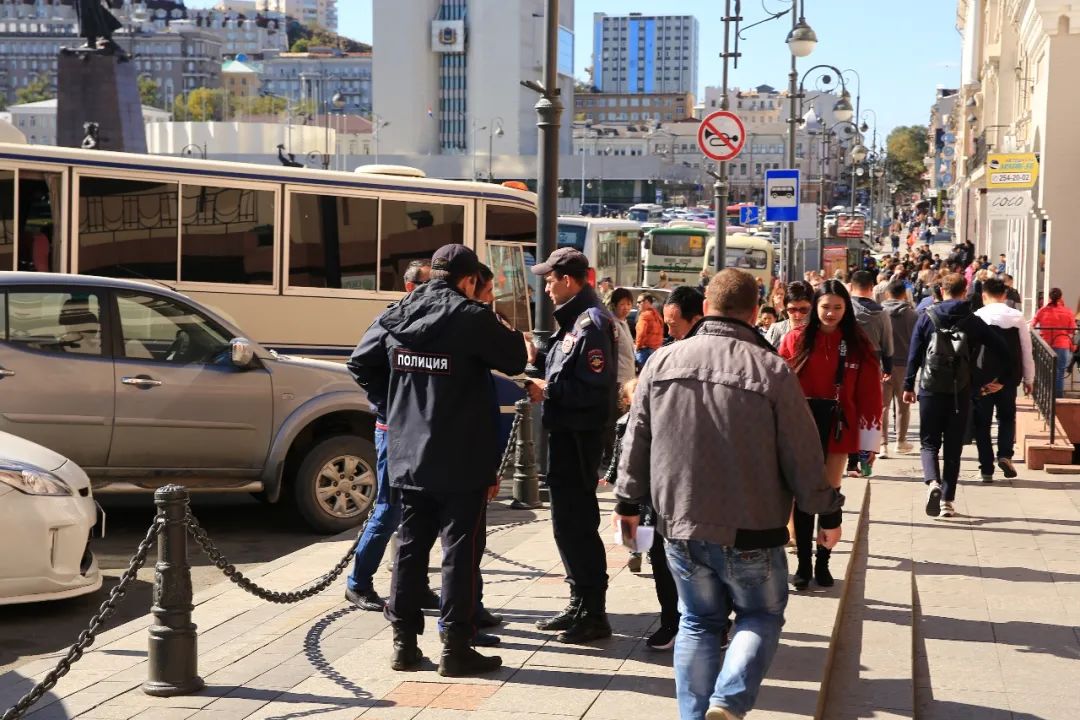
police on duty
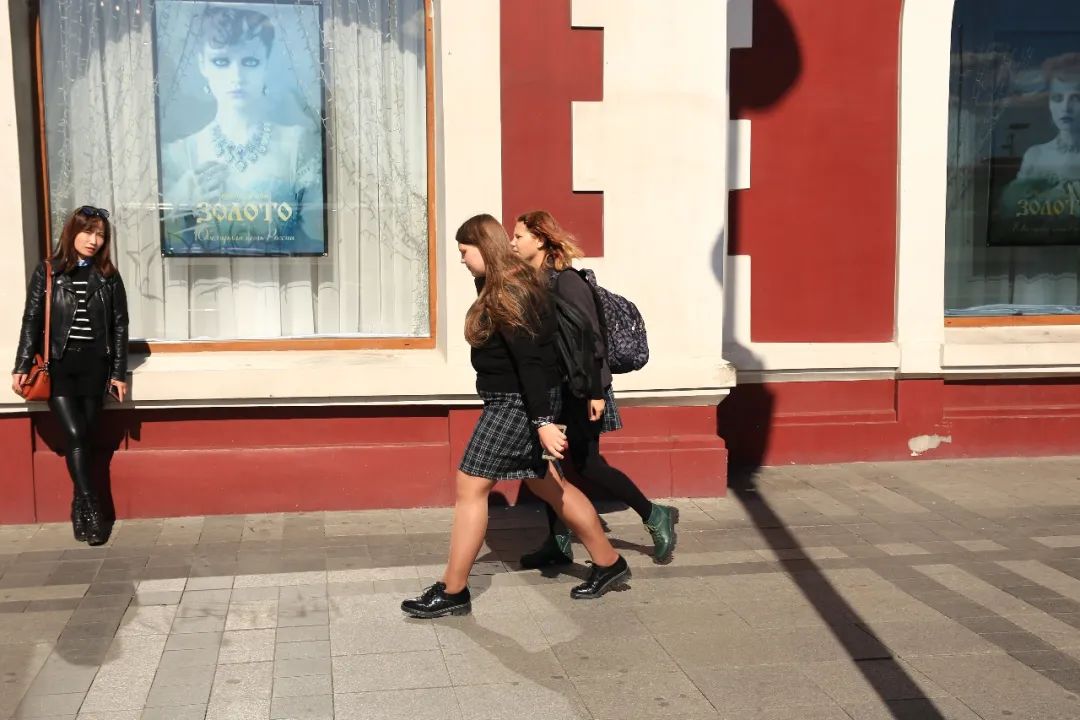
Generally speaking, the local white people are very beautiful. The tour guide explained that this is an Asian land, but the rulers are from Europe, and there are many mixed-race people. Generally speaking, mixed-race people are very beautiful.

The restaurant at noon is a seafood dinner included in the tour fee, and you have to pay for the rest by yourself. The hotel is in a small street. There weren’t many people watching outside, but there were so many people dining inside! They are all Chinese, probably because of the large number of people during National Day. The owner of the restaurant is also Chinese, which is really rare.
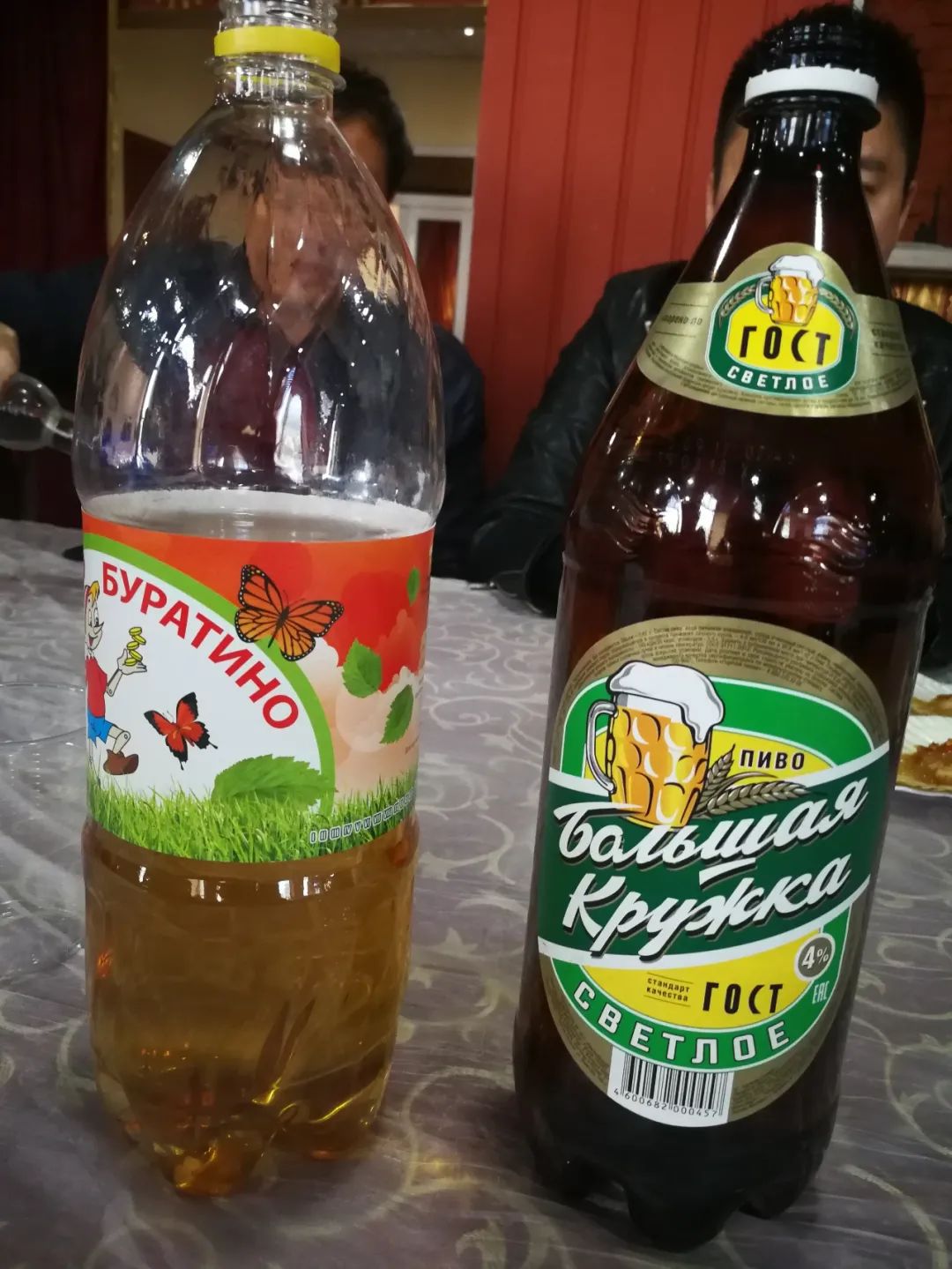
Russian drinks

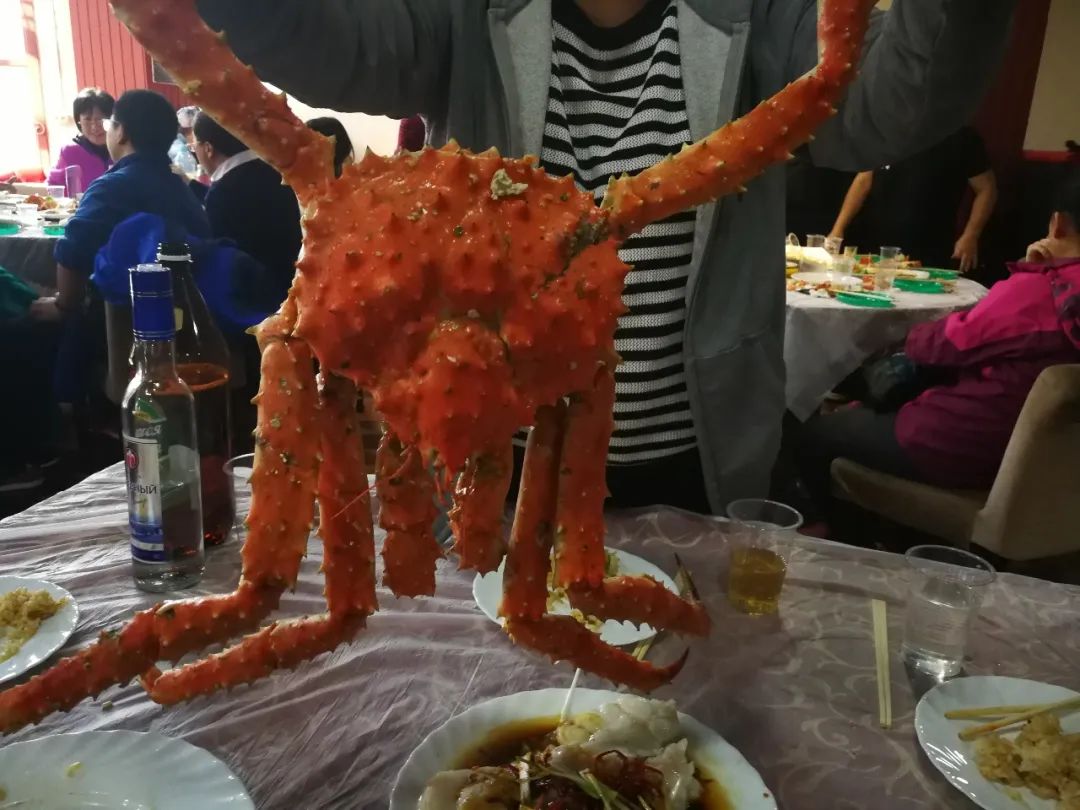
King crabs are not uncommon in Jilin, but they are really rare elsewhere.
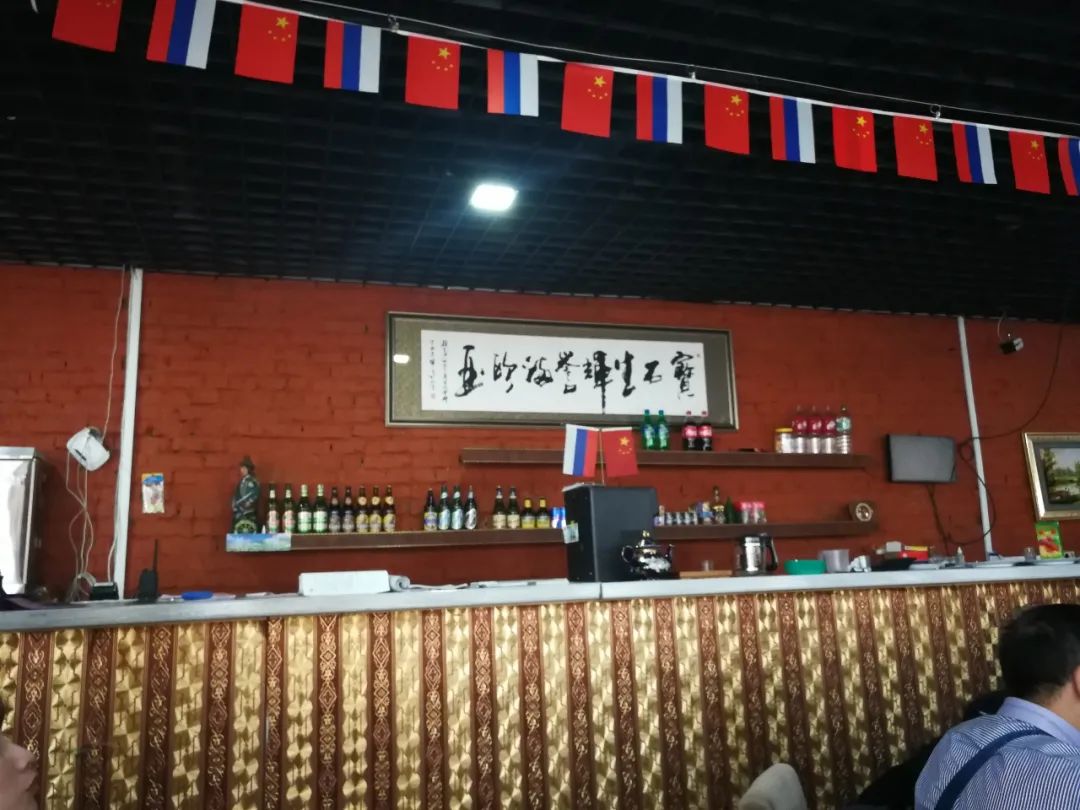
You can tell it's a Chinese boss!
The hotel was noisy and chaotic, fully reflecting the characteristics of the Chinese people .
.
After lunch the next attraction is Vladivostok Railway Station.
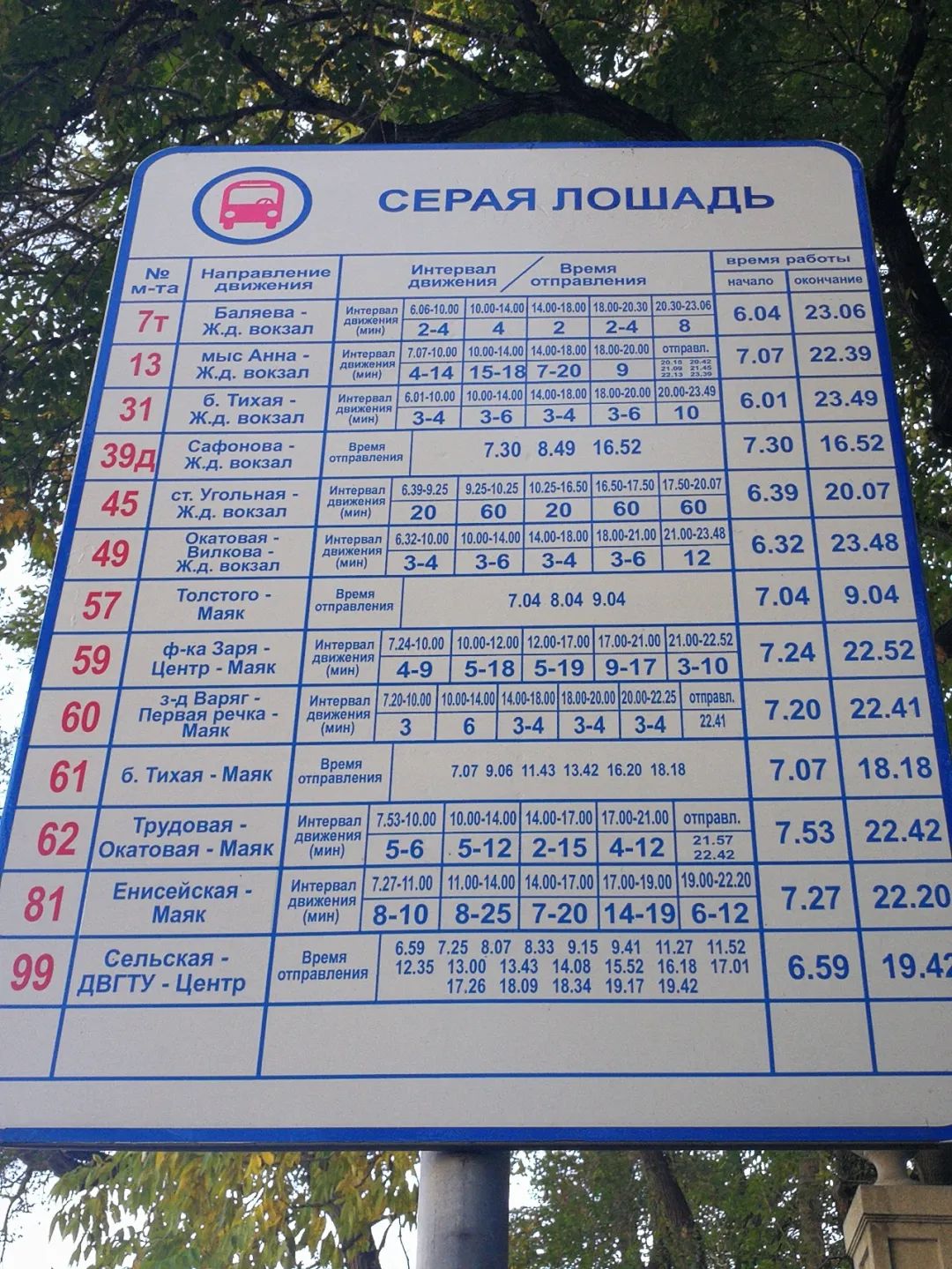
I couldn’t understand the bus stop signs I took on the road.
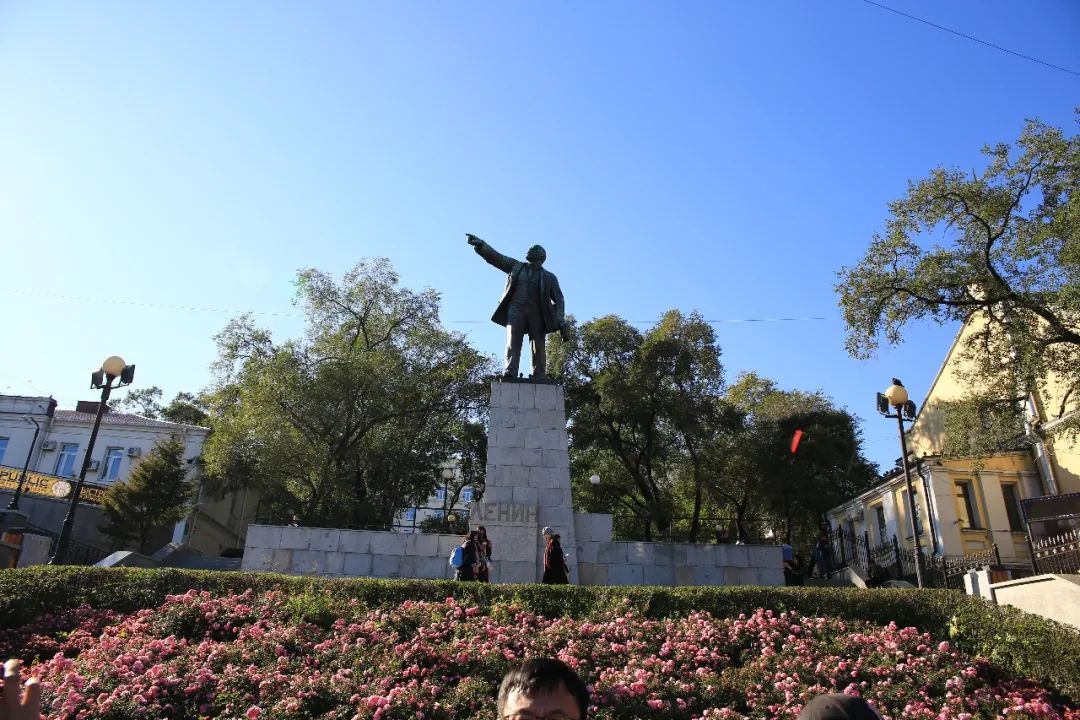

This Lenin statue is said to be the only Lenin statue preserved in Russia.
The train station is across the road. When we crossed the intersection, we didn’t even look at the signal and walked straight away. The tour guide Anna shouted at everyone to obey the traffic rules. I reminded her that the people who didn’t look at the signal at the intersection were not from our team. She turned around and walked away. Shouting at me, "But those are you Chinese!"
 , which made me speechless. Objectively speaking, the quality of Chinese people traveling to Vladivostok is really not that perfect. In comparison, local Russians are very civilized when driving and know how to give way to pedestrians.
, which made me speechless. Objectively speaking, the quality of Chinese people traveling to Vladivostok is really not that perfect. In comparison, local Russians are very civilized when driving and know how to give way to pedestrians.

Vladivostok Railway Station was built in 1912 according to the Russian 17th-century architectural style. You can visit this train station and enter from a bridge across the railway. The house in front of the railway is the waiting room. It is still a station in use. You can't enter the waiting room without a ticket.
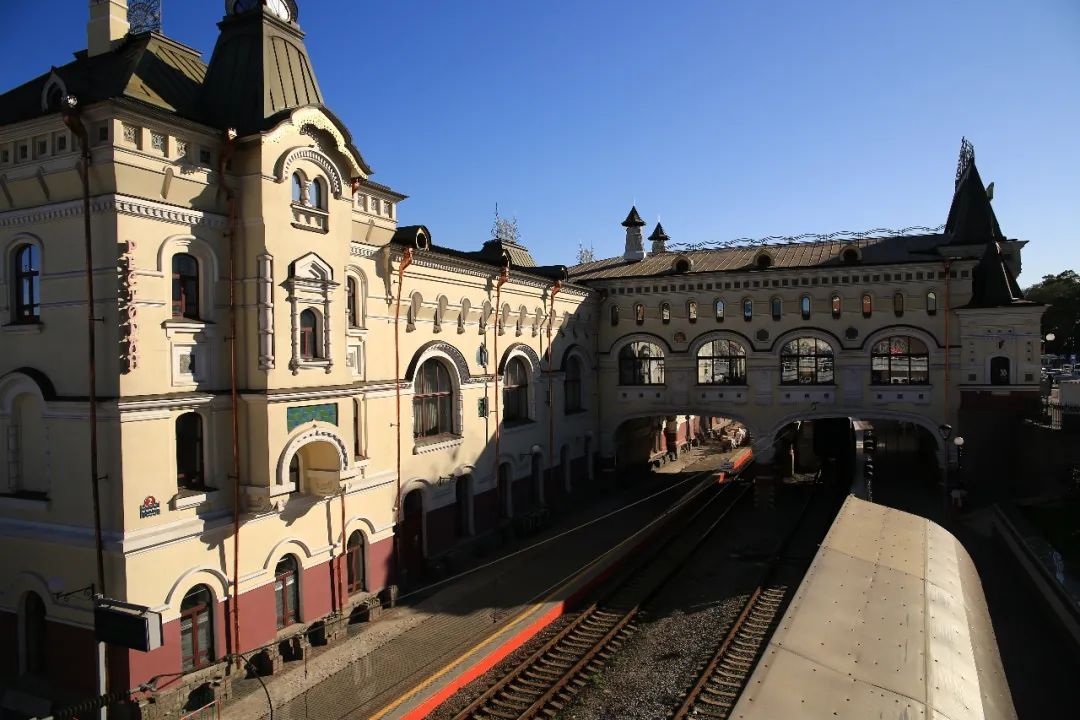
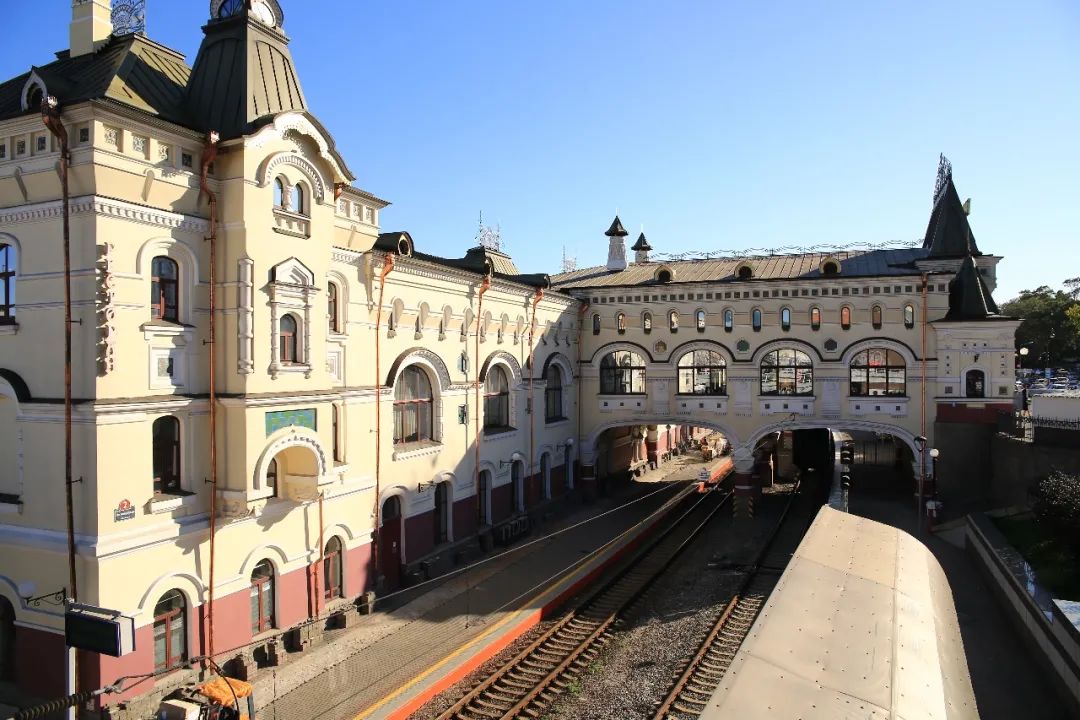
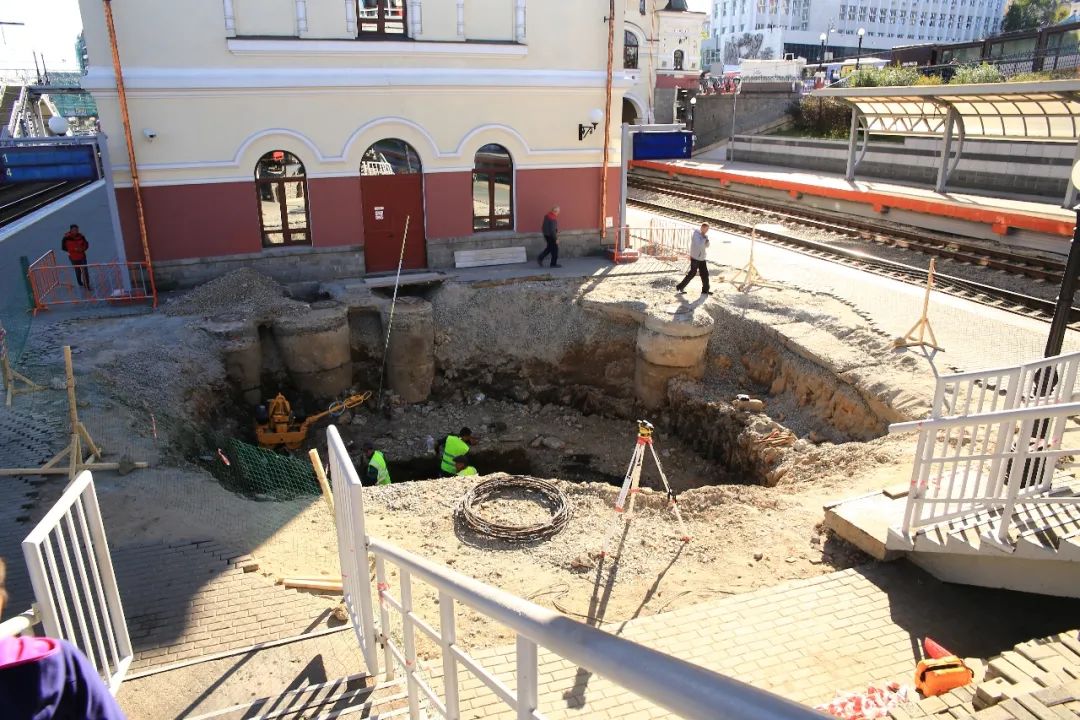
Catch a construction site.
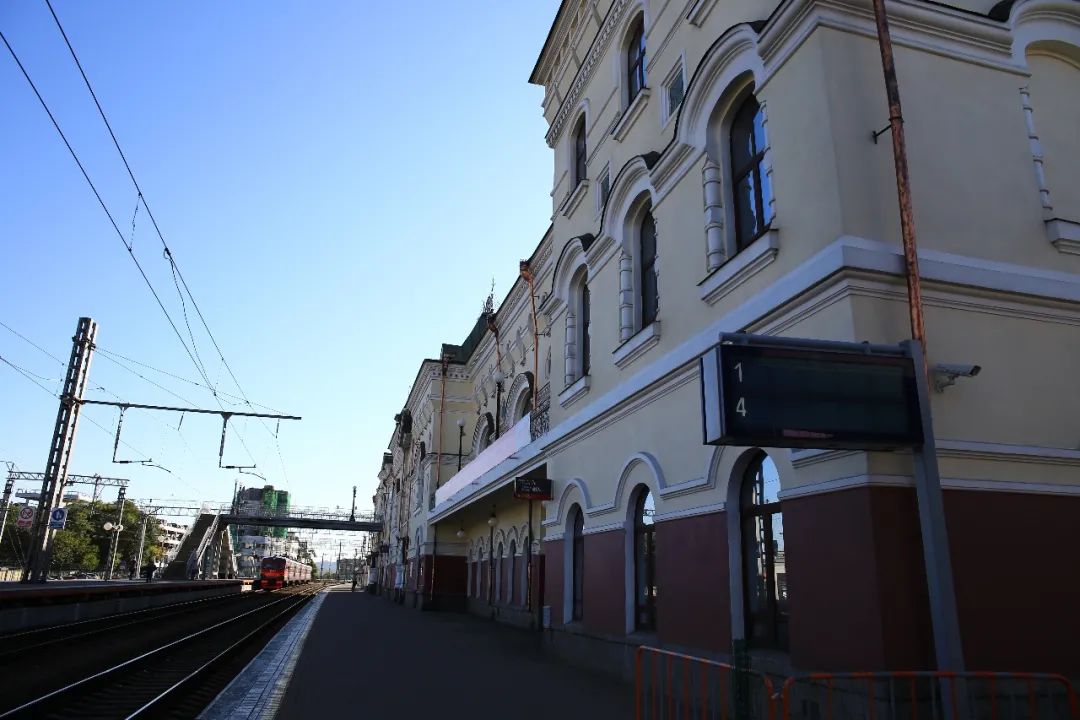
Go down to the platform.
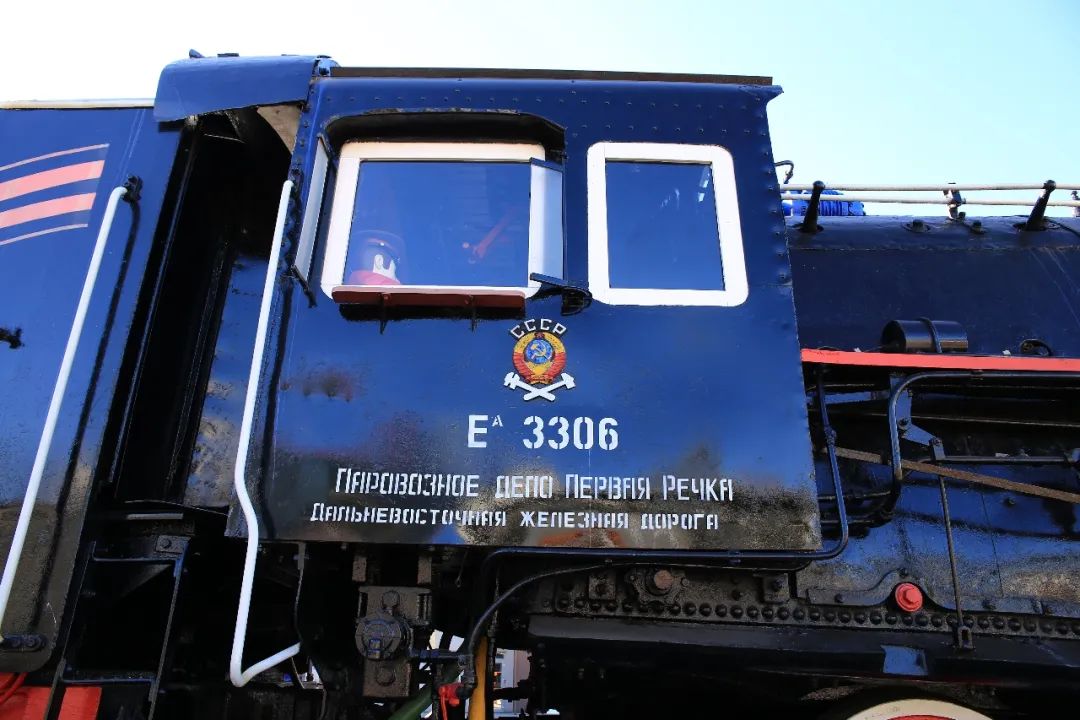
A steam locomotive passes by.


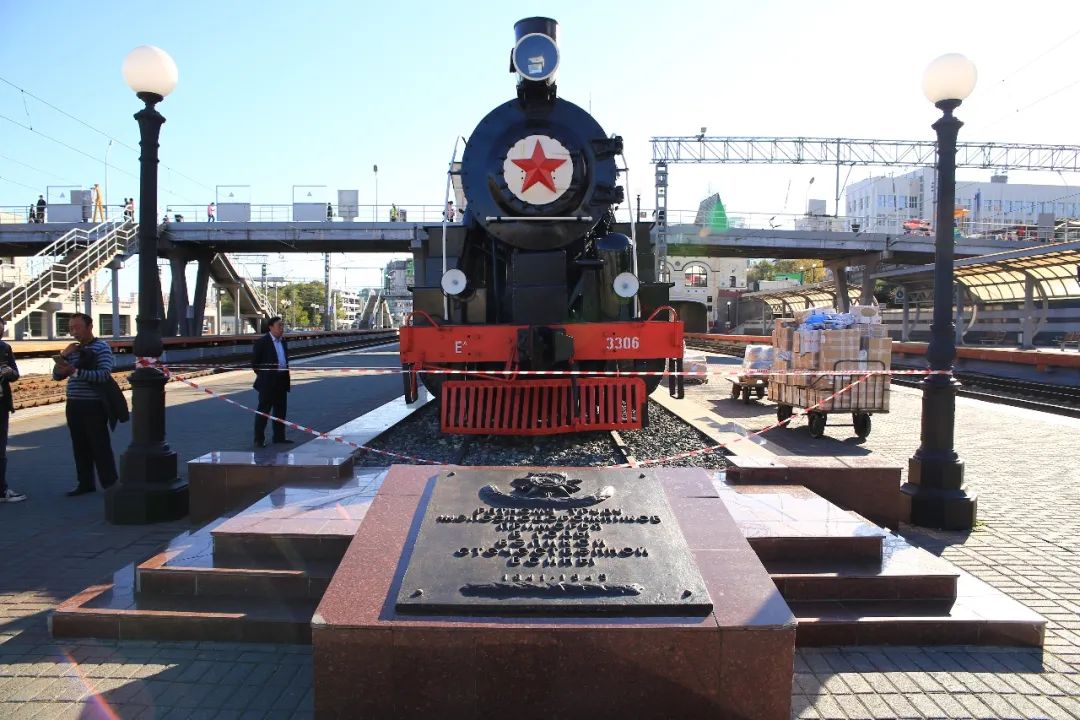
The station has a steam locomotive. This was a steam locomotive designed by Soviet engineers during World War II. It was manufactured in the United States and shipped to the Soviet Union by sea. Before 1963, this steam locomotive was running on the Trans-Siberian Railway to commemorate the war years. Railway workers established this physical monument in 1995 on the 50th anniversary of the victory in World War II.
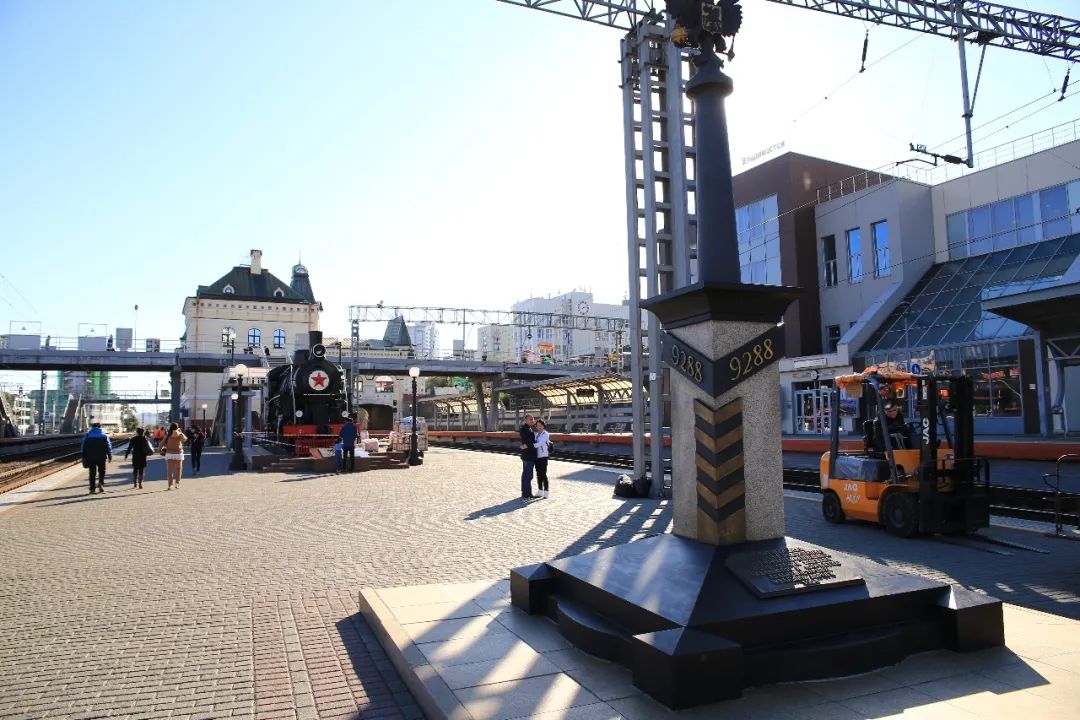

There is a sign engraved with 9288 in front of the locomotive, which is the sign of the eastern terminus of the large railway that runs through Russia, indicating that the distance from then to Moscowco is 9288 kilometers.
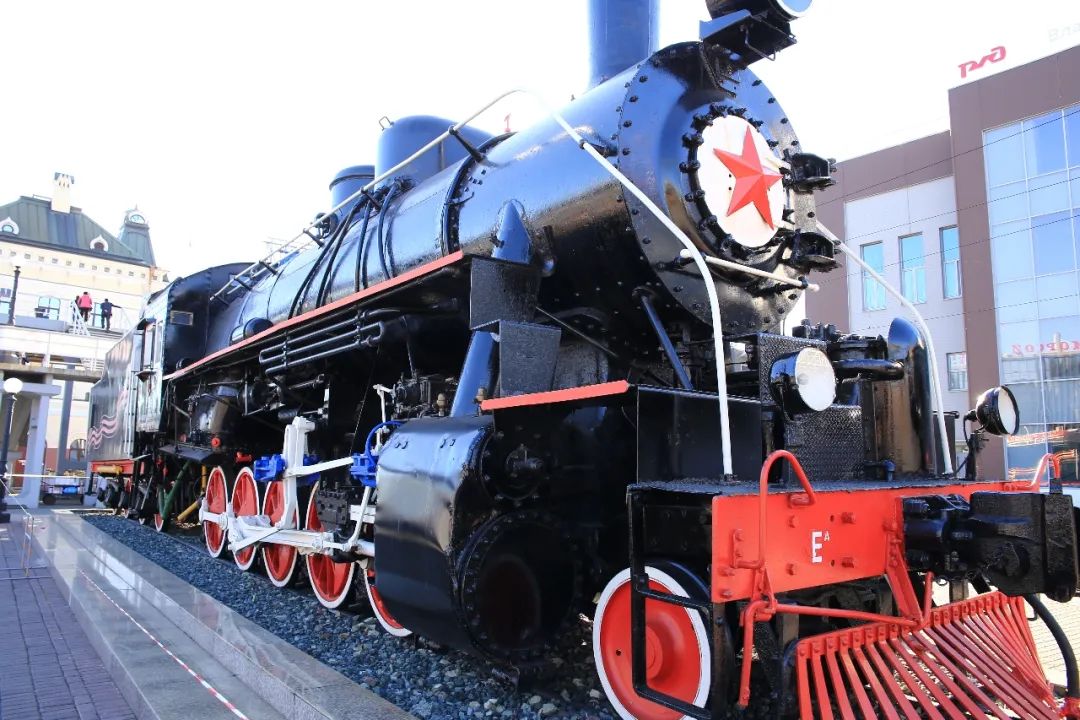
Go for a walk inside the station.
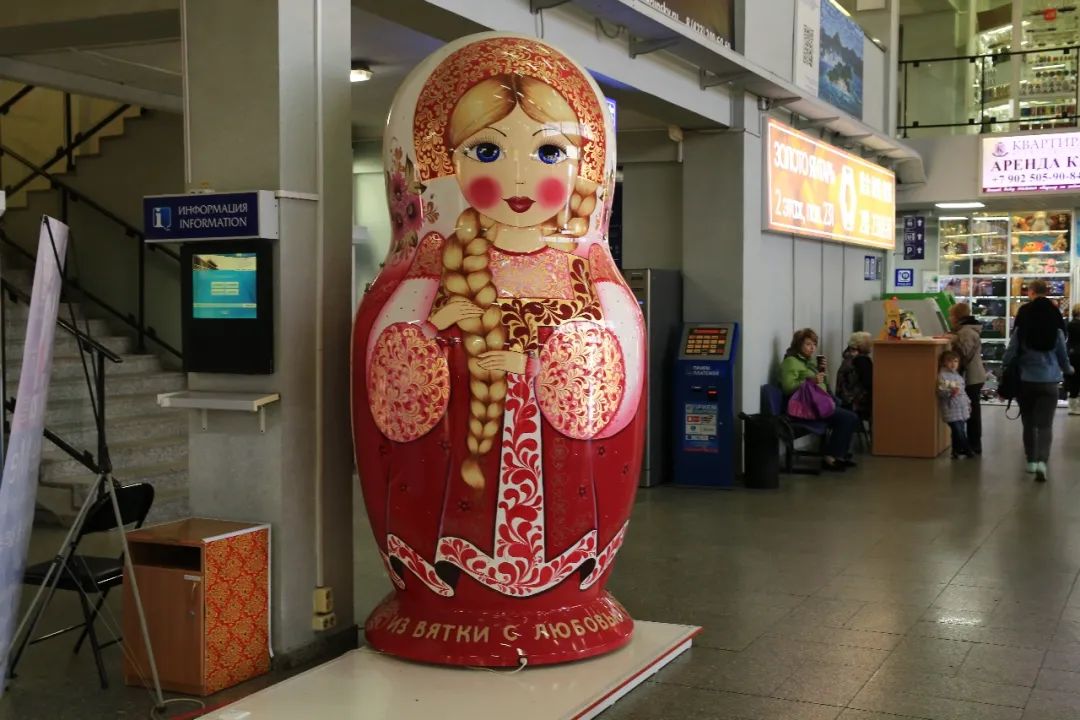
Large Russian matryoshka doll.
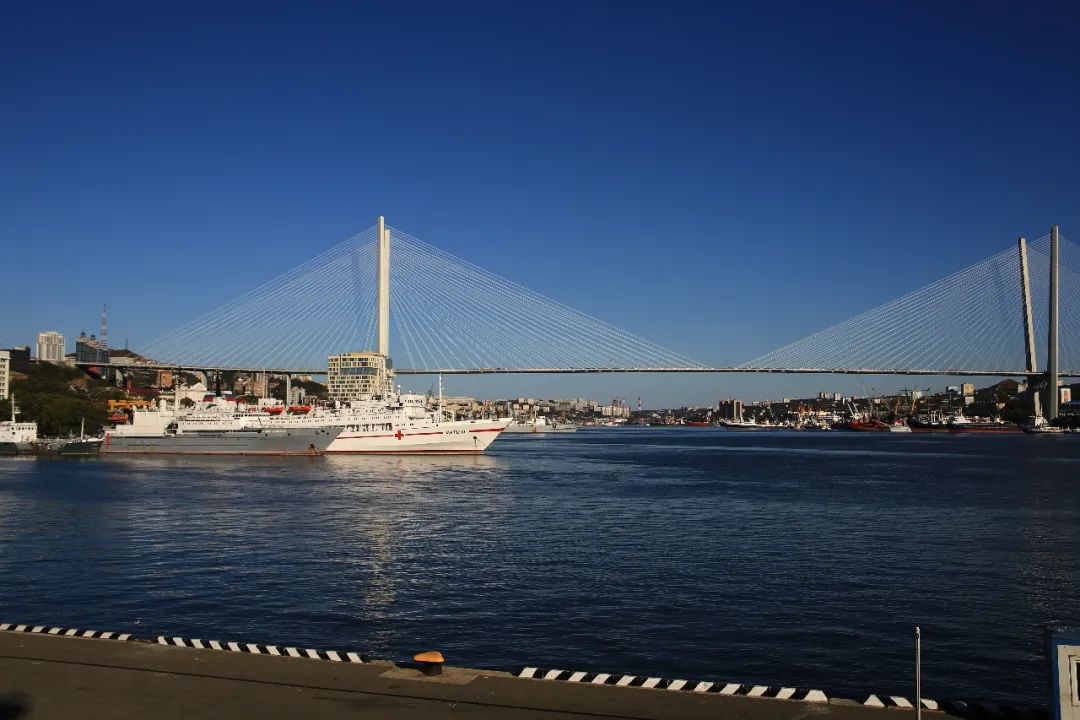
Behind the station is the port. You can see the bridge and warships you saw in the morning. In fact, you can see them circling around a small area all day long.
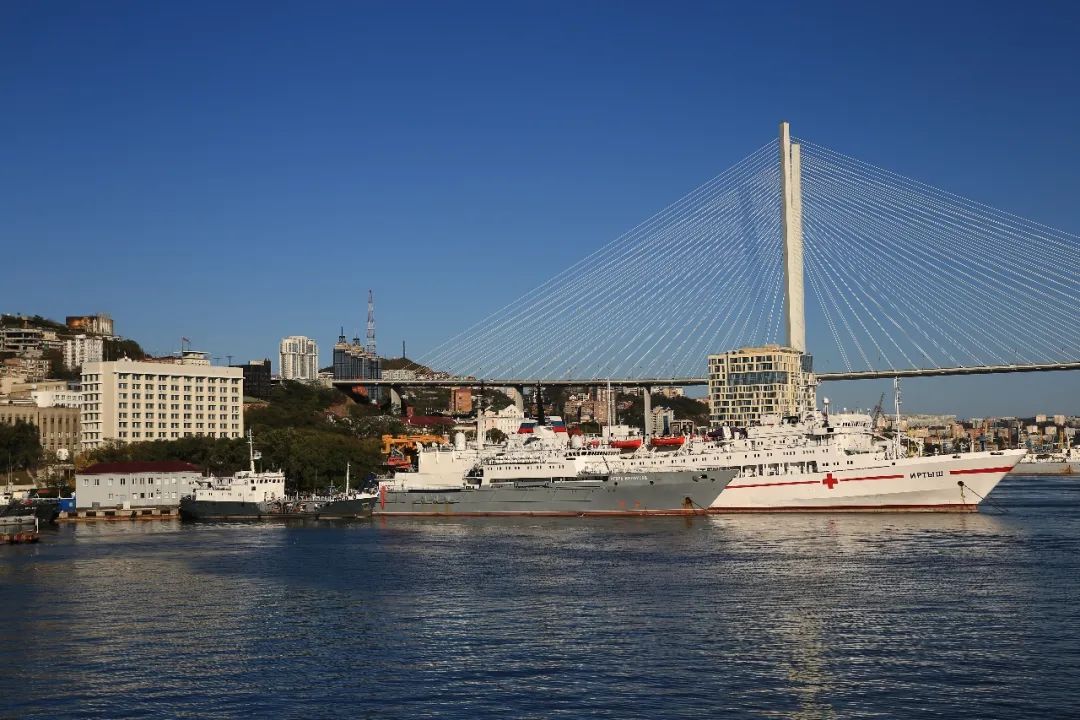
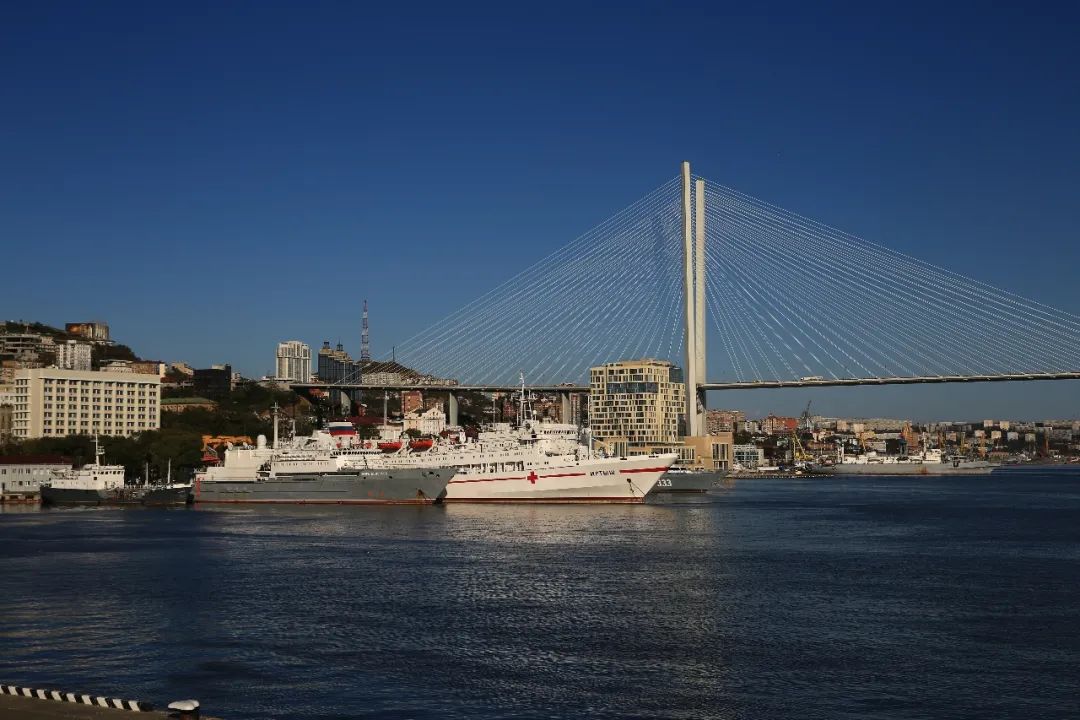
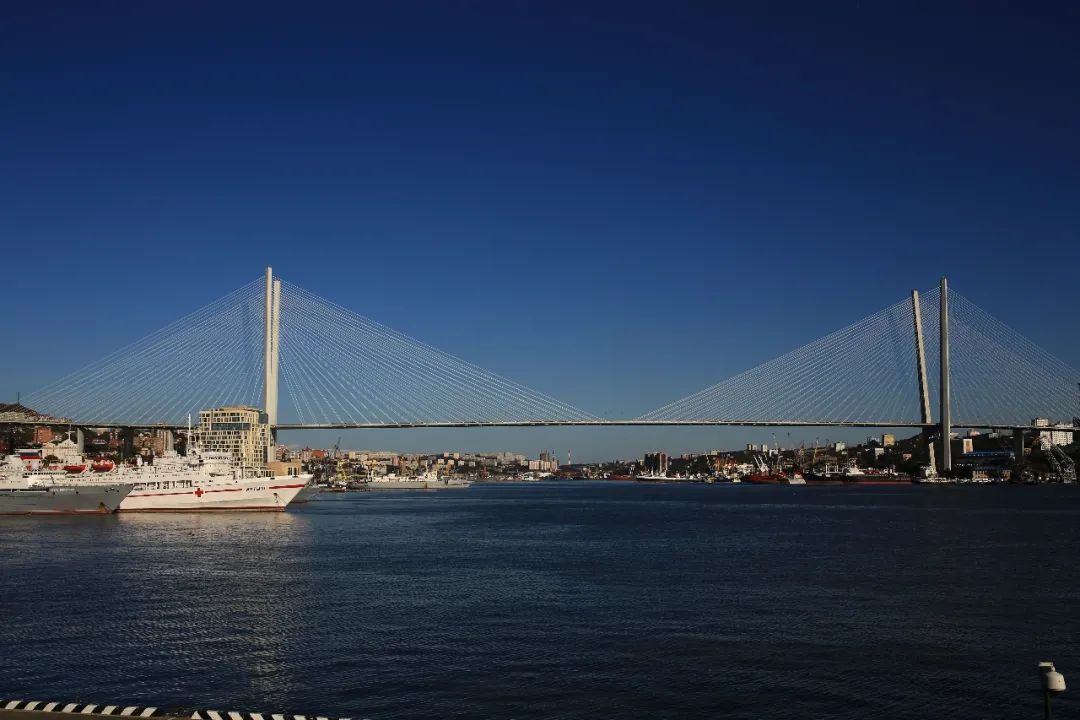
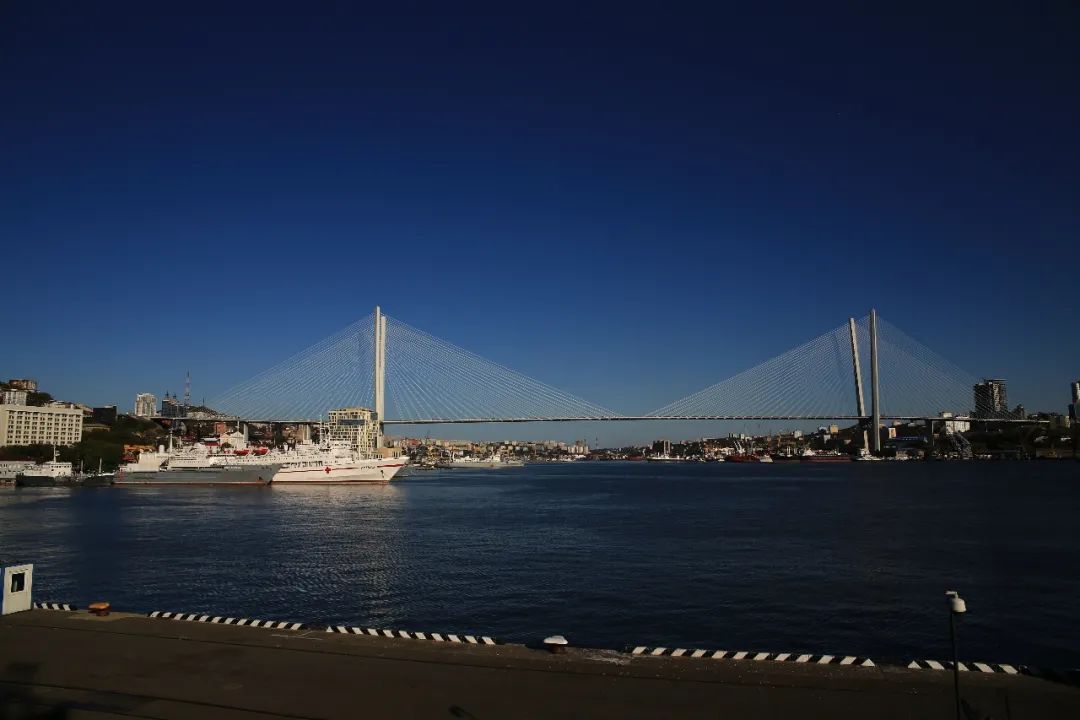
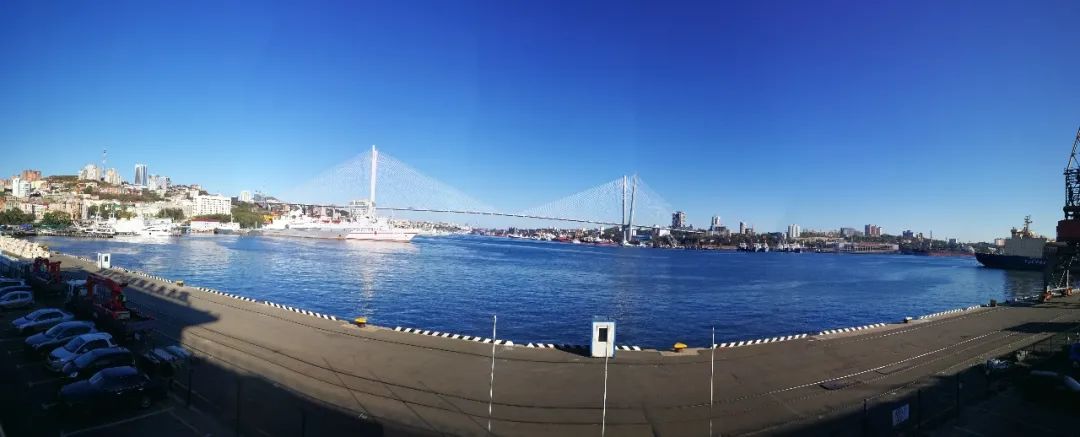

Time's up, leave the station.
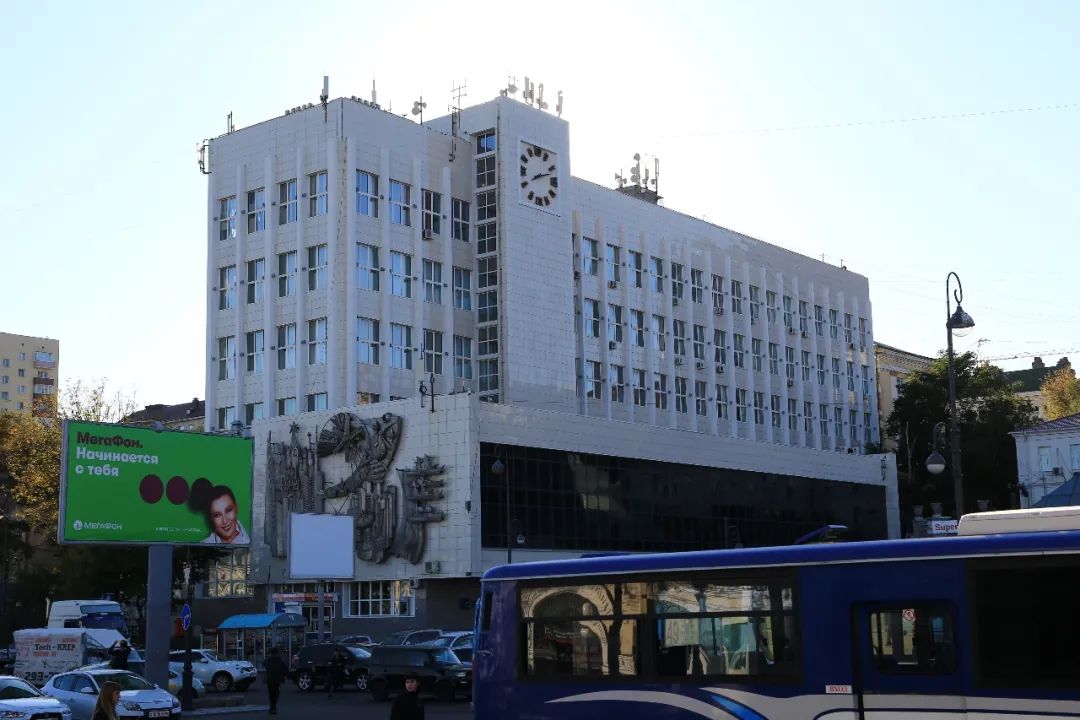
The post office opposite the station.
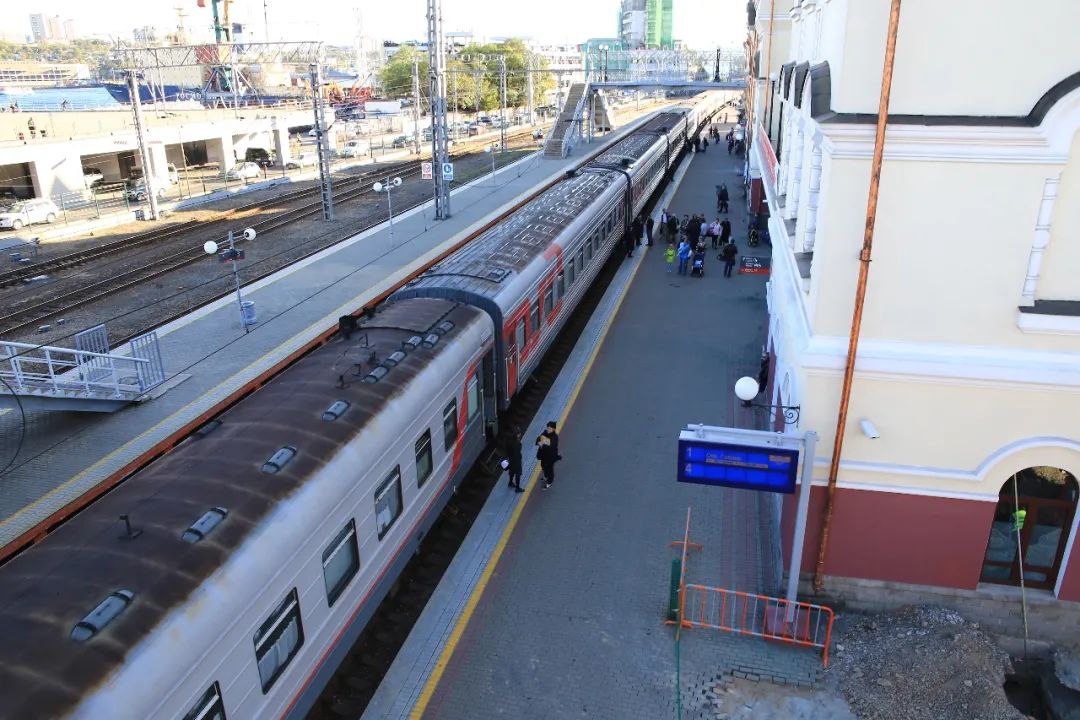
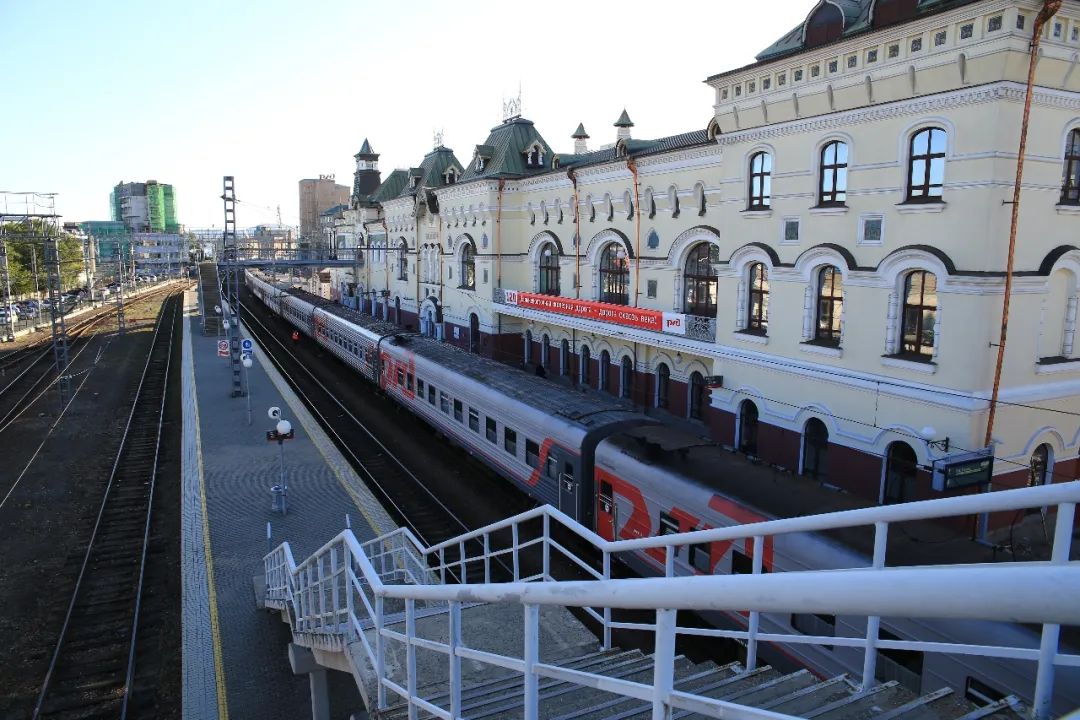
There happened to be a train coming into the station.
At the end of the day, we took the tour bus back to the hotel.

In the hotel lobby, I saw a cashier putting money into the cash machine.
For dinner, we went to a nearby small supermarket to buy some food. Although this is the north, in a coastal city, the temperature is not bad, not too hot or too cold.

Take a night view of the city from the hotel upstairs.
The center of the city we visited in the morning was on the seaside, while the place where we lived was further north.
